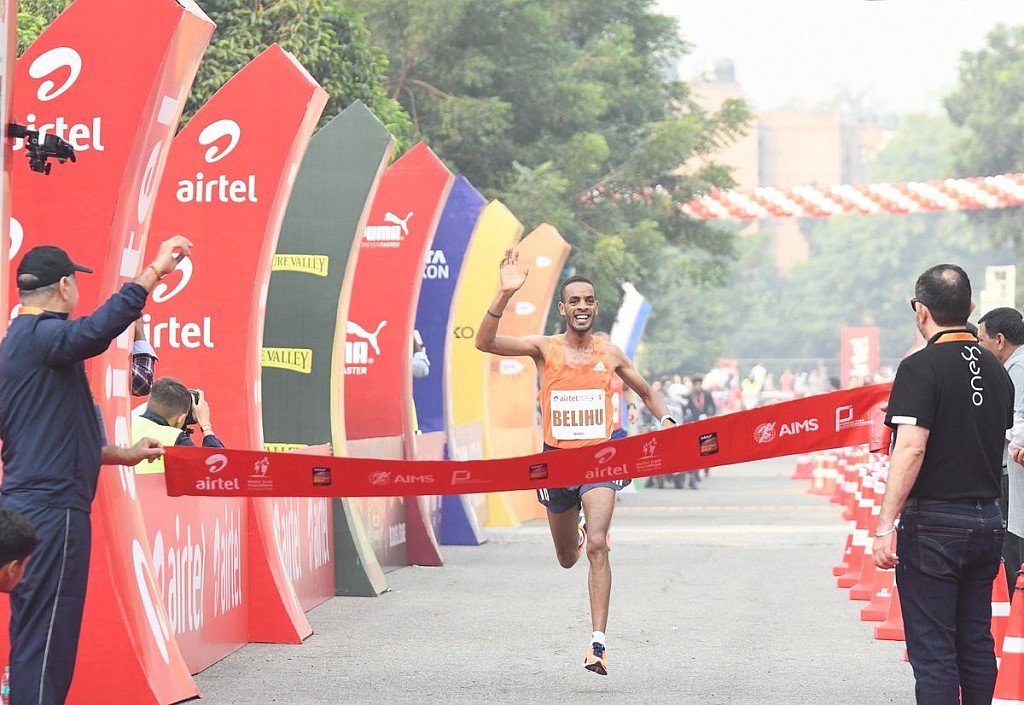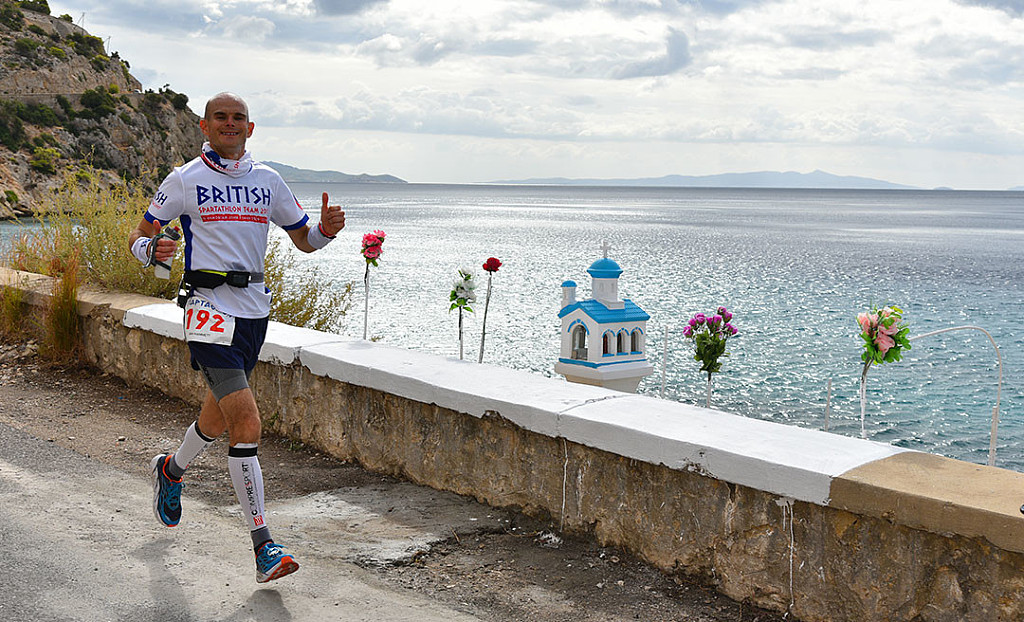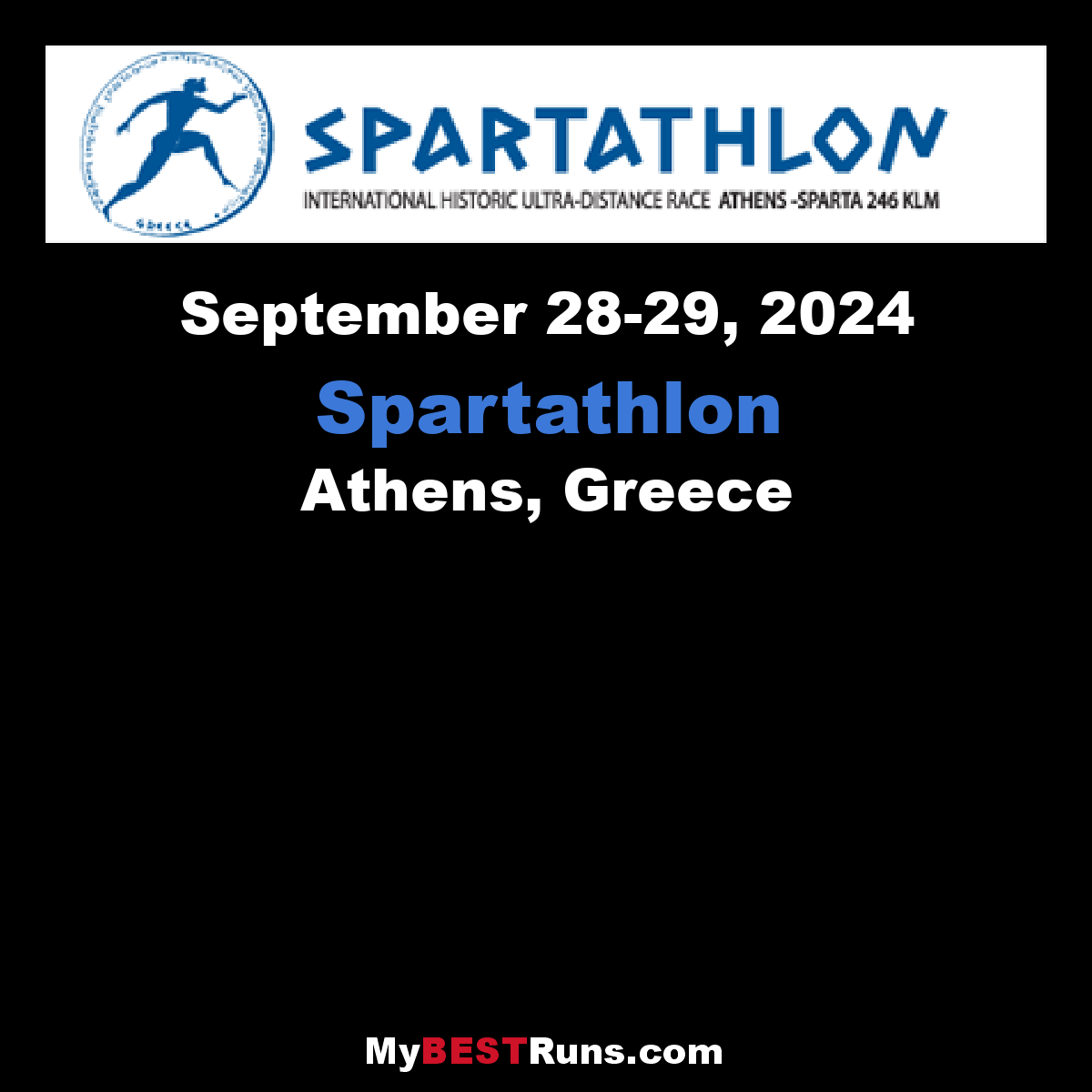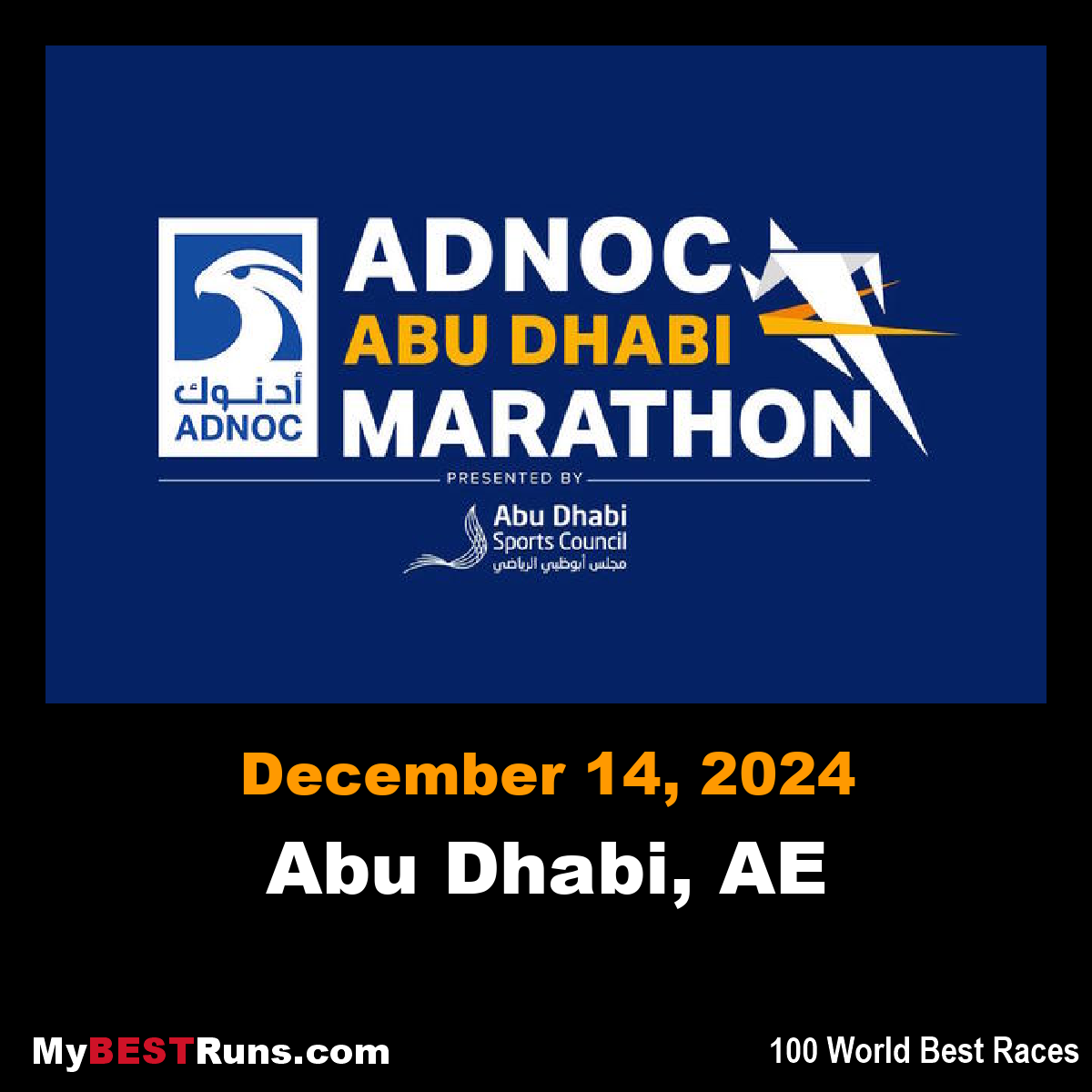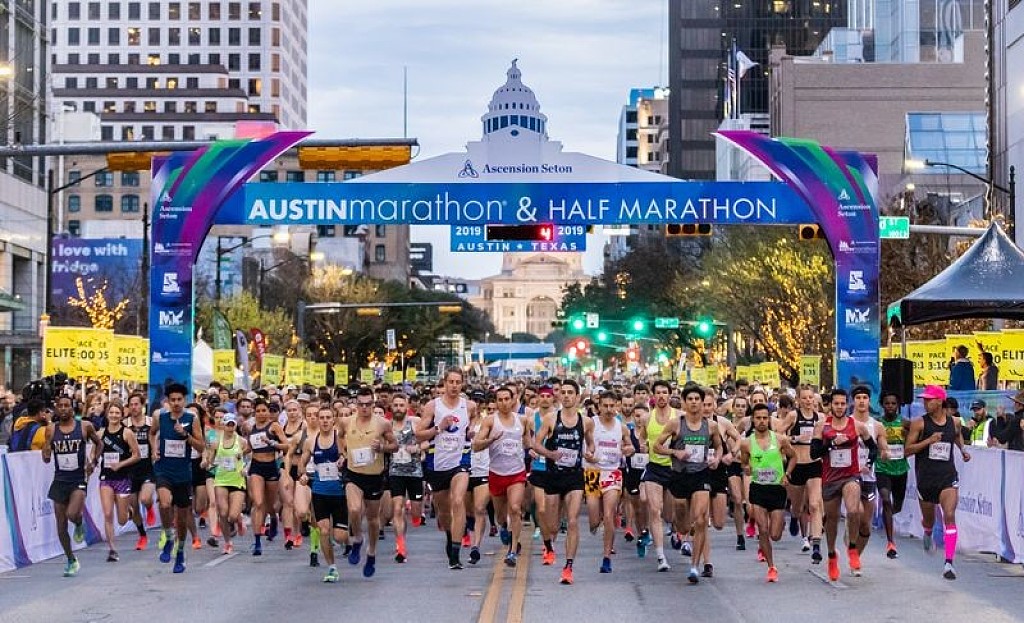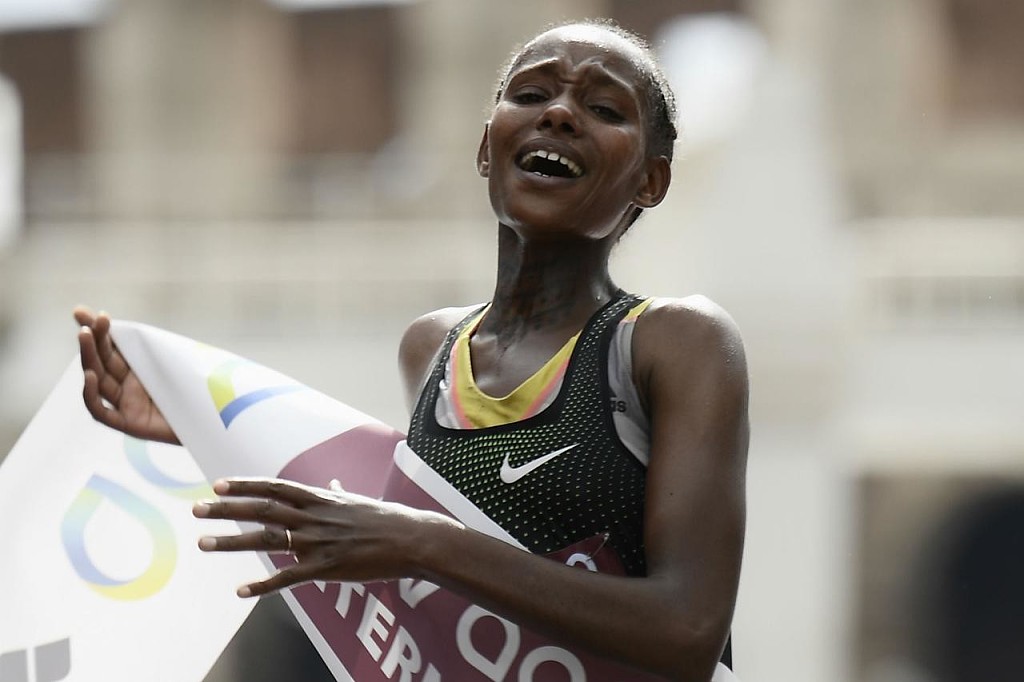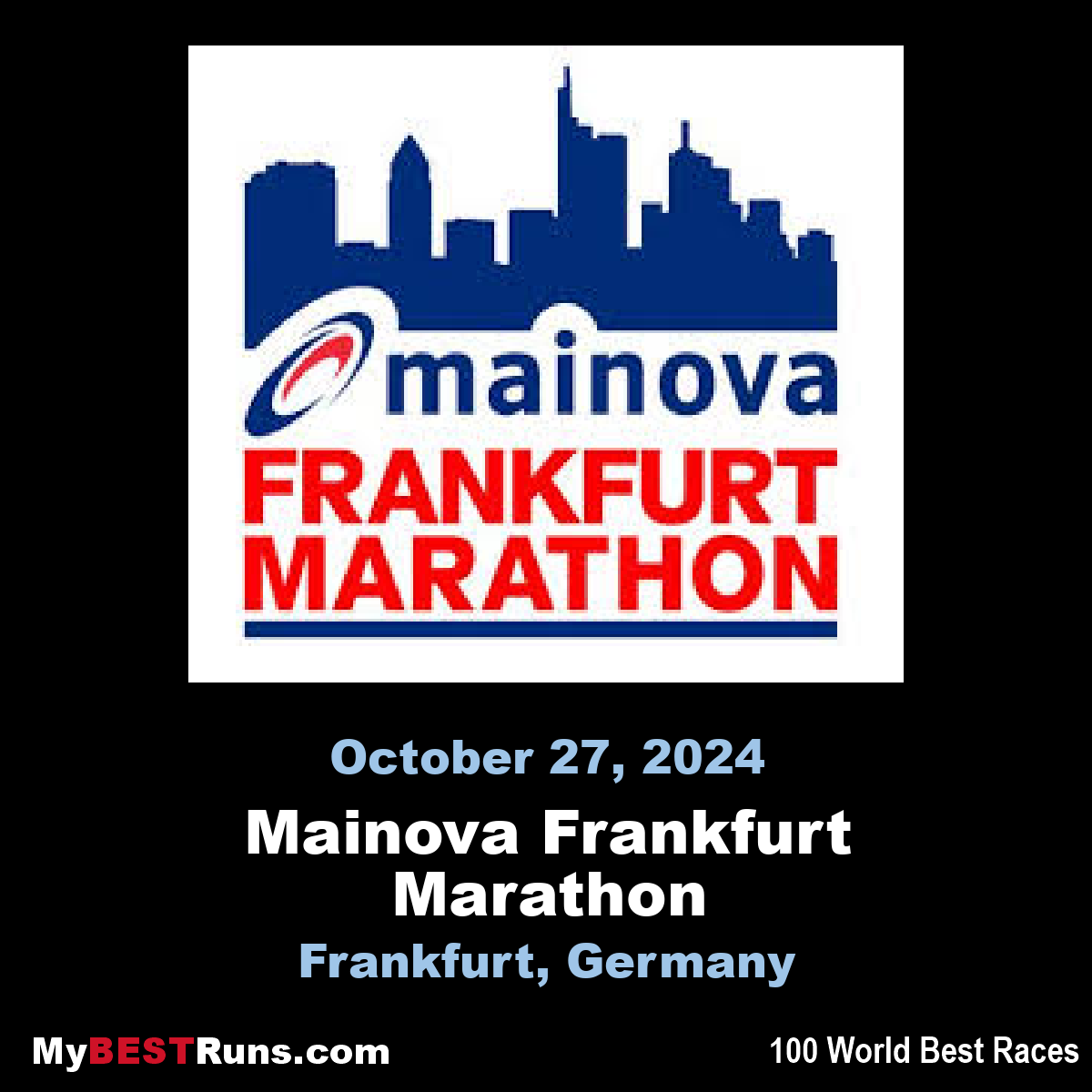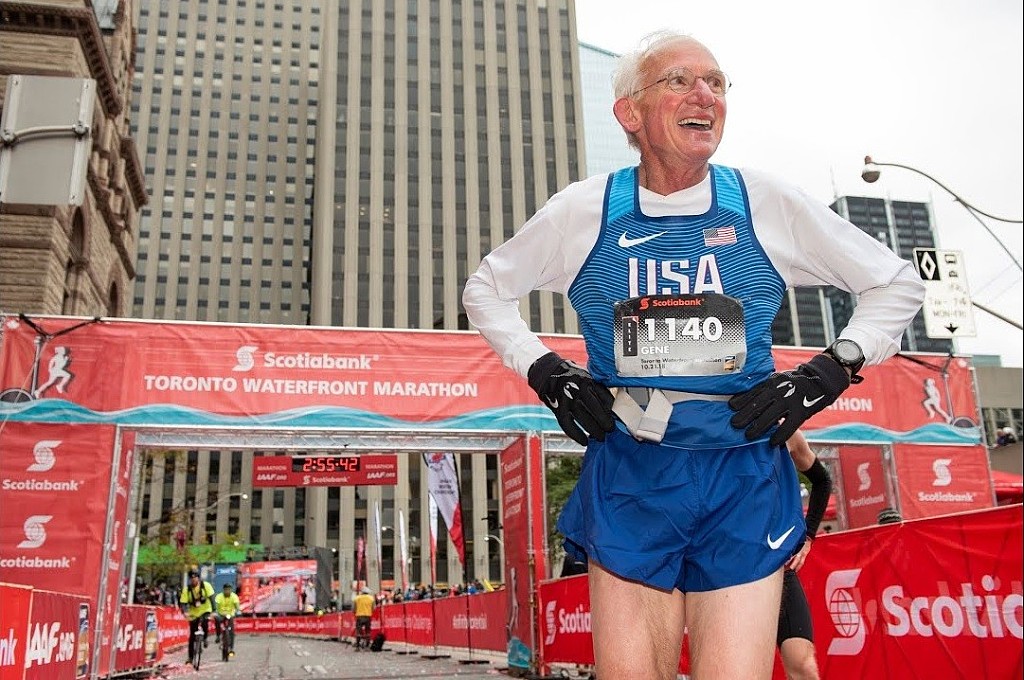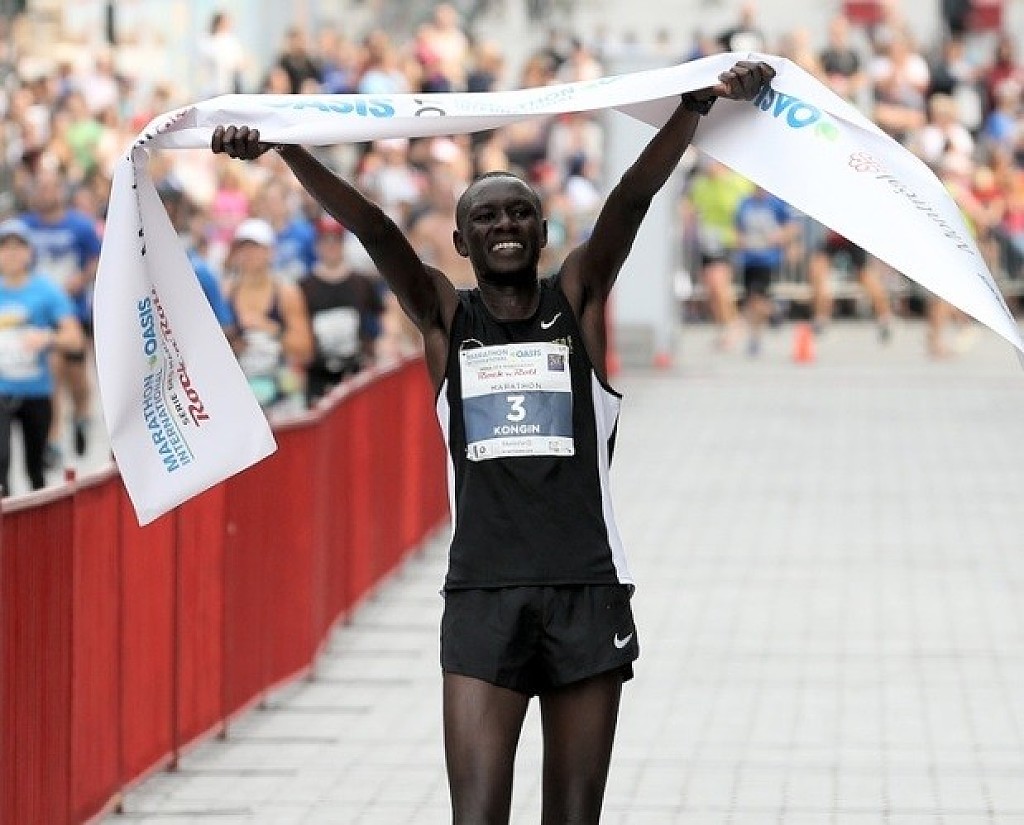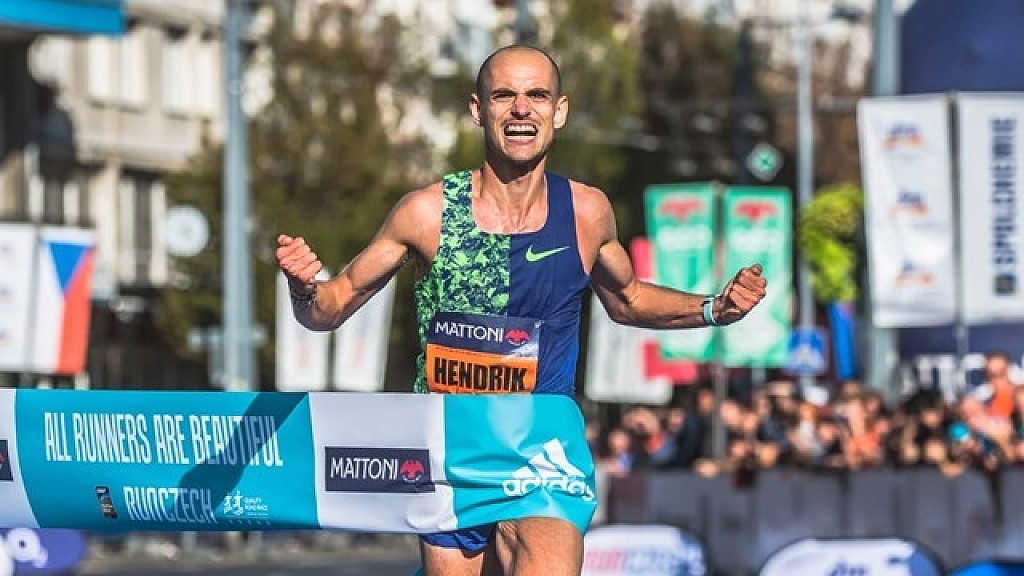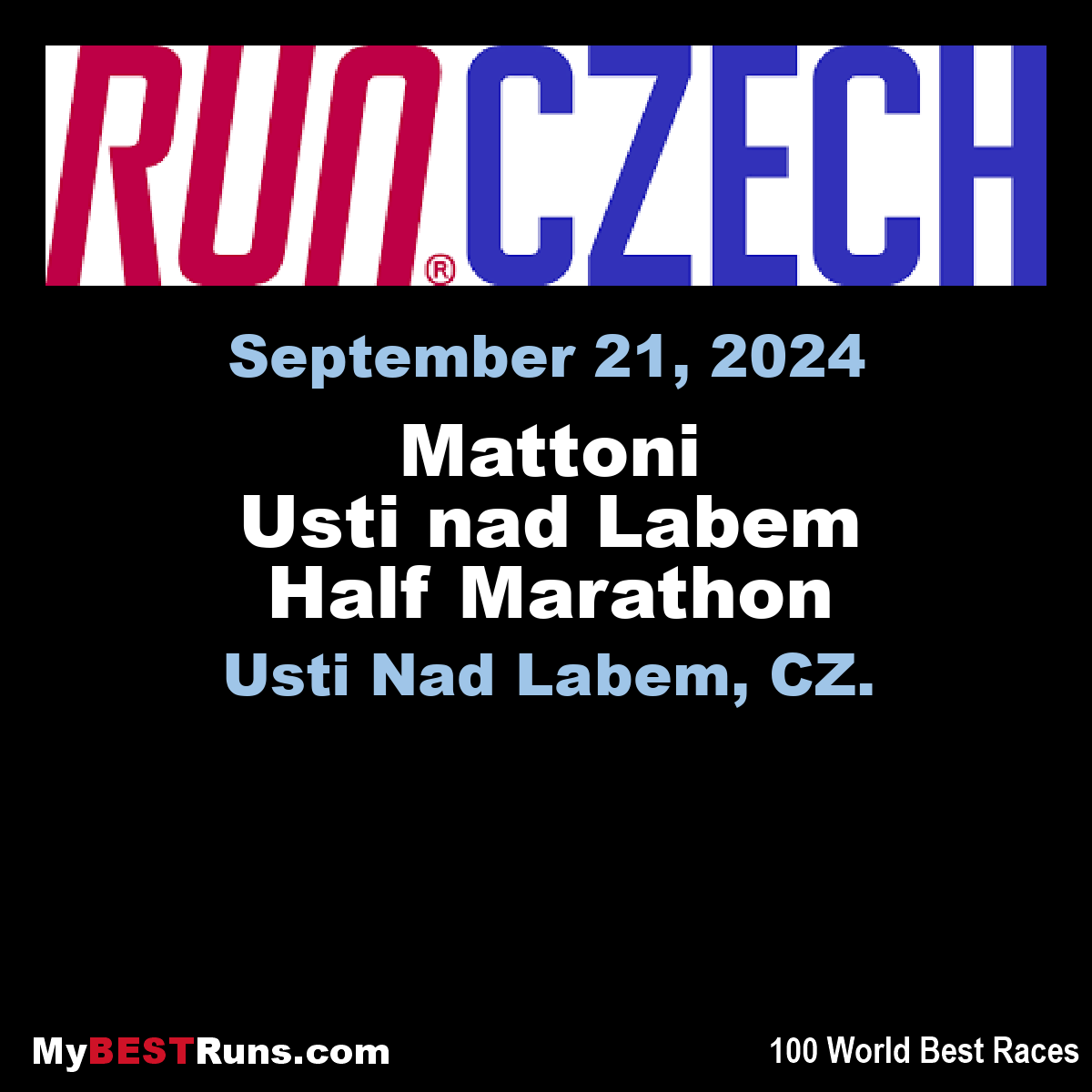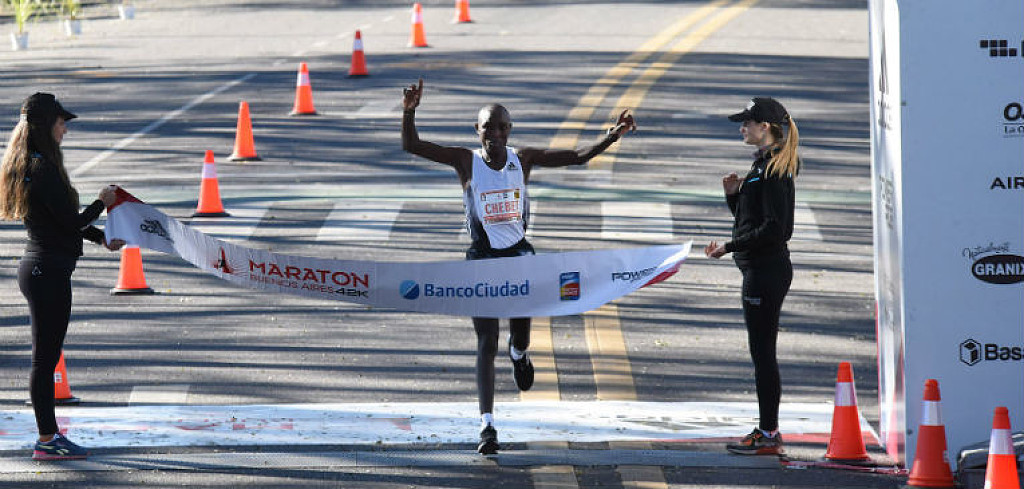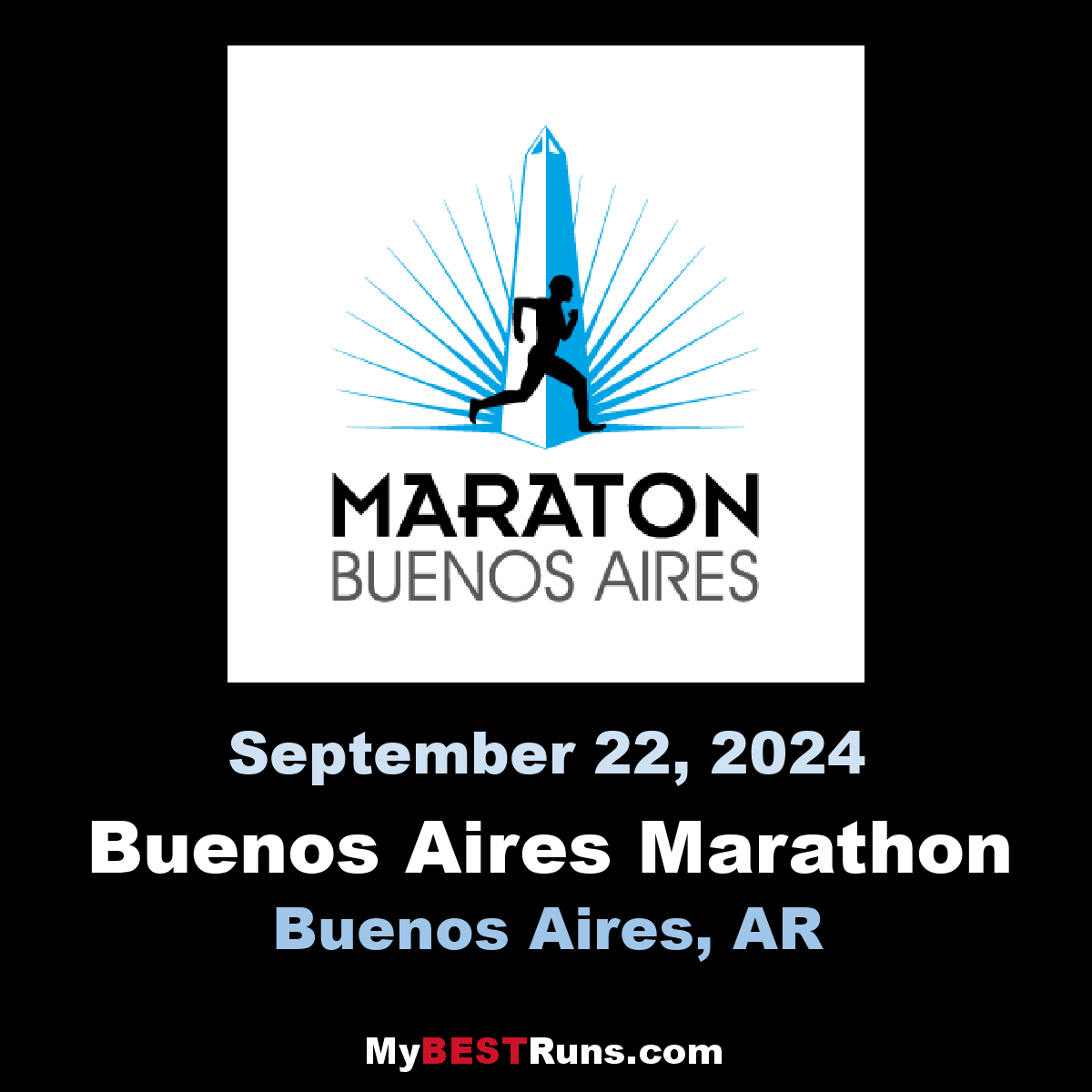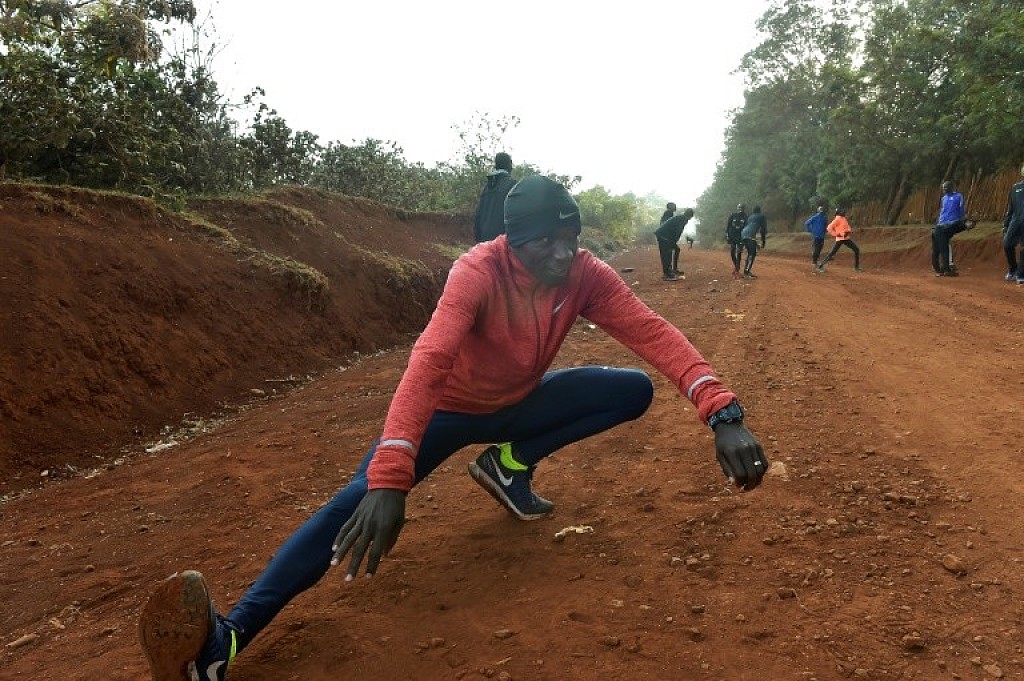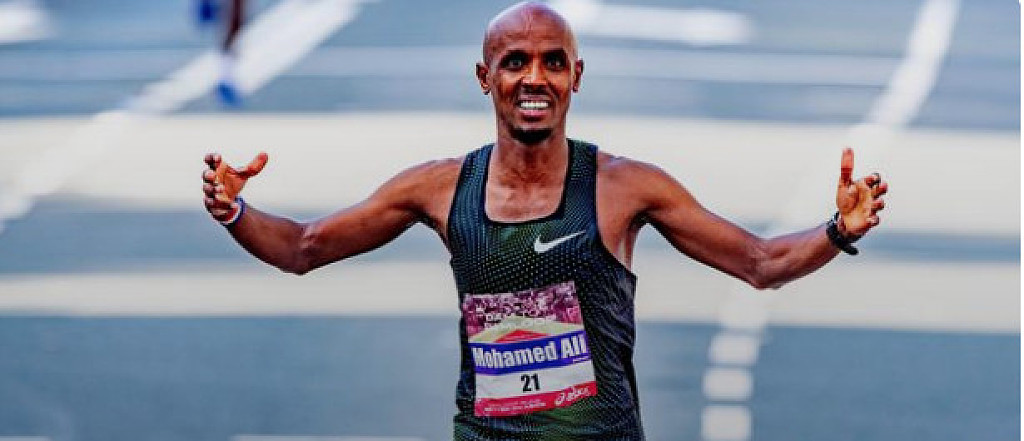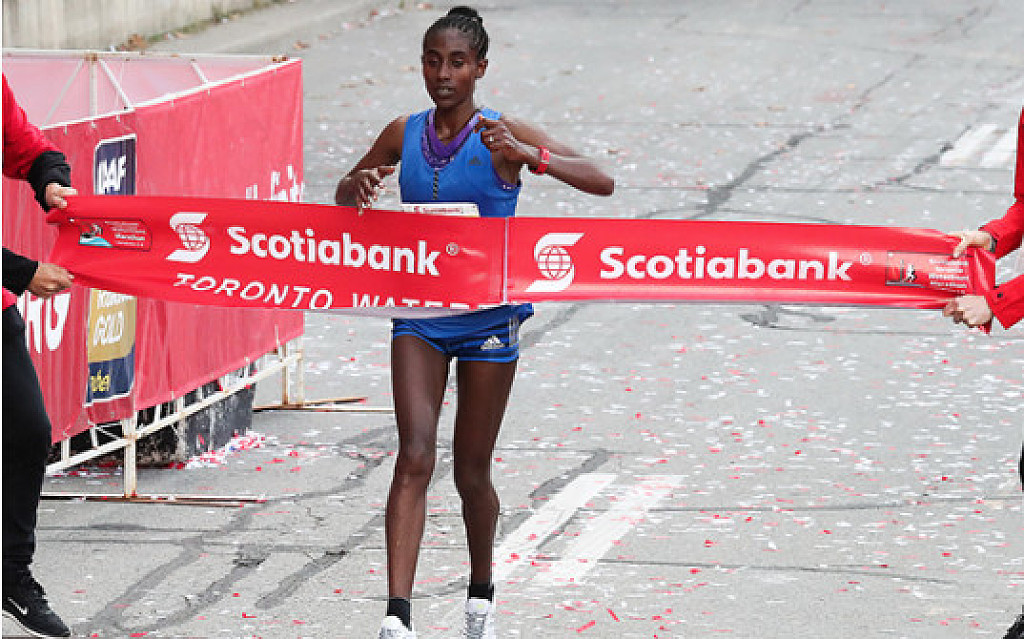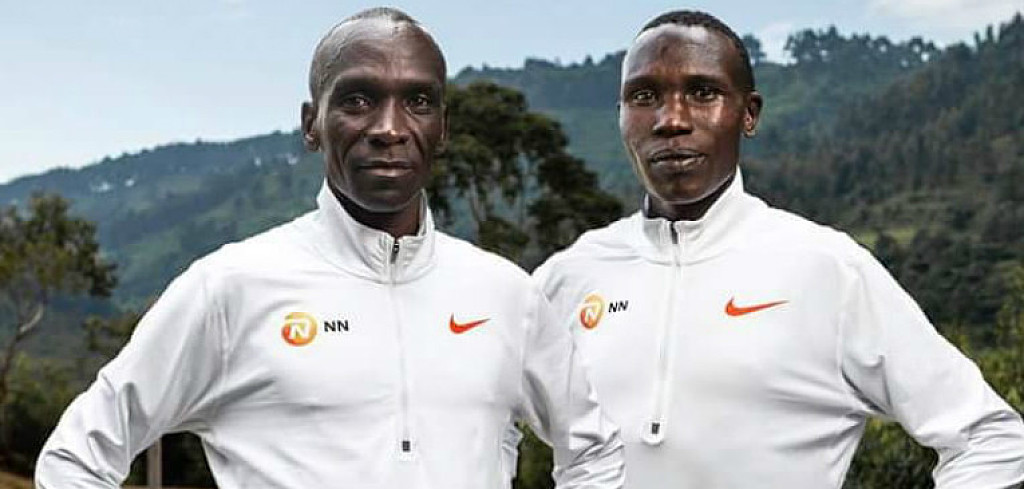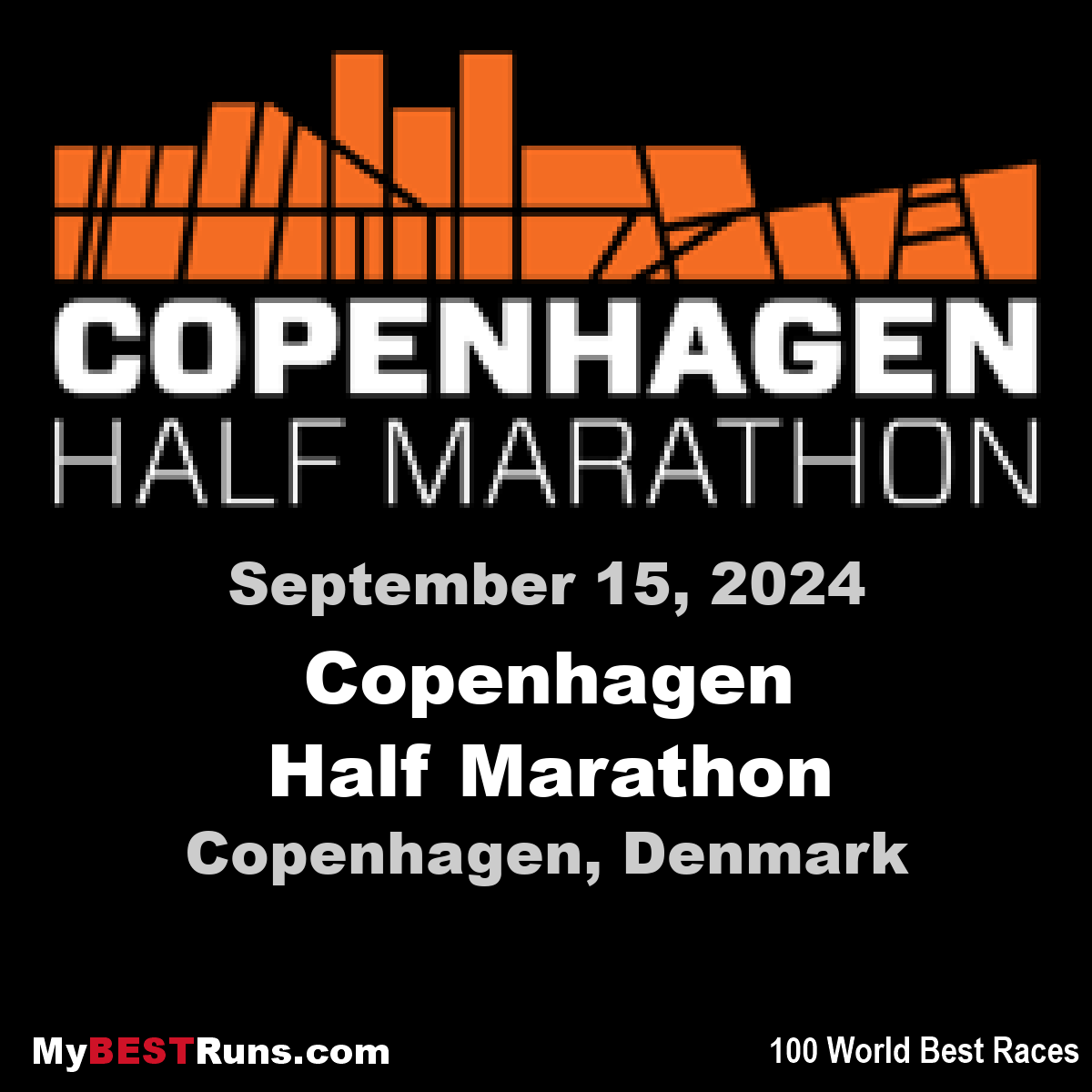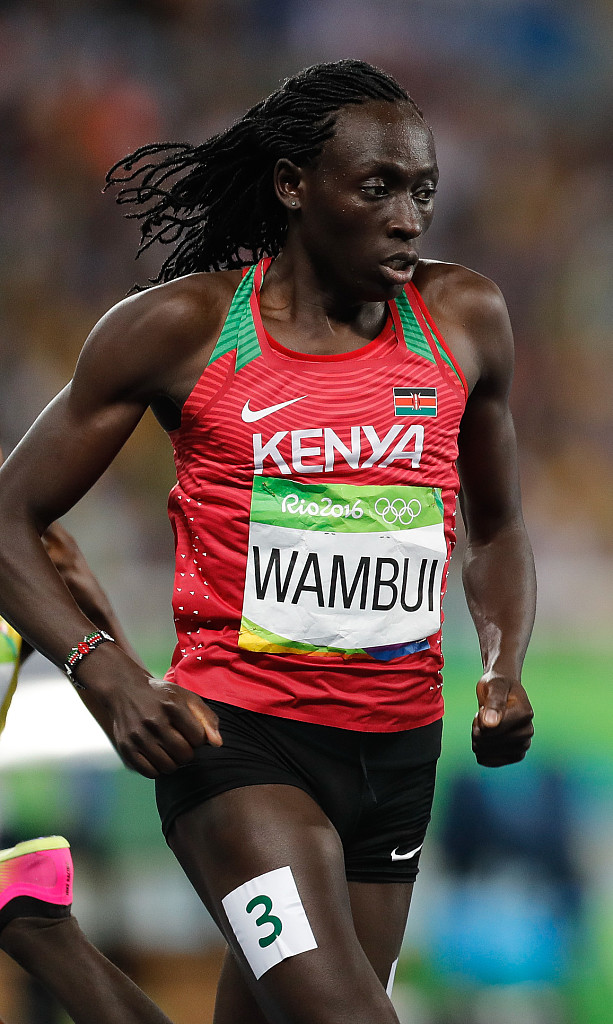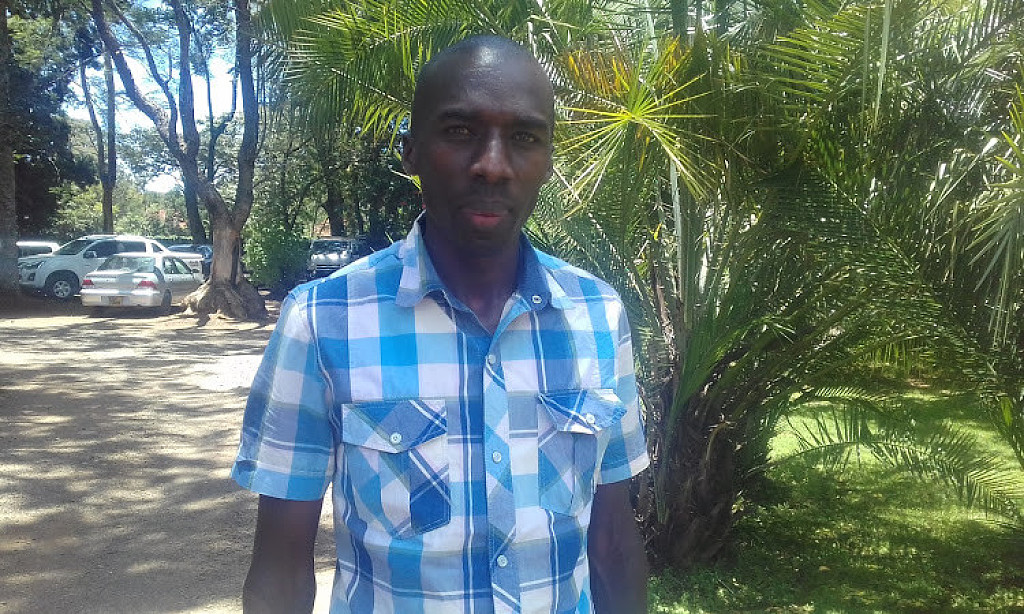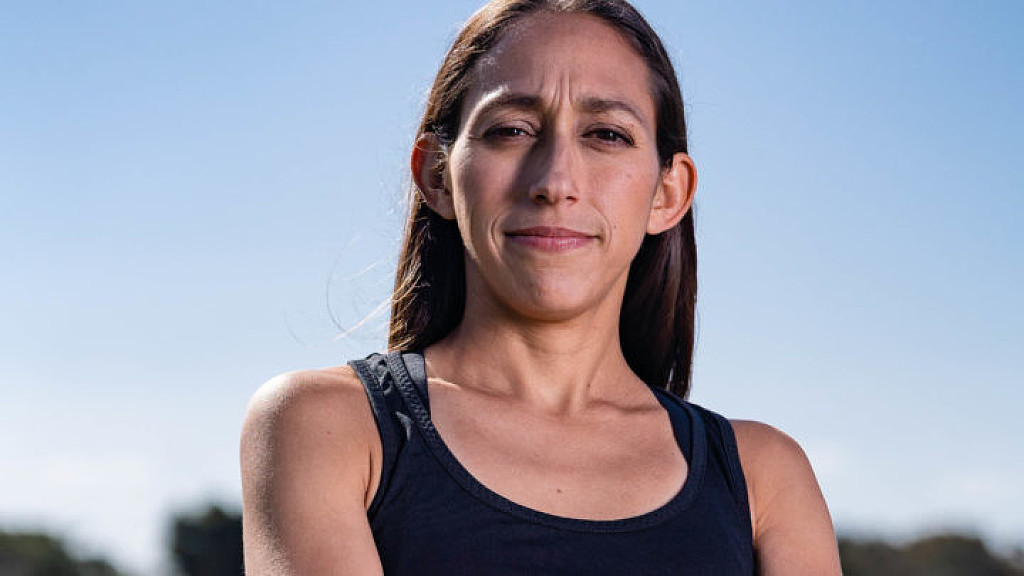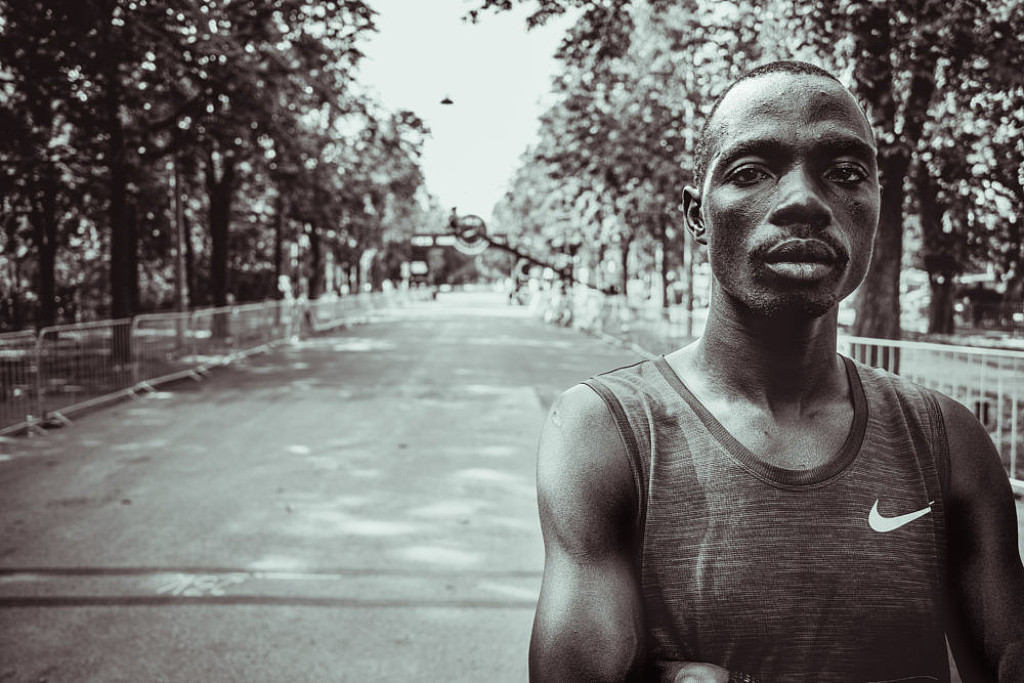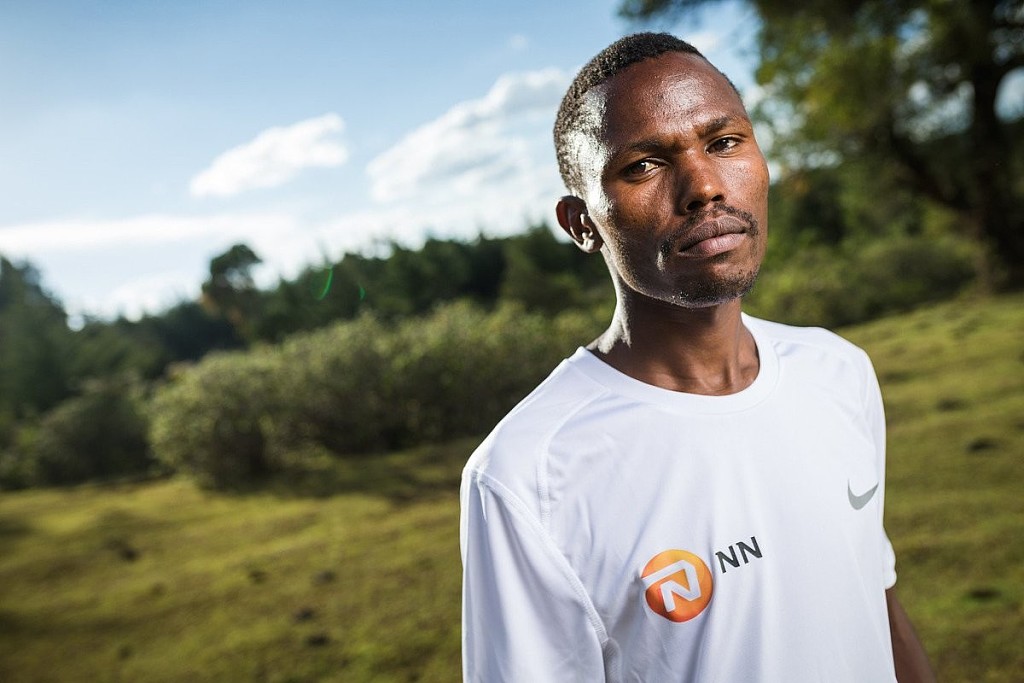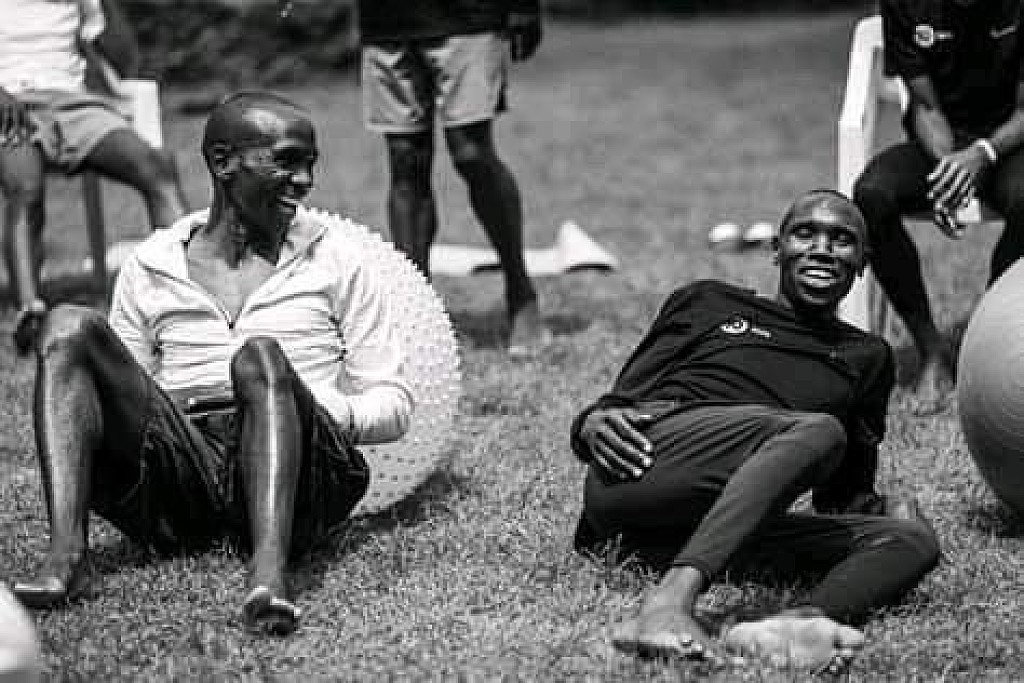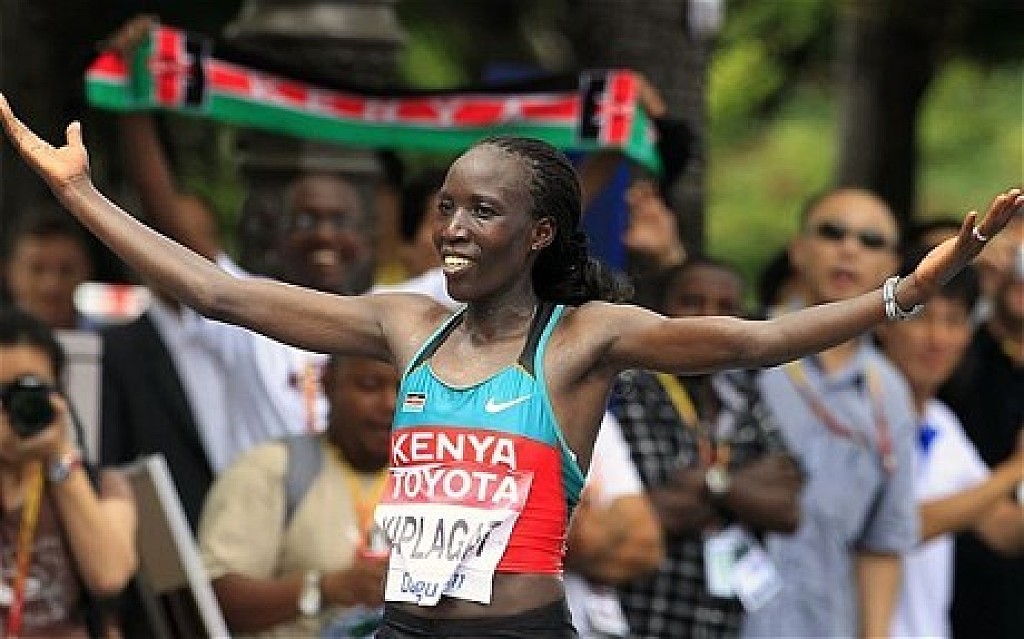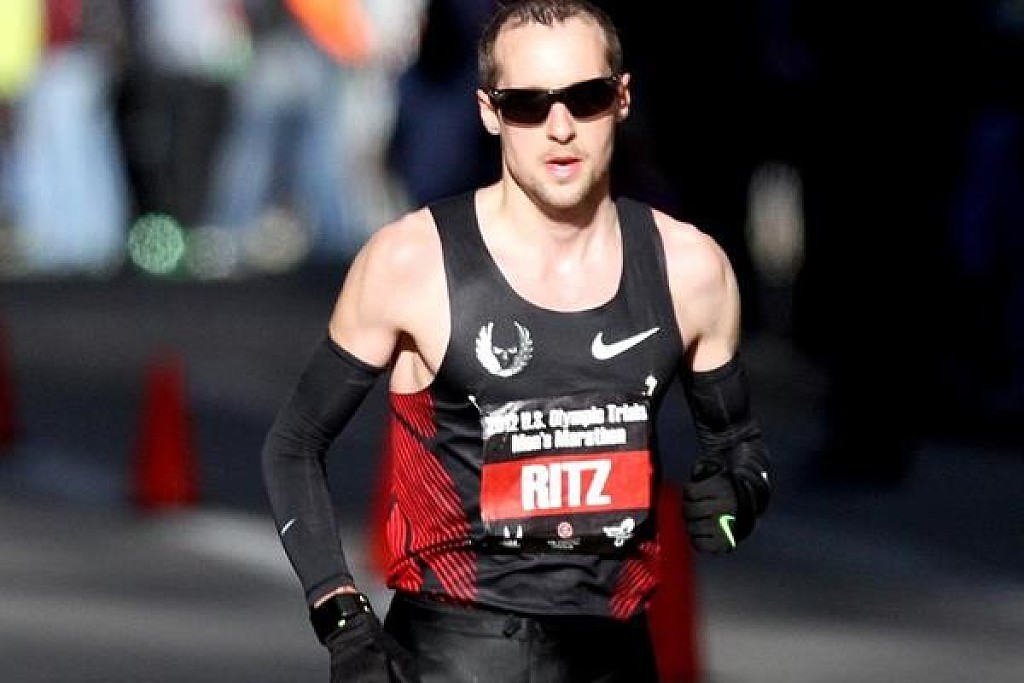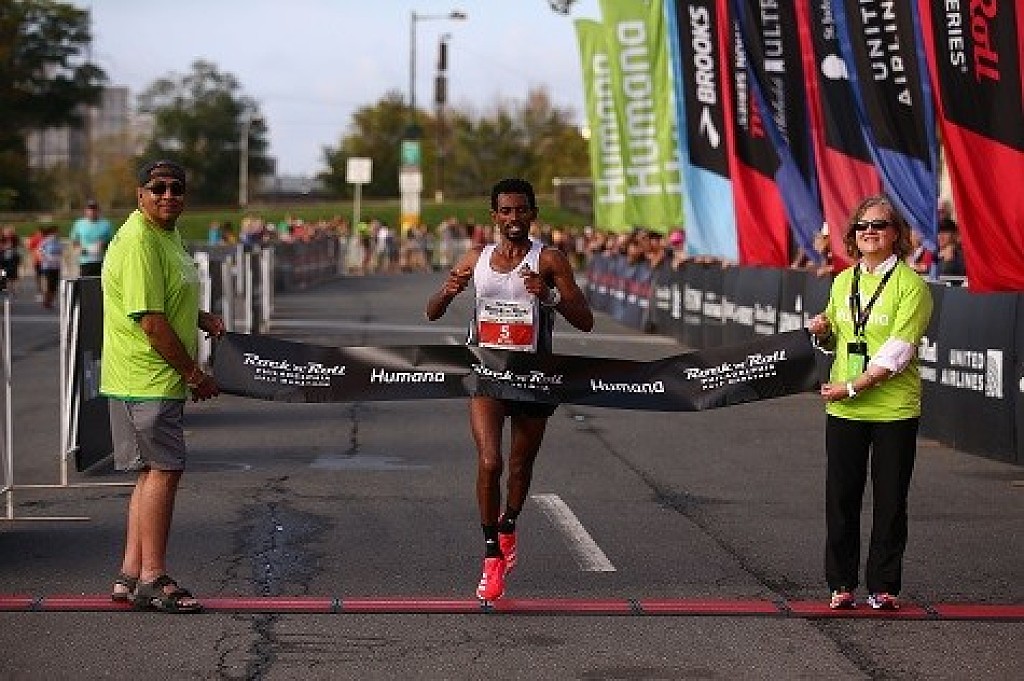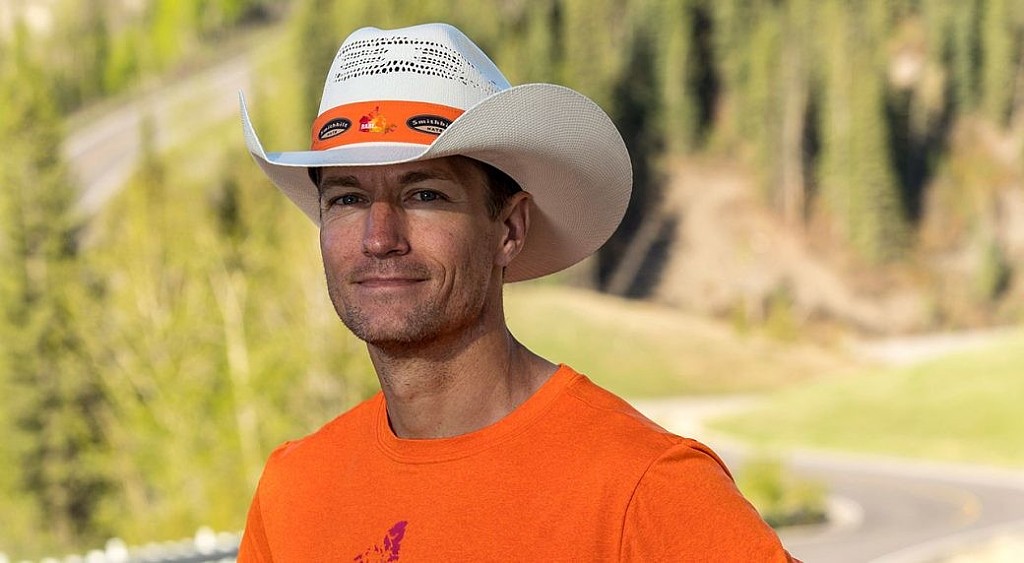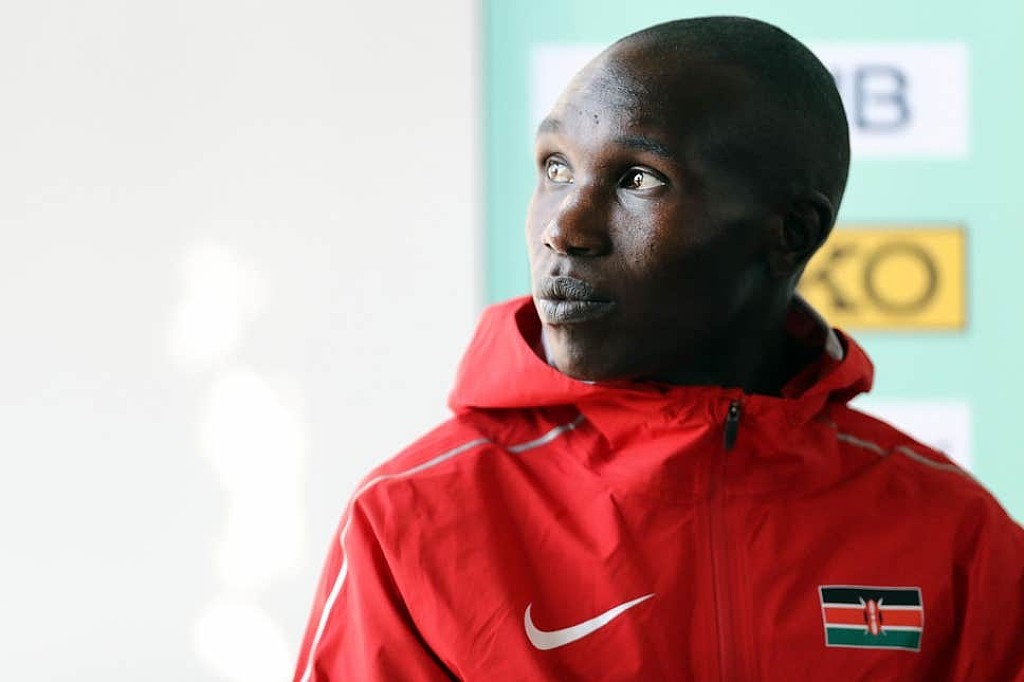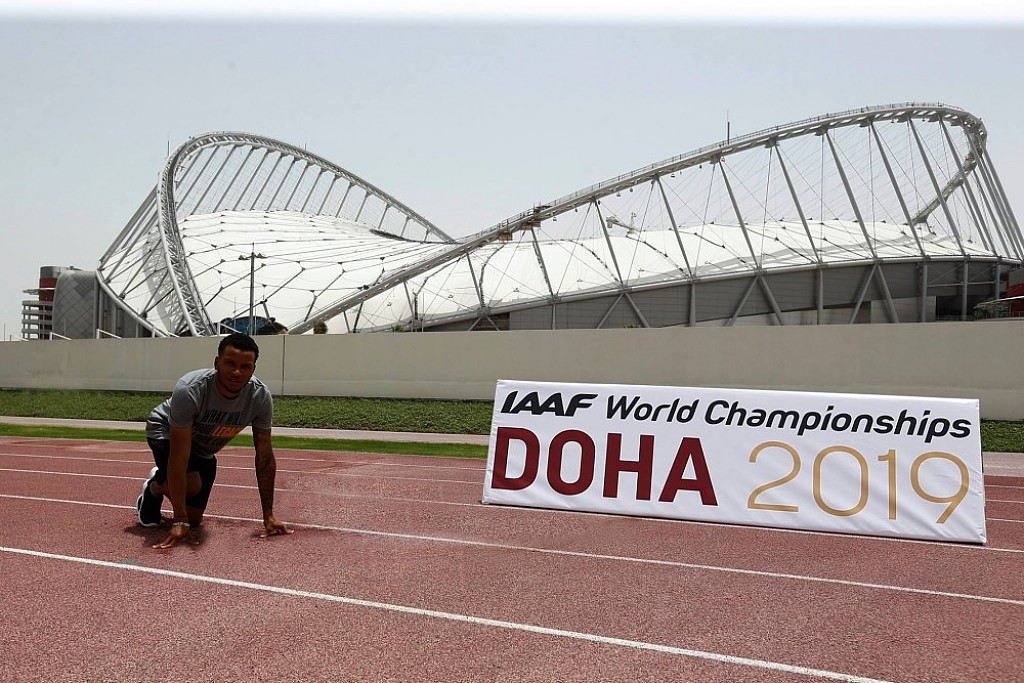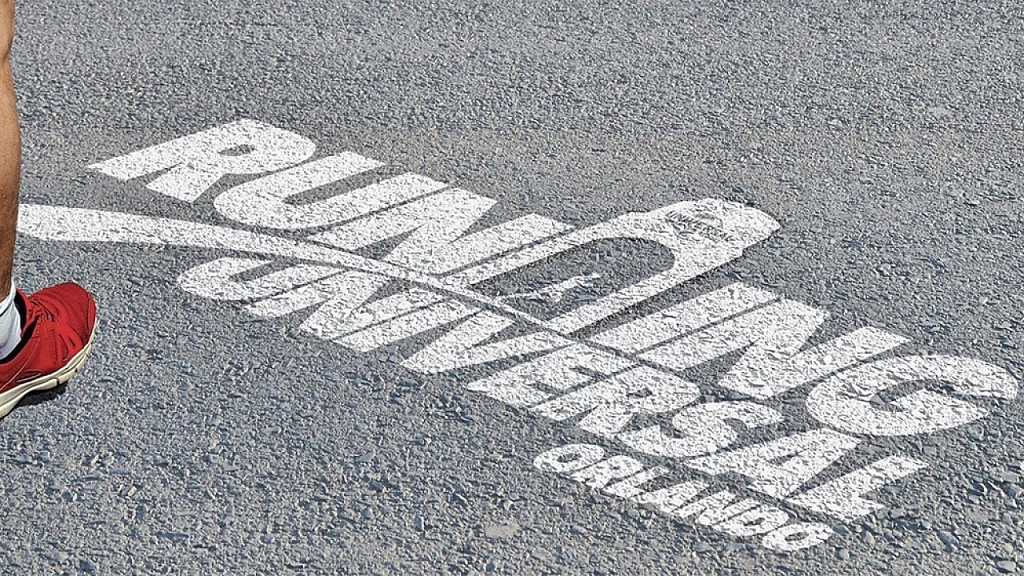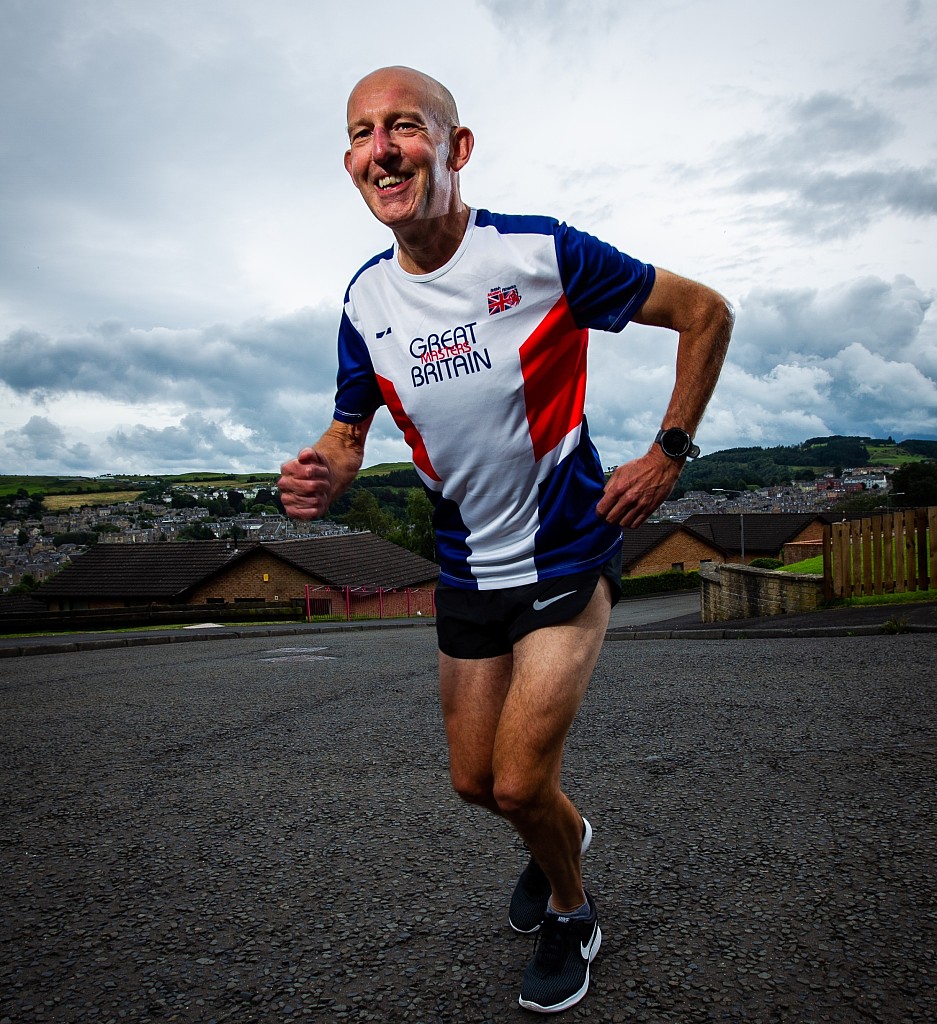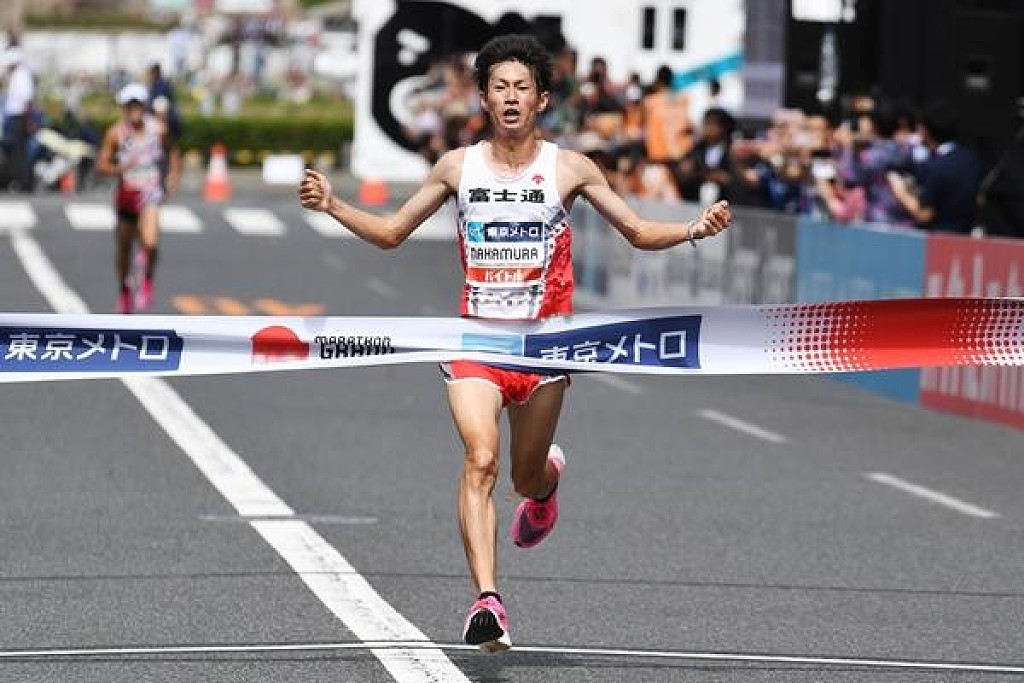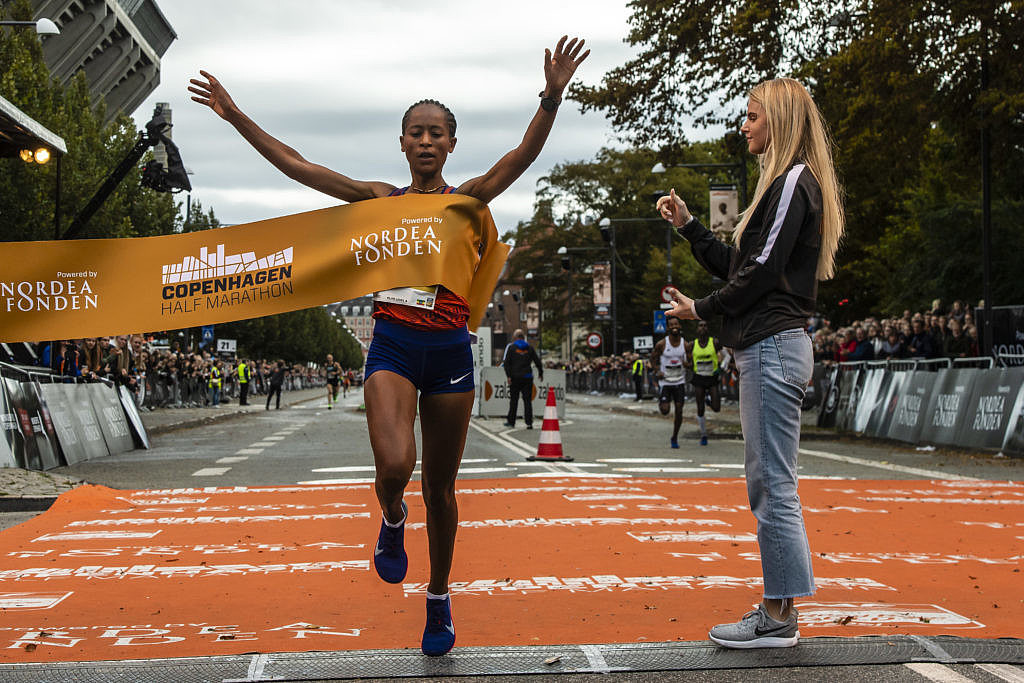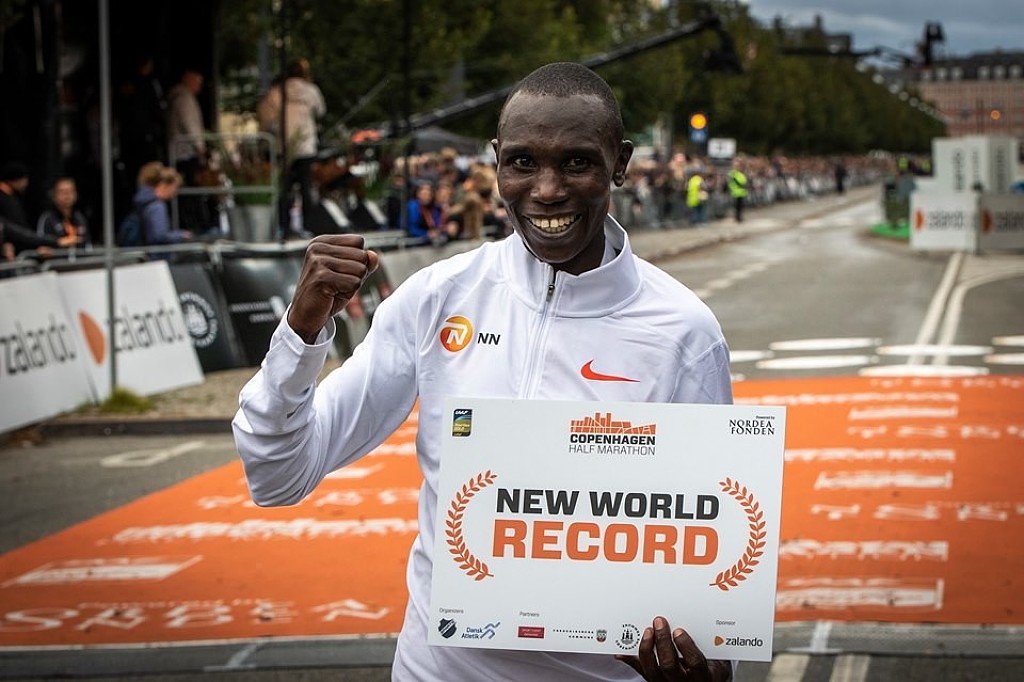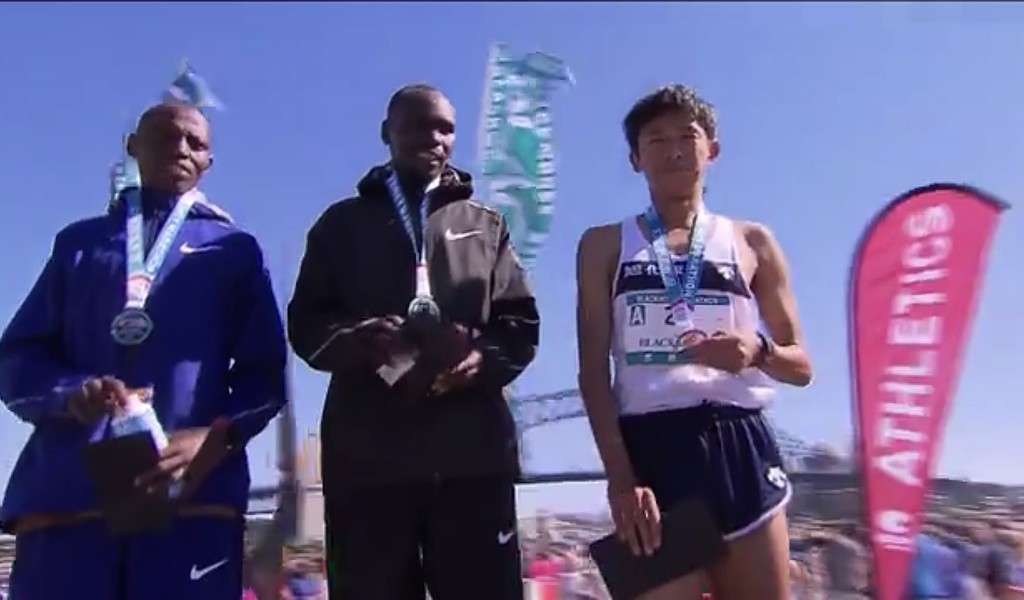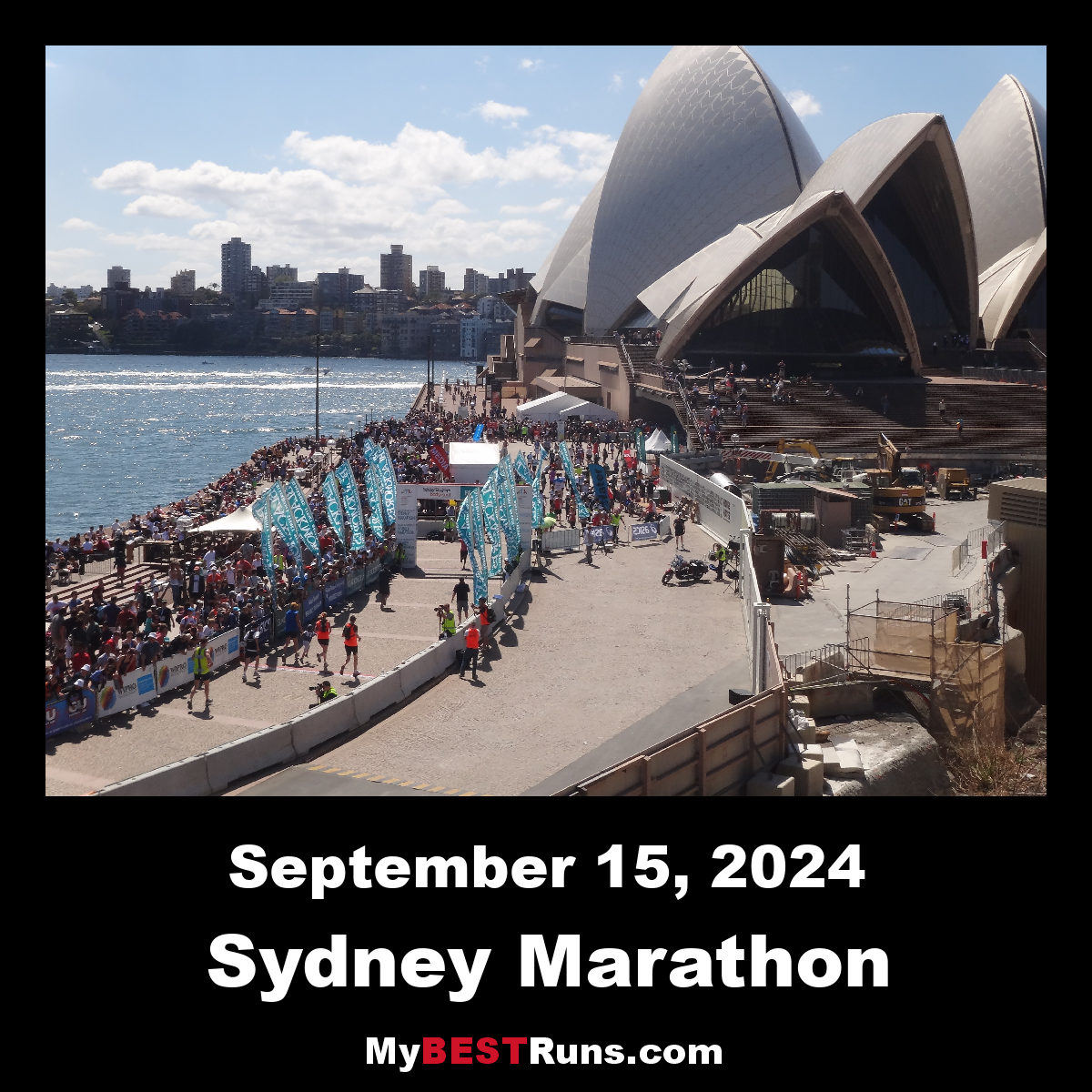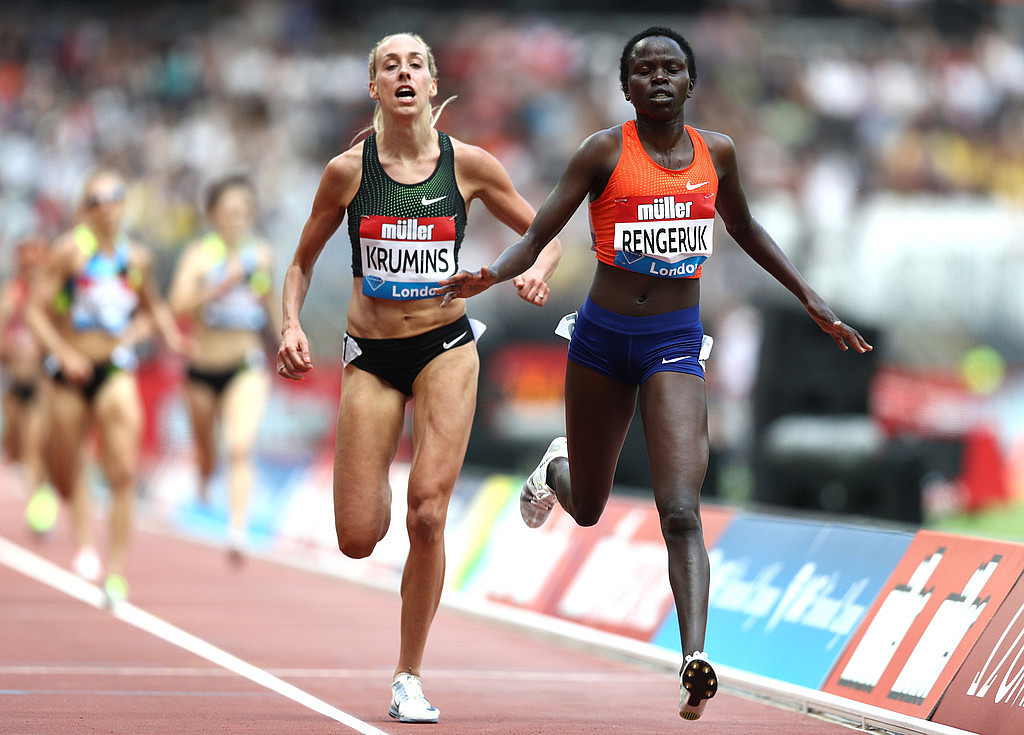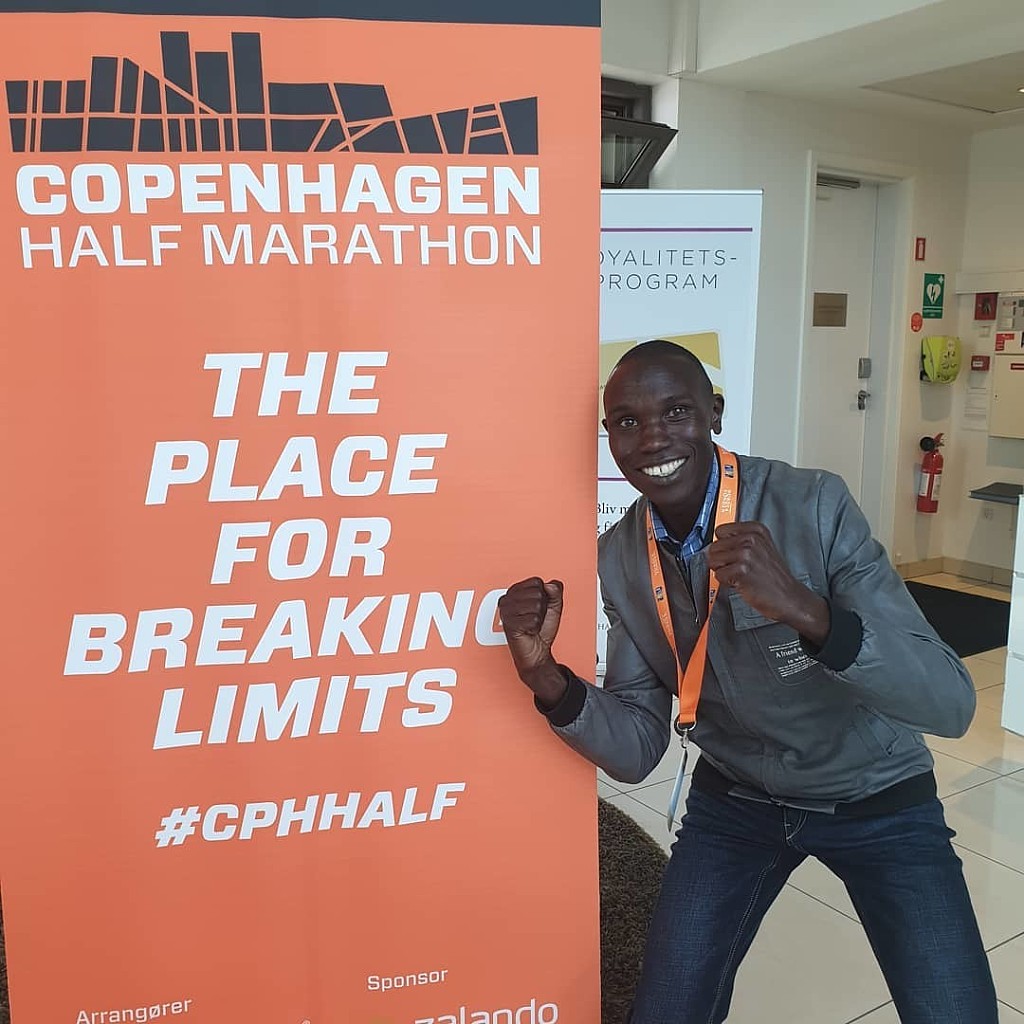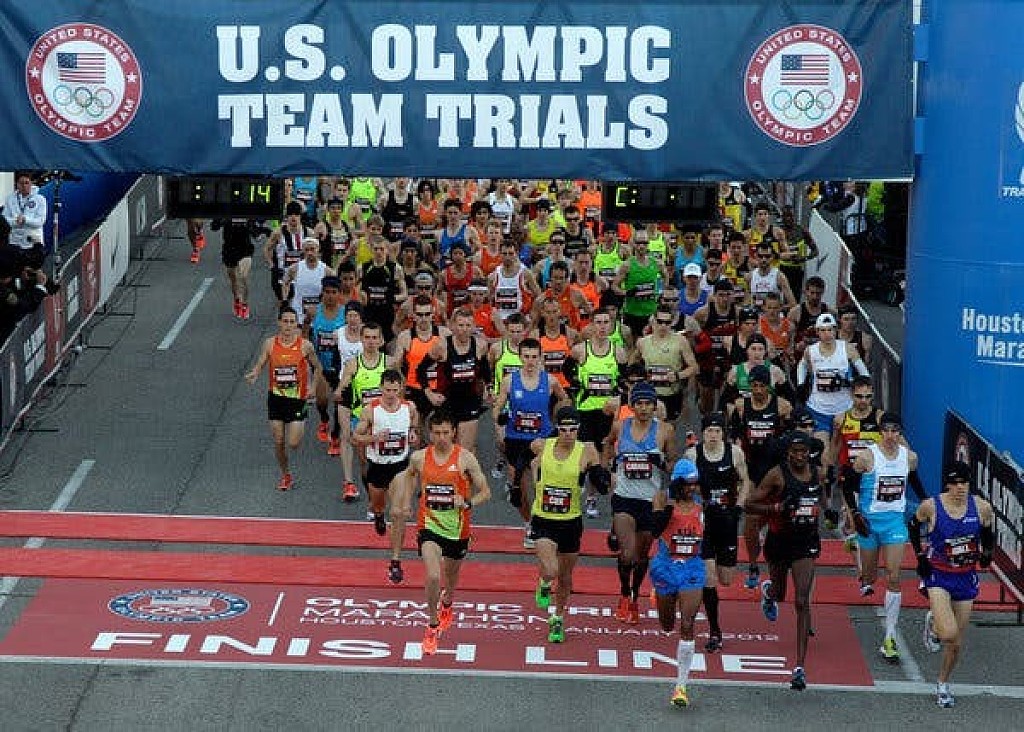Running News Daily
Running News Daily is edited by Bob Anderson in Mountain View, California USA and team in Thika Kenya, La Piedad Mexico, Bend Oregon, Chandler Arizona and Monforte da Beira Portugal. Send your news items to bob@mybestruns.com Advertising opportunities available. Over one million readers and growing. Train the Kenyan Way at KATA Running Retreat Kenya. (Kenyan Athletics Training Academy) in Thika Kenya. Opening in june 2024 KATA Running retreat Portugal. Learn more about Bob Anderson, MBR publisher and KATA director/owner, take a look at A Long Run the movie covering Bob's 50 race challenge.
Index to Daily Posts · Sign Up For Updates · Run The World Feed
Ethiopia's Andamlak Belihu and Tsehay Gemechu are ready to defend their men´s and women´s Airtel Delhi Half Marathon titles
Ethiopia's Andamlak Belihu and Tsehay Gemechu will return to defend their men's and women's titles respectively in the 15th edition of the Airtel Delhi Half Marathon on October 20.
Belihu won men's half marathon title of this prestigious IAAF Gold Label Road Race last year in 59:18, just missing out on the course record of 59:06 which remained since 2014 in the name of compatriot Guye Adola.
"Immediately after last year's race I said that I was going to come back to Delhi in 2019 as I had unfinished business with the course record and I am keeping my promise," commented Belihu, who will still be just 20 on race day.
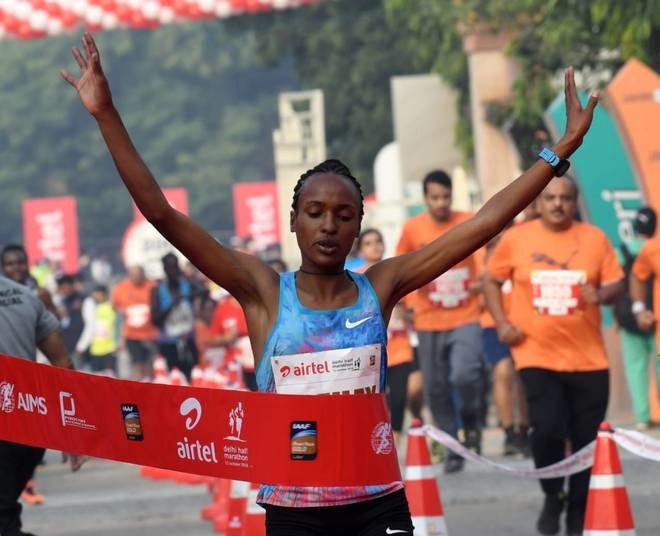
He returned to India in May earlier this year to also win the TCS World 10K title in Bengaluru, another IAAF Gold Label Road Race promoted by Procam International.
Last year, Belihu had to work hard to hold off his fellow Ethiopian Amdework Walelegn to win by four seconds. Walelegn will also return with the ambition of going one better in this year's race.
No less than eight men in the ADHM 2019 elite field have run under the world class benchmark of one hour but much of the attention will be on a man who has yet to run the distance, Hagos Gebrhiwet.
Gebrhiwet had planned to make his half marathon debut in Delhi last year but a late bout of illness curtailed his training. However, he will stand on the start line this year. He won a bronze in Rio Olympics 5000m race.
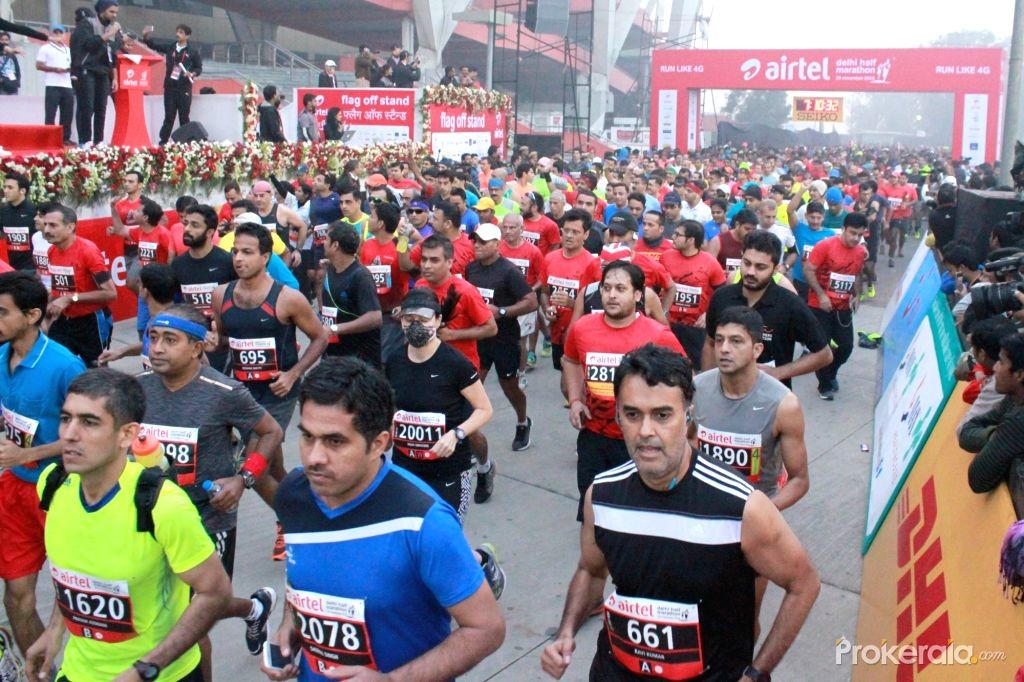
The fastest man in Delhi this year will be Erick Kiptanui. The Kenyan notched up two impressive half marathon victories in 2018 when winning at high-quality Lisbon and Berlin races, coming home in the German capital in a personal best 58:42, and he is currently equal seventh on the world all-time list.
Kiptanui has been concentrating mainly on the track but had a solid win at the Barcelona Half Marathon earlier in the year.
In the women's elite section last year, Gemechu made a huge impact in her debut over the distance when she set an ADHM women's course record of 66:50 and in 2019 she has shown it was no fluke with a string of sparkling performances both on the roads and the track, including taking the African Games 10,000m title.
The third and fourth-placed women from the ADHM 2018 also return with Ethiopia's Zeineba Yimer and Kenya's Stacy Ndiwa coming back to do battle.
The fastest woman in the ADHM 2019 elite field will be Caroline Kipkirui. The Kenyan-born runner, who now competes under the Kazakhstan flag, set a personal best of 65:07 in the 2018 Ras Al Khaimah Half Marathon.
(09/25/2019) ⚡AMPVedanta Delhi Half Marathon
The Airtel Delhi Half Marathon is a haven for runners, creating an experience, that our citizens had never envisaged. The streets of Delhi converted to a world-class running track. Clean, sanitized road for 21.09 kms, exhaustive medical support system on the route, timing chip for runners, qualified personnel to ensure smooth conduct of the event across departments. The race...
more...Ian Hammett has been training in the environmental chamber to get ready for Spartathlon, a 153 mile race from Athens to Sparta in Greece in unforgiving temperatures
The University of Bedfordshire has turned up the heat within its environmental chamber to help an athlete train for a grueling 153 mile race in Greece’s unforgiving temperatures.
Ian Hammett from Bedfordshire is due to take part in the Spartathlon on 27 and 28 September, a 153 mile race from Athens to Sparta in Greece, a distance that athletes must cover in 36 hours.
To help prepare for the conditions he will face during the race, Ian has been training in the environmental chamber at the University’s Human Performance Center at the Bedford campus on Polhill Avenue.
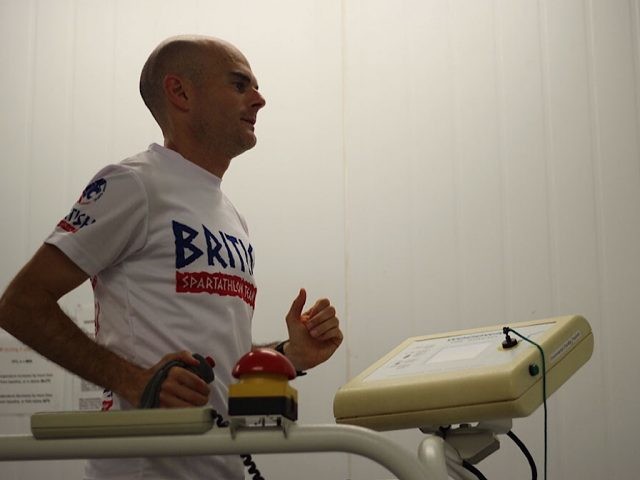
“Using the Human Performance center supervised by Dr Jeff Aldous and his team has been the best possible way to acclimate to the likely weather conditions that I will face in Greece,” said Ian, who represents the British Spartathlon Team.
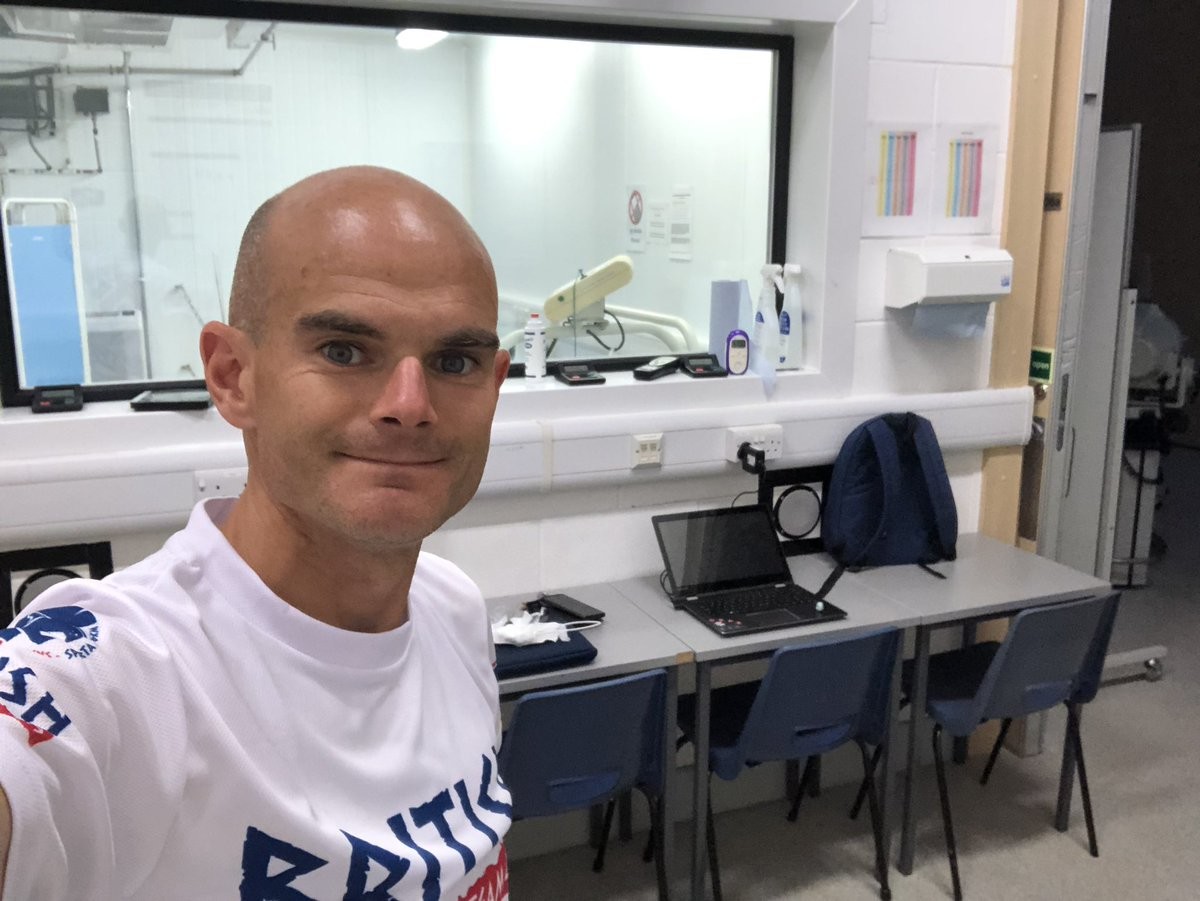
“They have taken me beyond my comfort zone and exposed me to conditions that it would otherwise be impossible to replicate unless I was in Greece itself and have ensured that they will leave me in the best condition possible before I fly to Athens to attempt to complete this epic race.
“Whilst there are hotter races, and more mountainous, it is the aggressive cut off times at each 5k checkpoint that truly test us to complete the course in under 36 hours.”
Dr Jeff Aldous from the School of Sport Science & Physical Activity said: “It’s a pleasure for us to be able to help Ian prepare for the Spartathlon and we wish him the best of luck.
“We are always pleased to welcome athletes into our sporting facilities – not only to help local athletes train for their events in the community, but to give our students first-hand experience applying the practical skills they have gained whilst at university.”
(09/24/2019) ⚡AMPby Erica Roffe
Spartathlon
Spartathlon is the event that brings this deed to attention today by drawing a legend out of the depths of history. The idea for its creation is belongs to John Foden, a British RAF Wing Commander. As a lover of Greece and student of ancient Greek history, Foden stopped his reading of Herodotus' narration regarding Pheidippides, puzzled and wondering if...
more...Mark Husbands will be tackling a half marathon to say thanks for daughter's life-saving operations
At just two weeks old, Holly Husbands was a tiny figure undergoing keyhole surgery to help her lungs function properly and ultimately keep her alive.
Holly, who was born with a congenital heart defect, would eventually need three complex operations that have represented a rollercoaster ride for her parents.
But one moment stands out as a marker of Holly’s irrepressible spirit and the expertise and care of the medics who have treated her. Leaving hospital after the final operation with a tear in her eye, she told her father Mark: “Daddy, I’m not out of breath anymore!”.
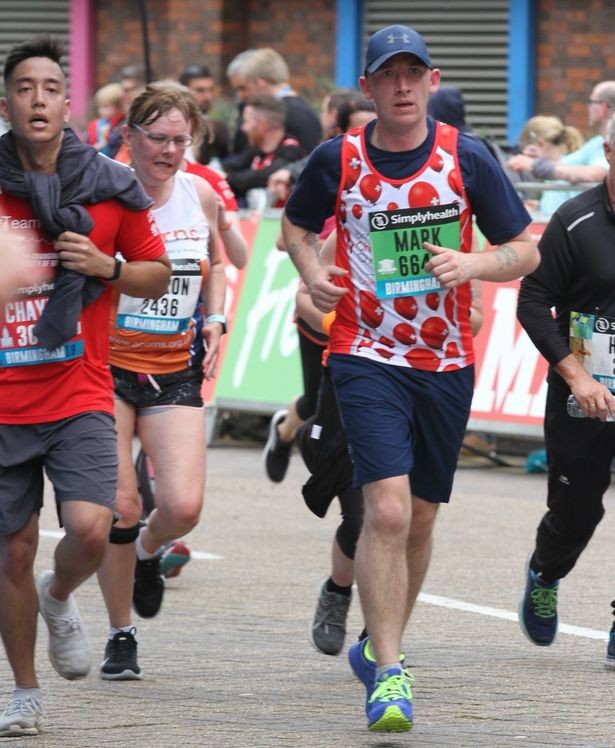
Holly, now seven, has led a full life ever since.
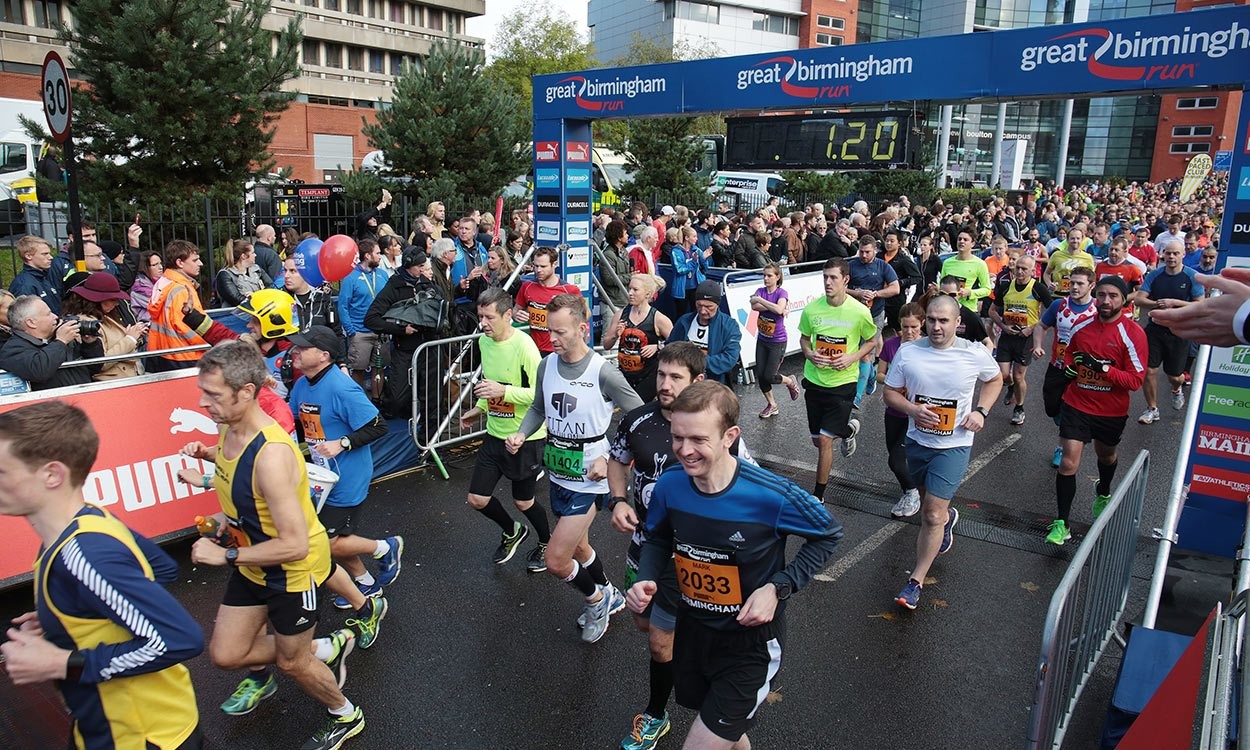
But Mark, from Ross-on-Wye, hasn’t forgotten the care she received and is taking part in this year’s Simplyhealth Great Birmingham Run on Sunday, October 13 to say thanks to Birmingham Children’s Hospital.
The 36-year-old and Holly’s mum attended a 20-week-scan at Hereford County Hospital where they were told by doctors that one of the ventricles in their baby girl’s heart was not visible.
Holly was diagnosed with Hypo plastic Right Heart Syndrome, which meant the right side of her heart would struggle to pump enough blood to her lungs. Due to her high-risk pregnancy, Holly’s mum was referred to Birmingham Women’s Hospital where she could receive specialist care and Holly could be delivered by specialist consultants.
Within 24 hours of being born at the women’s hospital, Holly was transferred straight to Birmingham Children’s Hospital and admitted to the Infant Cardiac Ward, where she underwent her first operation at just two-weeks-old. Using keyhole surgery, doctors successfully inserted a small tube into Holly’s heart, to allow blood to flow into her lungs, but this was a temporary fix and they told her parents that Holly would need two more operations in the future.
Holly was only eight months old when she underwent her second operation, this time open-heart surgery to make further repairs to her tiny heart.
Holly’s heart was monitored for the next few years and then in March, this year, at the age of seven, Holly was ready for her third and final operation. The wait during her final surgery was agonizing for Mark, and after seven hours – which felt like an eternity – Holly was brought out of theater. However, soon after, doctors and nurses swarmed around her bed, and Mark knew something was wrong – Holly was experiencing more bleeding than expected. Luckily, they were able to stop the bleeding and Holly could begin to recover.
Mark said: “Each time, waiting for Holly to come out of theater has been the worst experience I’ve ever had as a parent – you feel so helpless. It hurt us so much to see her lying there covered in tubes and drains, but after the first operation it was a relief to know it was all done and our little girl had got the chance to live a normal life.
“We’re so thankful that Mark has decided to take part in the Great Birmingham Run for us. The Great Birmingham Run is one of our favorite events of the year, as we see so many of our amazing supporters in our red balloon charity vests take over the streets of Birmingham! We’ll be right behind Mark and our other fantastic supporters who tackle the 13.1 mile route on the day.”
(09/24/2019) ⚡AMPby Josh Layton
Great Birmingham Run
The Great Birmingham Run event held in Birmingham, UK. For security reasons the 2019 race was not a full half marathon. The distance was 11.07 miles. It forms part of the Great Run British Marathon Series. The first event was held on October 15, 2017 on the same day as the existing Great Birmingham Run in the city center. Whether...
more...Marius Kipserem is looking forward to defending his Abu Dhabi title this year, then switching his focus to the London Marathon and 2020 Tokyo Games
Marius Kipserem, winner of the inaugural Adnoc Abu Dhabi Marathon, will use second staging of the race as a launchpad for the London Marathon – and a possible qualification to the 2020 Tokyo Olympics.
Kipserem, 31, is the first confirmed men’s elite runner for the 42.2 kilometer race and will arrive for his title defense in the capital in top form.
The Kenyan is taking the same path as last year that gave him both the Rotterdam and Abu Dhabi marathon titles in new course record and personal best timings.
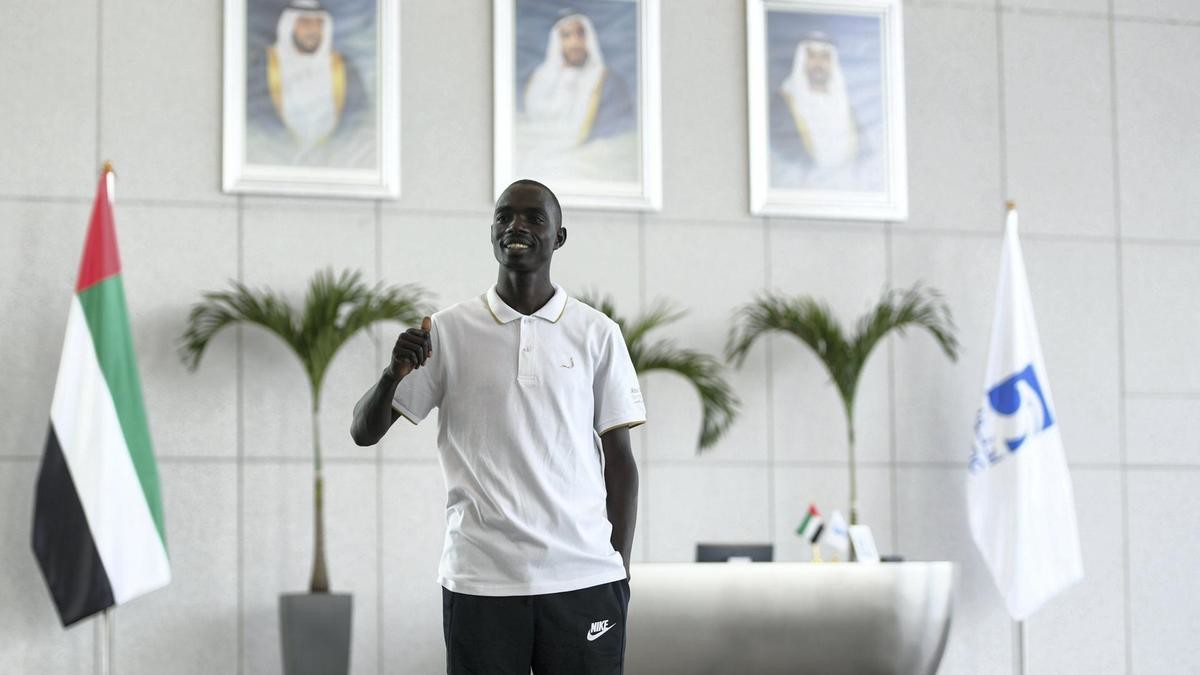
Kipserem won the 2018 Rotterdam in 2 hours, 6 minutes and 11 seconds in April and improved that record to 2:04:12 in Abu Dhabi in December.
In April this year, he retained the Rotterdam title in a new personal best time of 2:04:11 and is confident of improving it in Abu Dhabi on December 6.
“I enjoyed every moment of the race in Abu Dhabi but this time I want to use it as a launchpad for London,” Kipserem told The National during the launch of the race route at the Adnoc Headquarters in Abu Dhabi on Sunday.
“The London Marathon [in April 2020] is very important for me because a good result can earn me a spot in Kenya’s four-member marathon team at the Olympics.
“I run only two marathons a year and Abu Dhabi will be the launchpad for London. The Olympics is my biggest dream and hopefully, I can achieve it.”
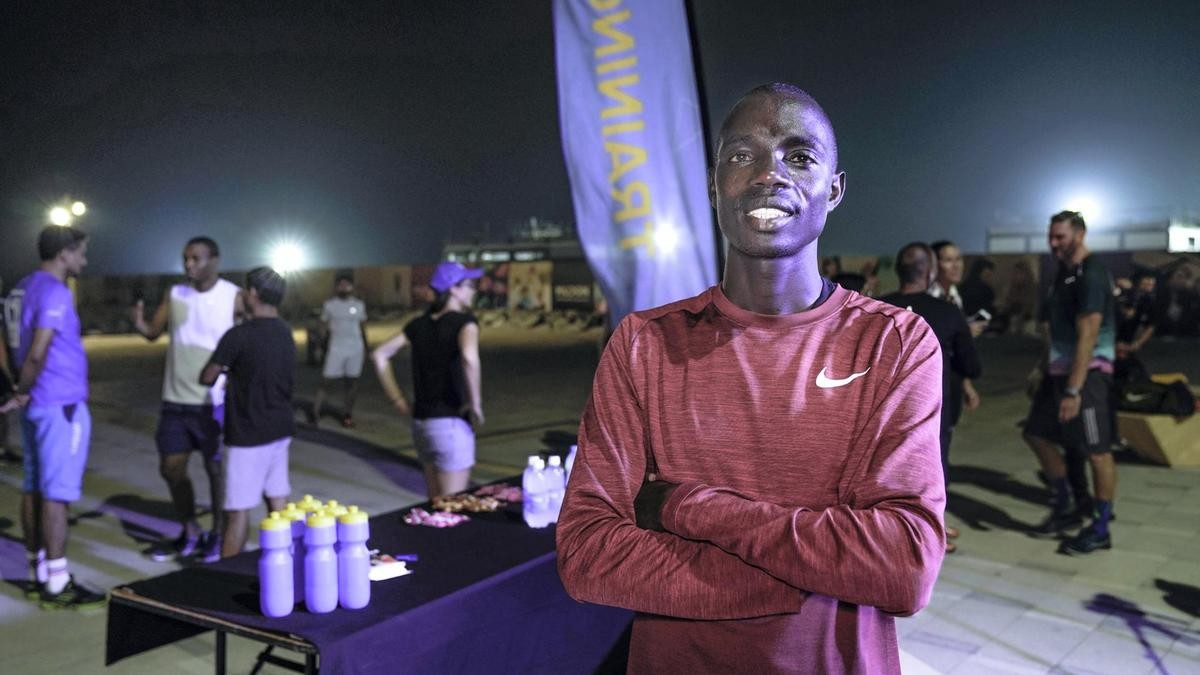
Kipserem has trained on well since Rotterdam and is looking forward to Abu Dhabi for another record breaking performance.
“The course here suits me well, although there is a slight change on the route from last year but that is not a big issue though,” he said.
“I love it here because of the good weather and the flat and long stretches of road. Having run here before, I feel even more confident of another record breaking performance.”
Next month, Kipserem runs as a pacemaker for compatriot and world record holder Eliud Kipchoge on his sub two-hour marathon bid at the INEOS 1:59 Challenge in Vienna in a few weeks.
The prize money for the Abu Dhabi event is over $388,000US with the winners from both the men and women’s races taking home $100,000US each.
Aref Al Awani, general secretary of Abu Dhabi Sports Council, said: “We expect the second marathon in Abu Dhabi will be even better.
“We have changed the race route slightly to allow runners to hear the cheers of their supporters from the event village on the Adnoc South Plaza.”
Omar Suwaina Al Suwaidi, executive office director of Adnoc said: “We had more than 10,000 participants from 19 different communities from around the country and the region last year and we expect this number to grow in this year’s race.”
(09/24/2019) ⚡AMPby Amith Passela
ADNOC Abu Dhabi Marathon
The Abu Dhabi Marathon is shaping up to being first class marathon for both elite runners and average runners as well. Take in the finest aspects of Abu Dhabi's heritage, modern landmarks and the waters of the Arabian Gulf, at this world-class athletics event, set against the backdrop of the Capital's stunning architecture.The race offered runners of all abilities the...
more...2019 Austin Marathon pumped $48.5 million into the Austin economy
High Five Events, one of the largest privately owned event production companies in the United States, proudly announces that the Ascension Seton Austin Marathon presented by Under Armour pumped $48.5 million into the Austin economy during race weekend.
The Austin Marathon was able to better calculate its economic impact by providing more detailed data and continuing its partnership with Dr. Ali Dadpay, Associate Professor of Finance at the Gupta College of Business at the University of Dallas. This year’s economic impact on the City of Austin is an $11 million (23 percent) increase from the 2018 event.
“The Austin Marathon’s economic impact is growing because of the increasing participation rate and more spectators supporting the event,” said Dr. Dadpay. “High Five Events collecting a wider array of quality data has improved the accuracy of our estimations.”
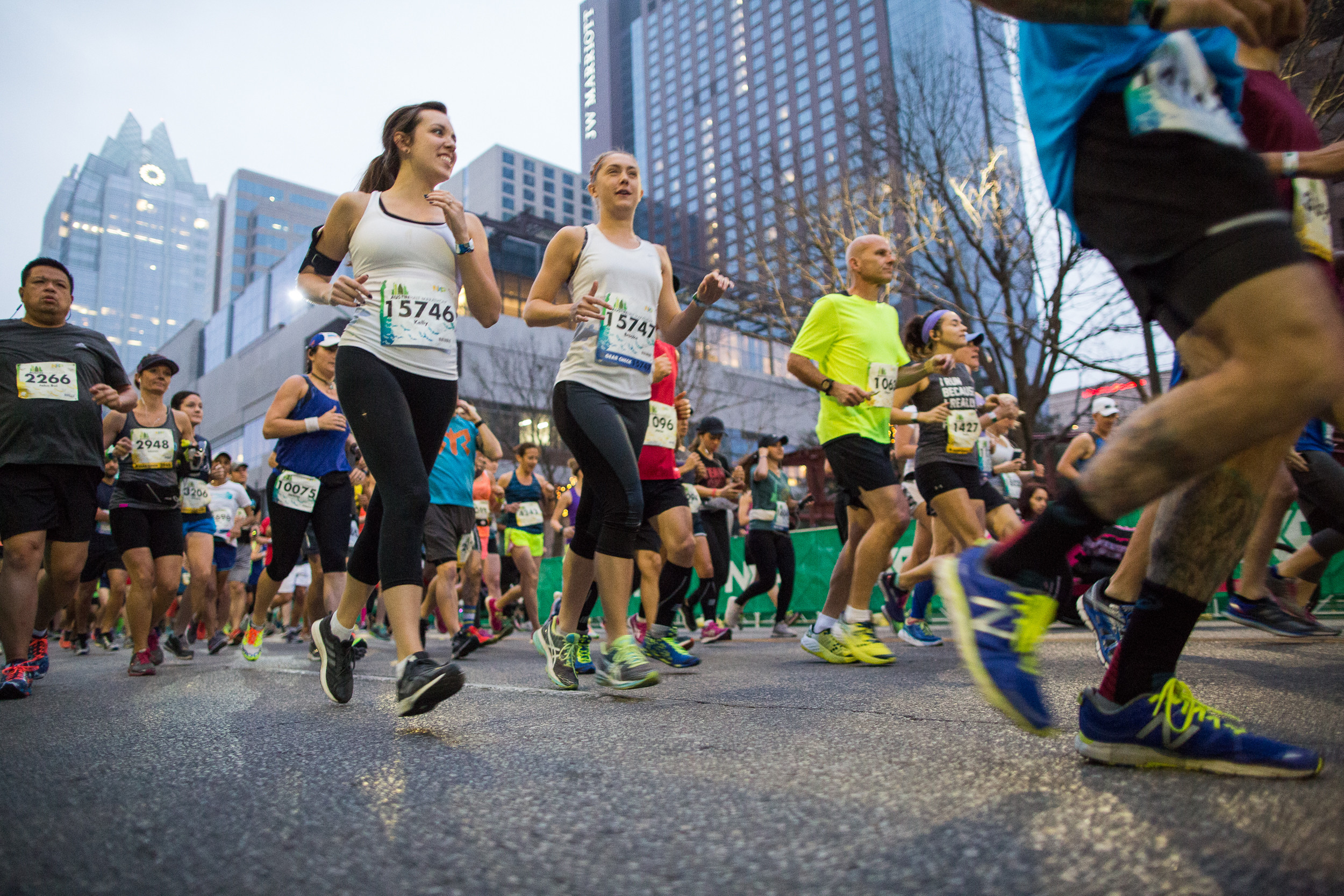
2020 will mark the Austin Marathon’s 29th year running in the capital of Texas. Austin’s flagship running event annually attracts runners from all 50 states and 30+ countries around the world. The start and finish locations are just a few blocks apart and within walking distance of many downtown hotels and restaurants.
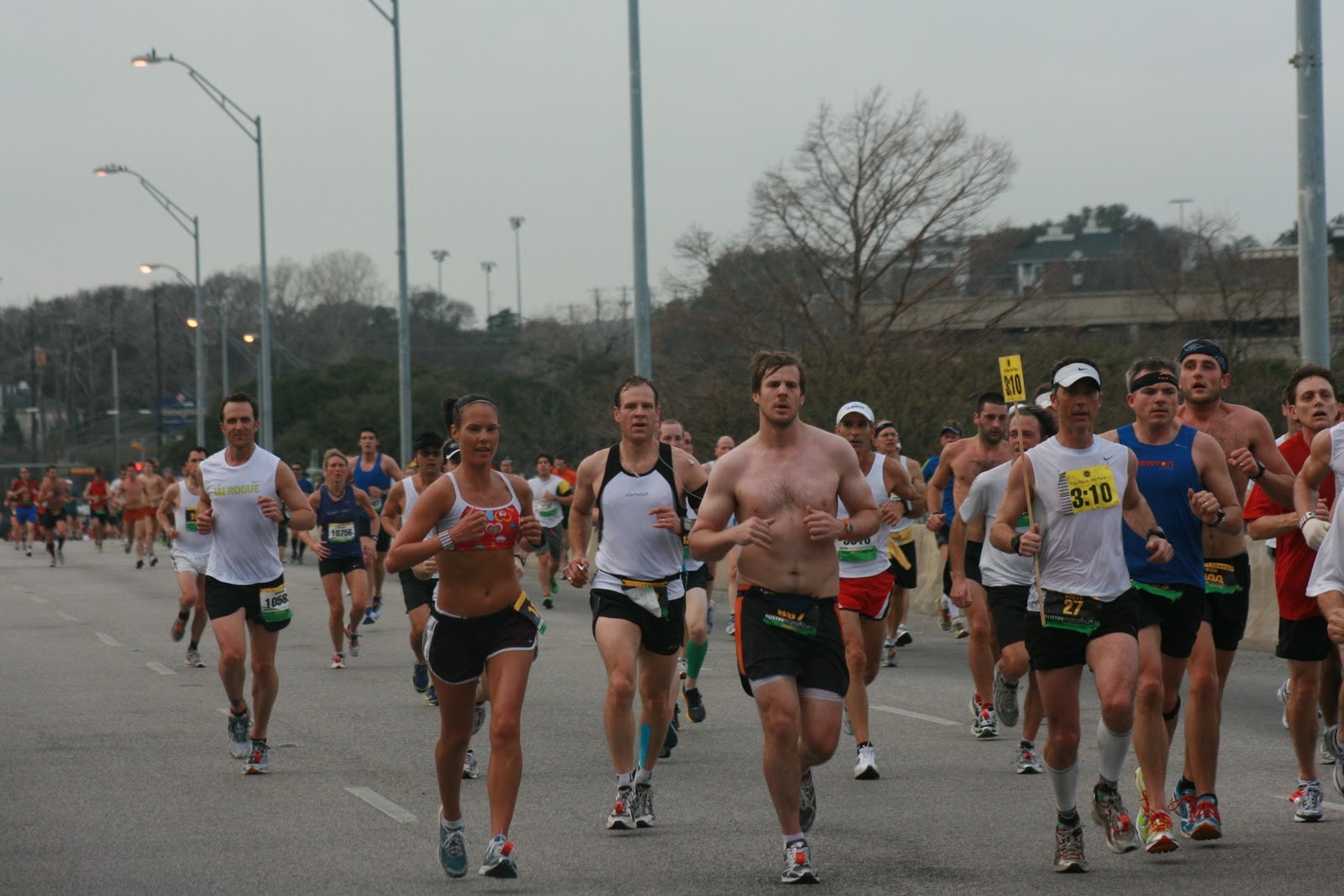
Participants finish in front of the picturesque Texas State Capitol, making the Austin Marathon the perfect running weekend destination.
(09/24/2019) ⚡AMPAustin Marathon Weekend
The premier running event in the City of Austin annually attracts runners from all 50 states and 20+ countries around the world. With a downtown finish and within proximity of many downtown hotels and restaurants, the Austin Marathon is the perfect running weekend destination. Come run the roads of The Live Music Capital of the World where there's live music...
more...Alemu Kebede of Ethiopia will aim for 2:20 course record at the Mainova Frankfurt Marathon
Could spectators witness a new women’s course record at the Mainova Frankfurt Marathon on 27 October? Two women who could be about to produce a world class time of around 2:20 are among the favorites.
Valary Jemeli of Kenya has a best of 2:20:53 while her Ethiopian rival Alemu Kebede has achieved 2:22:52. Alemu also showed last weekend that she is in formidable form in preparation for the Mainova Frankfurt Marathon, running her fastest ever half marathon in Copenhagen.
Two European runners who could also feature are Ana Dulce Felix of Portugal and Britain’s Stephanie Twell as well as the home contender Katharina Steinruck.
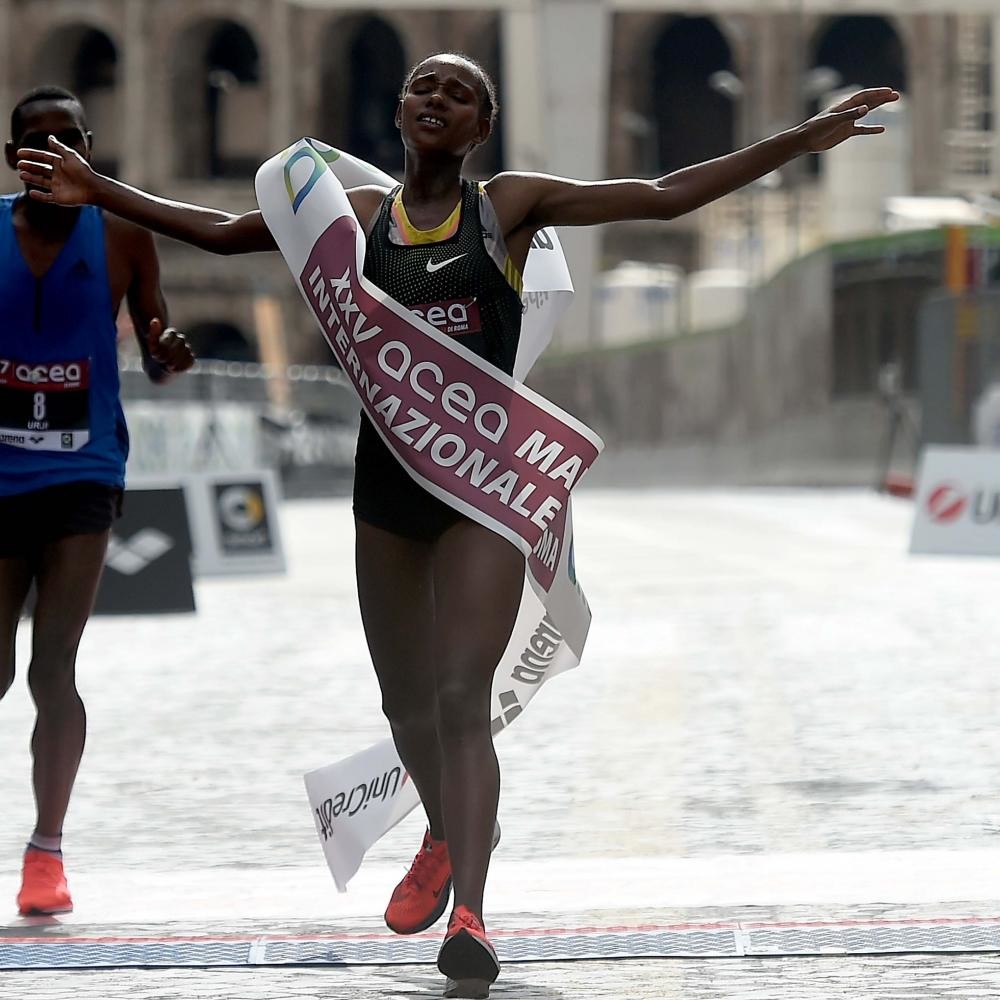
“We have put together a strong women’s elite field once again and expect a high-class and possibly thrilling race. Our goal is to one day have a sub 2:20 course record. It would of course be great if we could achieve it this year,” said race director Jo Schindler. With 14,000 runners expected to take part, the organizers say places remain available for this IAAF Gold Label race, the top category awarded for road races worldwide.
Last year the Ethiopian Meskerem Assefa improved Frankfurt’s course record to an impressive 2:20:36. It is highly possible that with good weather conditions this time could be under threat on October 27 and the city beside the River Main will stage its first ever sub-2:20 time by a woman.
Valary Jemeli has certainly gone close to that barrier on several occasions. The Kenyan has broken 2:22 three times with her best achieved in Berlin two years ago when she finished third in 2:20:53. A strong sign of her potential for sub-2:20 is a personal best of 66:14 for the half marathon, set this year.
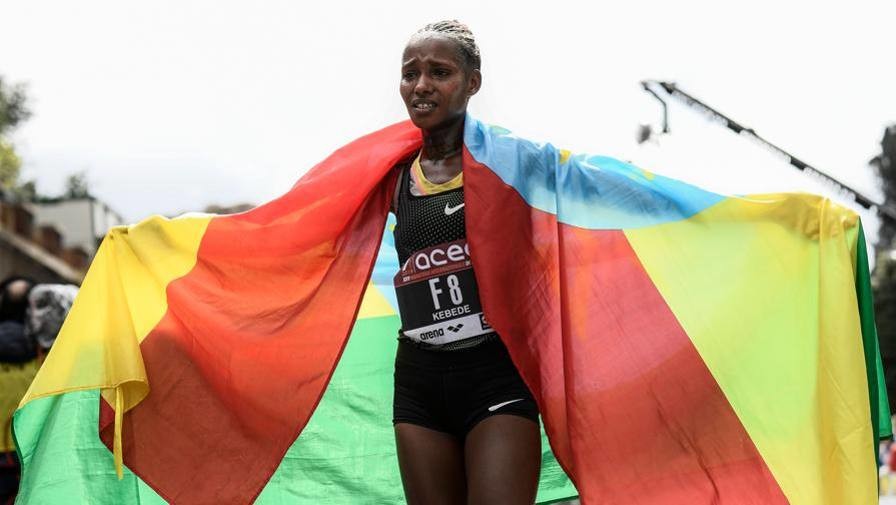
A strong performance at half marathon is also a reason for making Alemu Kebede one of the favorites. The Ethiopian finished fourth in a highly competitive women’s field for the half marathon in Copenhagen last Sunday, improving her personal best to 66:43. In spring this year she set another personal best to win the Rome Marathon in 2:22:52.
Ana Dulce Felix has been one of the best European marathon runners for some time now. The 36-year-old Portuguese will be making her debut at the Mainova Frankfurt Marathon. She has a personal best of 2:25:15 and took 16th place in the 2016 Olympic Games marathon in Rio.
A runner who might well use Frankfurt as a springboard to establishing herself among the European Marathon elite is Stephanie Twell. The 30-year-old Briton was once regarded as a potential successor to Paula Radcliffe after some outstanding performances at junior level but subsequently suffered injuries which hindered her development. She made her marathon debut in Valencia last December, finishing seventh in 2:30:14. This could be a good omen for a marathon breakthrough.
Katharina Steinruck will be running the Mainova Frankfurt Marathon for the third year in succession. The 29-year-old competes for the home club Eintracht Frankfurt and is making her first appearance at the distance since heel surgery.
Her target will be the qualifying time for the Tokyo Olympics next year which is 2:29:30. Steinruck, better known under her maiden name of Katharina Heinig, has a personal best of 2:28:34.
(09/24/2019) ⚡AMPby AIMS
Mainova Frankfurt Marathon
Frankfurt is an unexpectedly traditional and charming city, with half-timbered buildings huddled in its quaint medieval Altstadt (old city), cosy apple wine taverns serving hearty regional food, village-like neighbourhoods filled with outdoor cafes, boutiques and street art, and beautiful parks, gardens and riverside paths. The city's cache of museums is second in Germany only to Berlin’s, and its nightlife...
more...Gene Dykes was hoping to break Ed Whitlock's M70 record at STWM, but a lingering illness has taken him out of contention
Gene Dykes, who came close to breaking the late Ed Whitlock’s M70 marathon world record at last year’s Scotiabank Toronto Waterfront Marathon, and broke it unofficially in Jacksonville, Florida in December (on a non-record-eligible course) was hoping to make another attempt at this year’s Scotiabank Toronto race on October 20, but has decided to bow out due to illness and the resulting loss of training time.
Whitlock’s record, set in 2004, is 2:54:48. He was the only person ever to run a sub-3 marathon over age 70 until Dykes, who has now done it four times: first in Rotterdam in 2018, where he ran 2:57. At last year’s Scotiabank Toronto (which doubled as the World Masters Marathon Championships), he ran 2:55:18, missing Whitlock’s record by 30 seconds. At Jacksonville, he ran 2:54:23, breaking the record by 25 seconds–or so he thought, until he discovered that although the course is certified, the race is not USATF-sanctioned, which means you can’t set records there. At Boston this year he ran 2:58:50, shattering his own age-group course record of 3:16:20.
Dykes is optimistic he is on the mend, and has a number of fall races scheduled, including a 100K in Texas this weekend, a small marathon in Maine (on the same day as he would have raced Scotiabank), and the New York City Marathon on November 3.
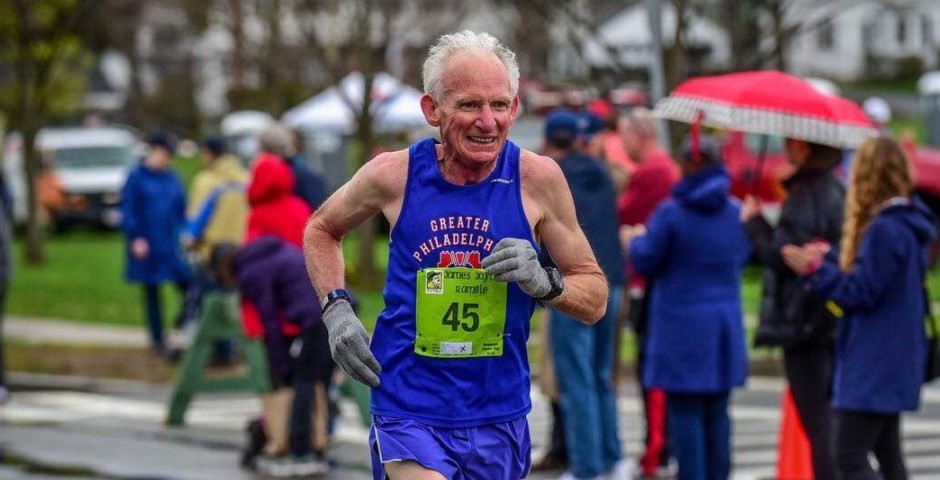
Dykes remains the only living human over 70 years of age to run a sub-3 marathon.
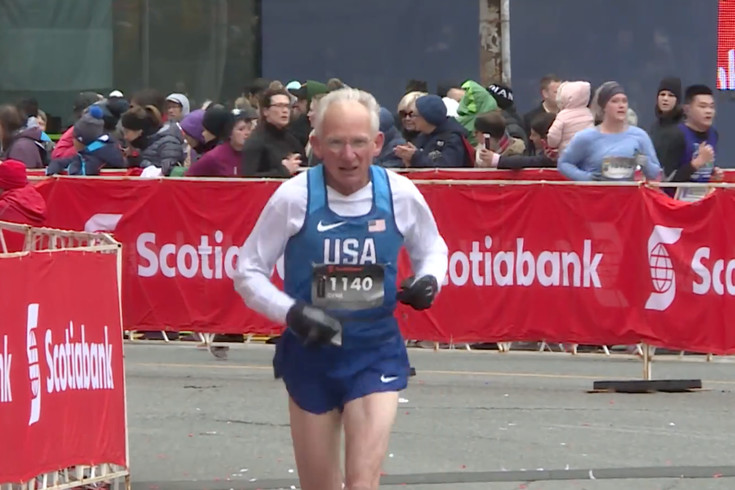
by Anne Francis
TCS Toronto Waterfront Marathon
The Scotiabank Toronto Waterfront Marathon, Half-Marathon & 5k Run / Walk is organized by Canada Running Series Inc., organizers of the Canada Running Series, "A selection of Canada's best runs!" Canada Running Series annually organizes eight events in Montreal, Toronto and Vancouver that vary in distance from the 5k to the marathon. The Scotiabank Toronto Waterfront Marathon and Half-Marathon are...
more...Boniface Kongin and Grace Kwamboka Momanyi from Kenya gave strong performances and reached the top step of the podium, winning the 2019 running of the Marathon de Montréal
Approximately 10,430 registered runners took to the streets on Sunday to participate in the 29th edition of the International Oasis Marathon de Montréal, a musically themed Rock 'n' Roll Marathon Series® event.
Giving runners the opportunity to run to the Beat in Their Feet™, the Marathon de Montréal provided participants great music in a community environment as runners of all athletic levels enjoyed the sights and sounds of Montréal.
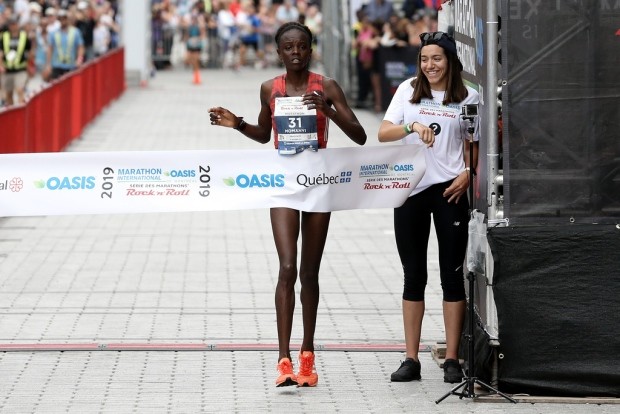
With a time of 2:15:18, Kongin crossed the finish line first in the male marathon, followed by Mohamed Aagab from Morocco in second place, finishing with a time of 2:19:43 while the third step of the podium belongs to Isaac Maiyo of Kenya with a time of 2:23:17.
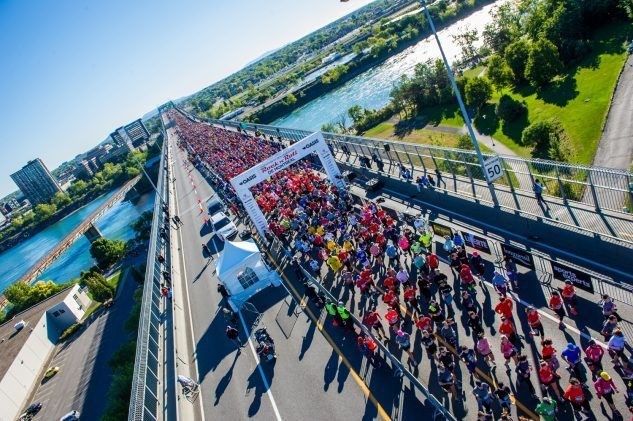
On the women's side, Kenyan athlete Grace Kwamboka Momanyi finished first with a time of 2:40:51 followed by fellow Kenyan Joan Massah in second, with a time of 2:42:46. Magarsa Tafa from Ethiopia rounded out the podium with a time of 2:46:41. Standout performance from Quebecers François Jarry and Paméla Bouvier, who finished in 5th and 6th position, respectively, place them atop of all runners representing the province.
The elite field competed for a total of $55,000 (USD) in prize money.
"The Marathon de Montréal's race program represents a solid challenge for both seasoned athletes and newcomers alike. It is always inspiring to see them all surpass themselves and give everything to cross the distances of the marathon and the half-marathon. Driven by the encouragement of the crowd throughout the course, it is always with great emotion that we welcome them to the finish line," said Dominique Piché, producer and race director of the Marathon de Montréal.
(09/23/2019) ⚡AMPROCK N ROLL MONTREAL
Start on the iconic bridge of Montreal, whose name is in homage to the French Explorer who discovered Canada, Jacques-Cartier. Kilometers 1 to 10 of St. Helena Island and Notre Dame Island, admire the stunning views of Montreal across the river and enjoy the entertainment on the course along the shore of two islands. Kilometers 16 a 17 City Hall...
more...Great Britain’s Jess Piasecki and Germany’s Hendrik Pfeiffer won the elite races at the Mattoni Usti nad Labem Half Marathon on Saturday
At the fifteenth kilometer mark Jess Piasecki and her Ukrainian rival Daria Mykhailova - who was contesting her third EuroHeroes Challenge race of the season - had broken away from the challengers and in the end victory went to Piasecki in 1:11:34, enhancing her personal best by two seconds.
“The time is great, though I had wanted to do it a bit faster. I mainly concentrated on beating Daria. The finish was pretty tough. It was a good performance because I’m training for the Frankfurt marathon,” said Piasecki.
Mykhailova had to settle for second but she had more than good reason to be pleased with her efforts. Her time of 1:11:36 was nine seconds better than her personal best to date and it also meant she emerged as the overall winner of the EuroHeroes Challenge.
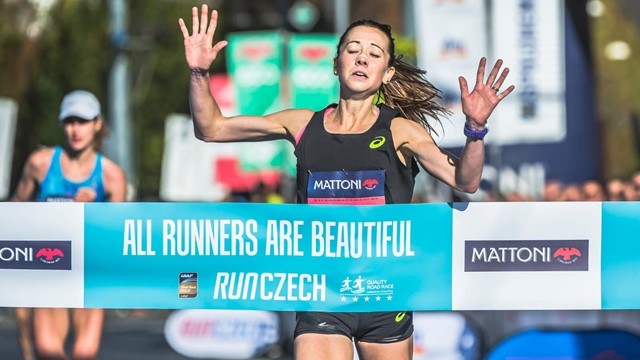
Experiencing difficulties on the course, the anticipated series winner Lilia Fisikovici from Moldova only managed sixth place (1:14:06) and was thus toppled off her throne.
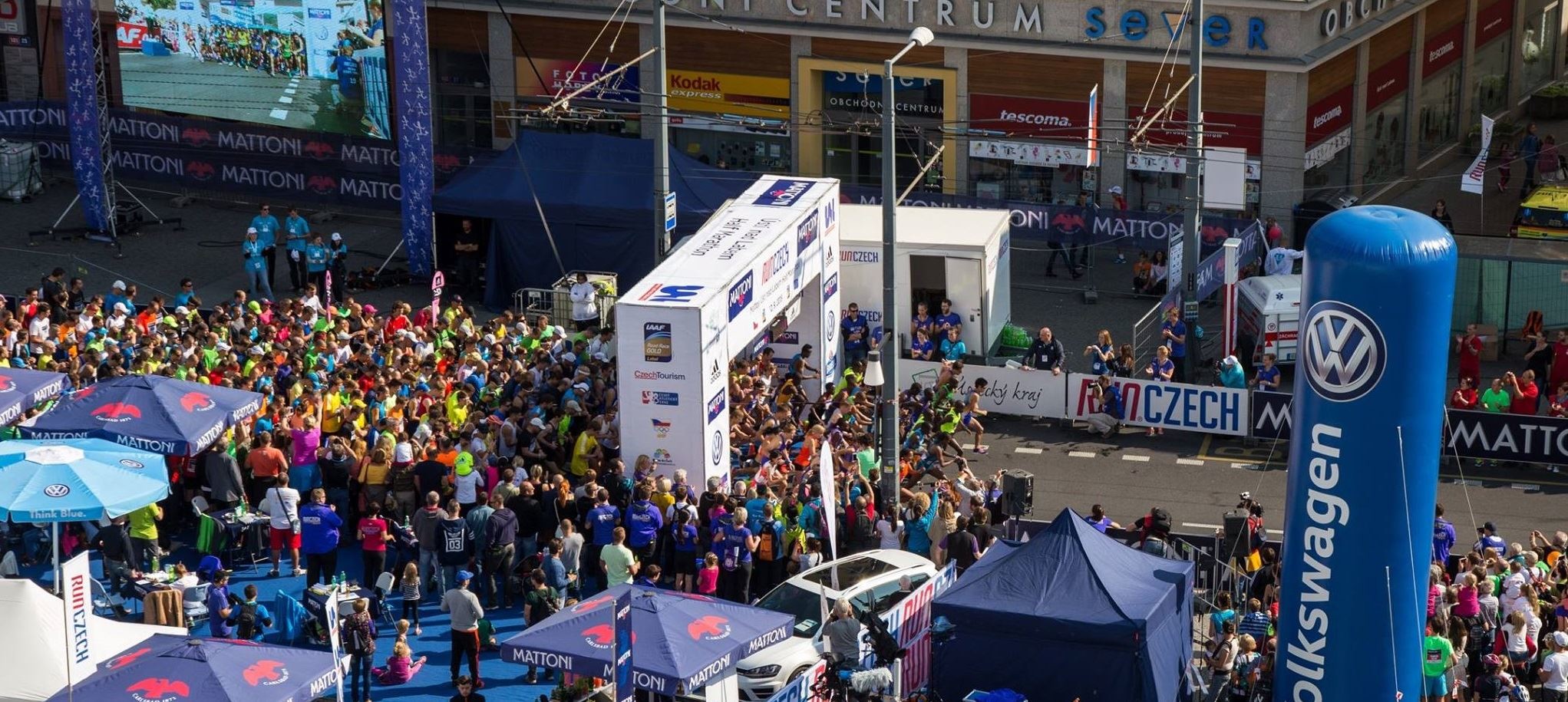
In the men’s race, Pfeiffer ran aggressively in the early stages despite the warm conditions on offer and ran a solo race, winning in 63:17 from Poland’s Marcin Chabowski (63:49) and Ukraine’s Roman Romanenko (63:51).
“I found the race really tough because it was so hot on the course. I ran really well during the first half, but the second half was a lot more up and down. By the tenth kilometer however I knew I was going for a personal best,” he said.
Not only did Pfeiffer break his lifetime best by 43 seconds, his time was also the fastest by a European in Usti nad Labem Half Marathon race history, bettering the mark of 64:06 held by Ukraine’s Dmytro Lashyn.
A total of 3539 runners took part in this year’s Usti nad Labem Half Marathon. A further 2556 parents and children also took part in the dm family run, with several dozen more competing in the Spolchemie Handbike Cup.
The RunCzech race series in the Czech Republic will close with the Mattoni Liberec Nature Run, a trail race entering its second year which is held on 5 October.
The European Athletics Quality Road Race standards act as an assurance for road runners throughout Europe. They distinguish between races that respect the standards and those that haven’t sought certification or assessment. They form the foundation of Running for All, a strong recognizable brand for running activities throughout Europe.
(09/23/2019) ⚡AMPMattoni Usti nad Labem Half Marathon
Enjoy the urban run at the Ústí Half Marathon. The course leads alongside the river Elbe opening a view to impressive rock formations, Strekov castle and then crossing the area of a chemical factory which is a perfect example of industrial architecture of the First Republic. The Ústí nad Labem Half Marathon is an annual half marathon race which takes...
more...Kenya’s Evans Chebet breaks south american all-comers´ record in Buenos Aires
Kenya’s Evans Chebet stopped the clock at 2:05:02 at the Buenos Aires Marathon on Sunday, breaking the South American all-comers’ record in the process at the IAAF Bronze Label road race.
Chebet was joined by compatriots Daniel Kibet, Allan Kiprono and Reuben Kipyego through the first half, which was covered in a swift 1:02:13, suggesting that the course record of 2:05:21, set last year, was under threat.
Kiprono was the first of the Kenyan quartet to drop off the pace, and by 30km it was down to just Chebet and Kipyego. Although Chebet’s pace slowed slightly in the second half, he was able to detach himself from Kipyego at about 34km and went on to win in 2:05:02, taking 28 seconds off the PB he set in Valencia two years ago.
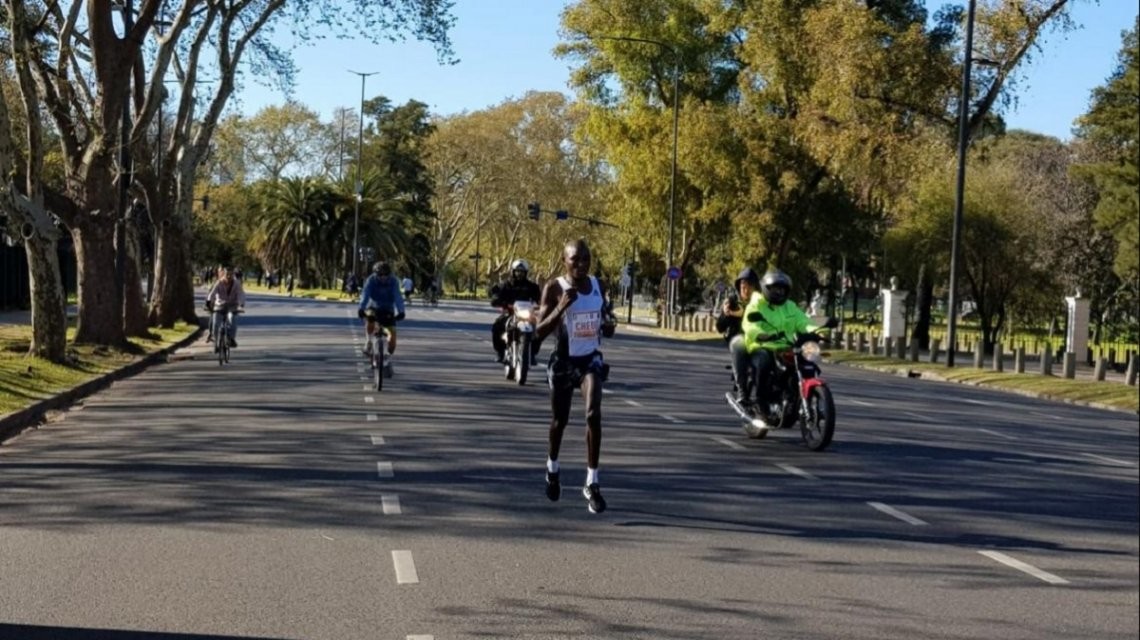
Kipyego finished second in 2:05:19 with Kibet placing third in 2:06:52.
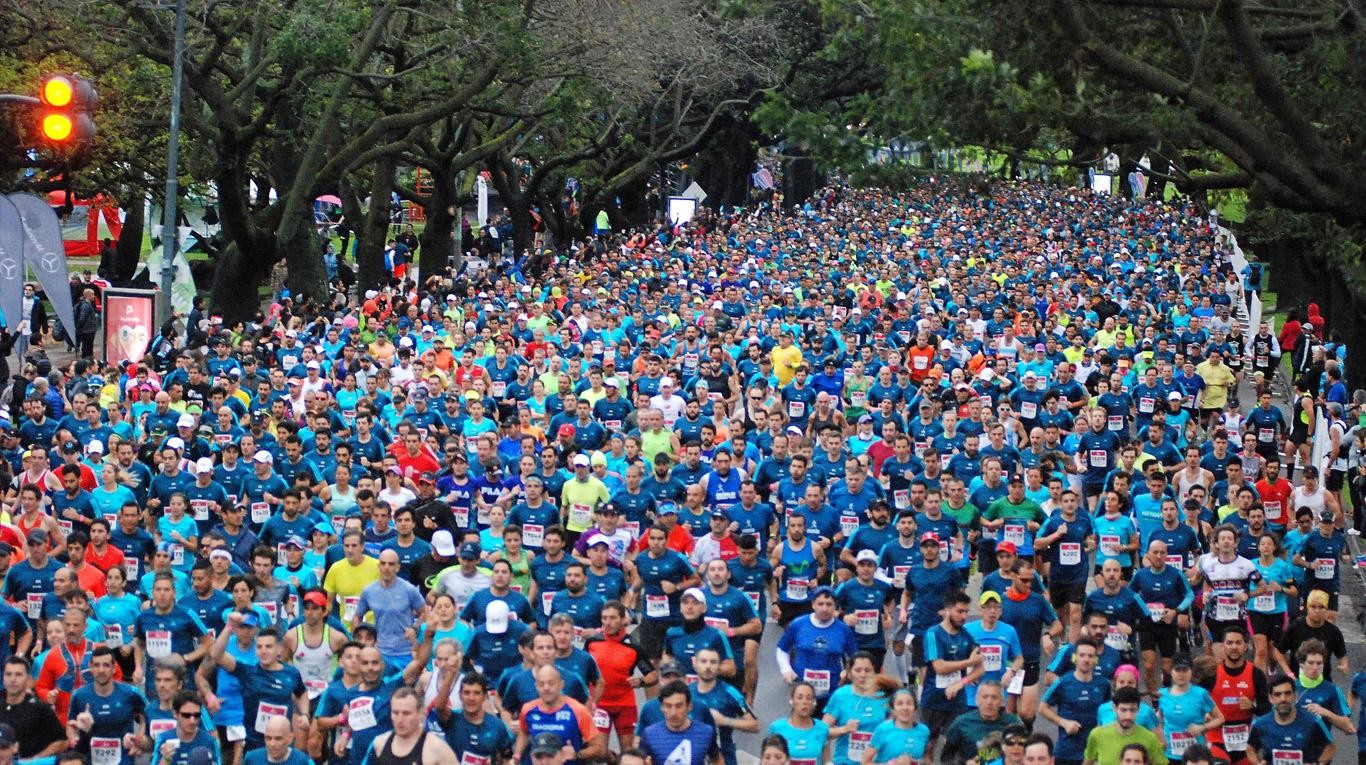
Rodah Tanui took almost five minutes off the women’s course record to win in 2:25:46.
Having been joined by Ethiopia’s Mulu Demissie for the first half, Tanui broke away from her opponent before the 25-kilometre mark and went on to win comfortably.
Demissie finished second in 2:30:33 with Faith Chemaoi placing third in 2:32:52.
(09/23/2019) ⚡AMPby Vincent Wu
Buenos Aires Marathon
The Maratón of Buenos Aires is an annual marathon foot-race which takes place in Buenos Aires, Argentina, during the Southern Hemisphere's Spring, usually in October. The 21st edition of the Buenos Aires Marathon started on October 9, 2005 at 7:30 at the 9 de Julio Avenue and Córdoba Avenue in the Recoleta neighborhood, being the start also the end point. ...
more...Eliud Kipchoge will have a total of 42 pacemakers as he seeks to run the marathon in under two hours at the INEOS 1:59 Challenge
World record holder and Olympic marathon champion Eliud Kipchoge will have a total of 42 pacemakers as he seeks to run the marathon in under two hours at the INEOS 1:59 Challenge in Vienna, Austria in October.
More than half the pacemakers tasked with helping Kipchoge become the first man to break the two-hour mark either live and train in Kenya or have roots from the country.
"13 more pacemakers have been confirmed to help Kipchoge in his bid to become the first human to run a sub-two hour marathon at the INEOS 1:59 Challenge in Vienna in October," organizers said in a statement on Wednesday.
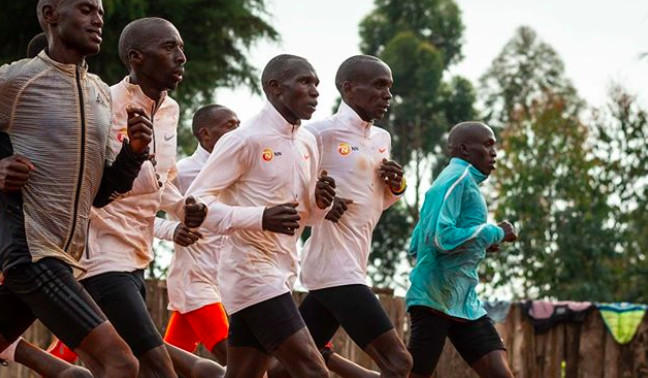
All 13 of the pacers took part in testing for the challenge in Vienna at the start of September and will return for the real thing in three weeks' time with the aim of helping Kipchoge make history.
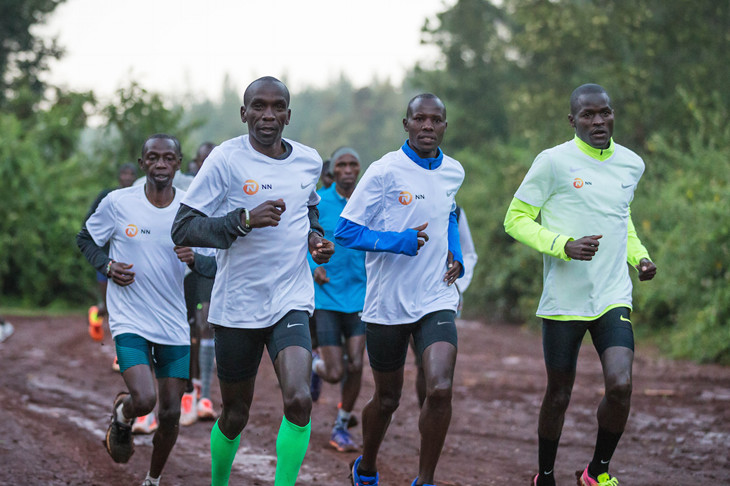
The other named pacers in this group include:
Eric Kiptanui of Kenya, who holds the sixth-fastest half-marathon time (58:42) from the 2018 Berlin Half-Marathon, Another slate of 13 elite runners has been named who will take turns pacing Eliud Kipchoge to what the world hopes will be the first-ever sub-two-hour marathon next month in Vienna, and it includes Marius Kipserem of Kenya, who set a new course record of 2:04:11 at the 2019 Rotterdam Marathon.
The other named pacers in this group include:
Eric Kiptanui of Kenya, who holds the sixth-fastest half-marathon time (58:42) from the 2018 Berlin Half-Marathon.
Micah Kogo of Kenya, 10000m bronze medallist at the 2008 Olympics, Chala Regasa of Ethiopia, who set a course record of 27:23 at the Valencia 10K Ibercaja in January, which is this year’s sixth-fastest time in the world over 21.1K.
Gideon Kipketer of Kenya, who set his marathon PB of 2:05:51 at Tokyo in 2017, where he finished second.
Stanley Kebenei of USA, who raced the World Cross Country Championships in Denmark in March, and who finished second in the USATF 3,000m steeplechase national championships and will have just competed at the World Championships in Doha when he returns to Vienna.
Shadrack Koech of Kazakhstan ran a PB in the 10K of 28:22 in the Netherlands this year, and a PB over 10,000m of 28:24:40, also set this year.
Moses Koech of Kenya finished third in 27:46 behind Joshua Cheptegei and Julien Wanders in the Durban 10K last year.
Thomas Ayeko of Uganda was part of the team that won gold at the Cross-Country World Championships in Denmark this year. He was fourth in the 5,000m at the Commonwealth Games in 2018 and has a half-marathon PB of 60:26.
Emmanuel Bett of Kenya has a 10,000m PB of 26:51:16 and a half-marathon PB of 60:08.
Timothy Toroitich of Uganda made the final of the 10,000m at last year’s Commonwealth Games, after winning bronze at the African Championships. He also won bronze at the first Commonwealth Games half-marathon in Cardiff.
Kaan Kigen Ozbilen of Turkey, who changed his name in 2015 (he is the former Mike Kipruto Kigen). He won silver medals in the 5,000m and 10,000m at the 2006 African Championships representing Kenya. He holds national records for Turkey in both the half-marathon (59:48) and the marathon (2:05:27). He also won a silver medal in the European Championships half-marathon in 2016.
(09/22/2019) ⚡AMPINEOS 1:59 Challenge
Mankind have constantly sought to reach new frontiers and to achieve the impossible. From Edmund Hillary reaching the summit of Mount Everest to Roger Bannister’s four-minute mile to Felix Baumgartner jumping from space we have frequently redefined the limits of human achievement and broken new barriers previously seen as simply impossible. After the four-minute mile and the ten second 100m...
more...Berihu wins Dam tot Damloop, Dutchman Ali finishes fourth
Solomon Berihu won the Dam tot Damloop on Sunday. One week after setting a big PB at the Copenhagen Half Marathon, Kenya’s Evaline Chirchir was the first athlete to cross the line at the Dam tot Damloop on Sunday (22), finishing just one second shy of the long-standing course record at the IAAF Silver Label road race.
The 10-mile race starts in Amsterdam and finishes in Zaandam. As is tradition, the women’s field set off 6:04 – the difference between the men's and women's course records – ahead of the men’s field, then the first three finishers are awarded bonuses of €5000, €3500 and €2500 respectively.
In sunny and warm weather (16-18C) with relatively low humidity and a moderate tailwind, Chirchir ran with compatriot Irene Cheptai and Israel’s Dagnechew Selamawit to break away as a lead trio.
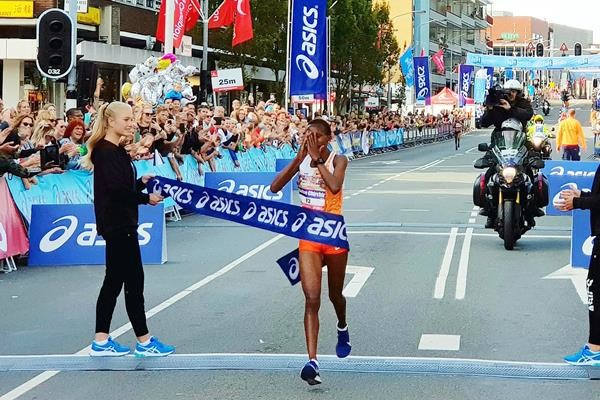
Chirchir reached the finish line in Zaandam in 50:32, three seconds ahead of Cheptai. Selamawit was third in 50:48. Chirchir narrowly missed out on breaking the 50:31 course record set back in 1987 by Norwegian distance legend Ingrid Kristiansen.
Chirchir’s winning performance is the third-fastest time ever recorded by a woman over 10 miles, but the point-to-point course means times aren’t record-eligible.
Half way through the men’s race, Ethiopia’s Solomon Berihu, Kenya’s John Langat and Uganda’s Joel Ayeko detached themselves from the rest of the lead pack. Berihu accelerated at 12km and broke away from Langat and Ayeko.
In the hunt to be the overall first finisher, Berihu wasn’t close to catching Chirchir, who finished 1:21 ahead of the Ethiopian, but he was a comfortable winner of the men’s title in 45:49. Langat was second in 46:20 and Ayeko third in 46:40.
The bonuses for the first three overall finishers went to the top three women.
Mohamed Ali was the first Dutch finisher, clocking 46:51. Michel Butter, who is currently preparing for the New York City Marathon on 3 November when he hopes to finish in a qualifying spot for the Tokyo 2020 Olympics, was 13th in 48:59.
(09/22/2019) ⚡AMPDam tot Damloop
On Sunday, 50,000 runners can join the Dam tot Damloop. The unparalleled atmosphere, the tunnel, one of the world's largest business streets and the fact that starting and finishing in two different cities make this event so special. The distance is 10 English Mile, which also includes a number of world top runners each year. In addition, the Mini Dam...
more...LEMA BREAKS COURSE RECORD IN HENGSHUI
Ethiopia’s Marta Lema Megra took more than a minute off the course record to secure a convincing victory at the Hengshui Lake International Marathon, an IAAF Gold Label road race, on Sunday (22).
The 28-year-old Lema, who set a PB of 2:22:35 last year in Toronto, enjoyed a comfortable sole lead in the latter half of the race and wrapped up her first victory in China in 2:24:21.
It was Lema’s second appearance in Hengshui; she finished second in 2:25:59 four years ago behind Kenya’s Agnes Kiprop. And Kiprop’s winning mark of 2:25:43 had stood as the course record until Megra renewed it by 1:22.
Lema’s compatriot Askale Alemayehu trimmed nearly one-and-a-half minutes off her career best to finish second in 2:27:32. Her previous PB of 2:29:01 was set three years ago in Shanghai.
Olympian Tirfi Tsegaye finished third in 2:28:30 to complete an Ethiopian sweep of the podium. The 34-year-old, who won the 2016 Dubai Marathon in 2:19:41 and finished fourth at the Olympic Games later that year, was contesting her first marathon in three years having taken a maternity break.
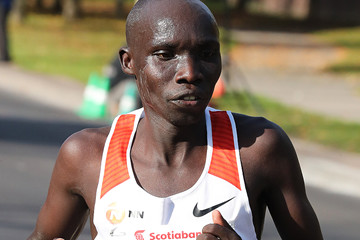
As the fastest entrant in the men’s field, Aychew Bantie of Ethiopia led from gun to finish to claim the victory in 2:08:51.
A leading group of 12 runners paced the race to 10km in 30:37. After passing the 20km water tables in 1:00:10, the group started to wither rapidly as eight runners, including 2015 Hengshui winner Ernest Ngeno of Kenya, dropped off one after another.
Only four men were left in the leading pack after 25km and Ethiopia’s Teshome Girma quit the contest for the title before 40km.
The leading trio – Bantie, Bonsa Dida of Ethiopia and Kenya’s Joel Kemboi Kimurer – remained together until Bantie launched his powerful charge for the win with about 400 metres to go.
Bantie’s winning mark was a couple of minutes shy of the 2:06:23 PB he set four months ago in Prague, but it was his first ever marathon victory.
Dida, 24, bettered 2:10 for the first time as he finished second in 2:09:04. Kimurer, a 2:07:48 performer, trailed one more second behind to take the third place.
(09/22/2019) ⚡AMPHengshui lake International Marathon
The Hengshui Lake international Marathon, held in September every year, is considered one of China’s top sports and tourism events. The race takes competitors around the Northern Chinese city’s scenic Hengshui Lake. It attracts runners and spectators from throughout China and abroad. Nearly 16,000 runners participated in one of the three race categories - the Full Marathon, the Half Marathon...
more...Eliud Kipchoge thinks that his training partner Geoffrey Kamworor is the man to possibly shatter his marathon world record
Eliud Kipchoge ran two hours, one minute and 39 seconds in Berlin last year setting the world marathon record. Geoffrey Kamworor shattered the half marathon world record in Copenhagen clocking 58:01 in the Danish capital.
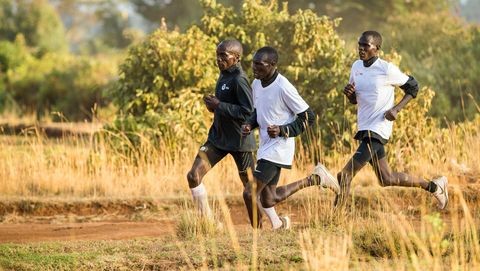
Kipchoge is confident that the best is yet to come from the new 21km world record holder and that his training partner in Kaptagat is destined for greatness, “owing to his hard work and discipline in training.”
“Geoffrey is the man and everything is possible if we continue to embrace great planning, preparations, camaraderie, management and coaches,” said Kipchoge, 34, when asked if Kamworor is his heir-apparent in the marathon.
Kamwowor, 26, improved the half marathon world record from the previous mark of 58:18 set by compatriot Abraham Kiptum in Valencia last year.
(09/21/2019) ⚡AMPby Ayumba Ayodi
Copenhagen Half Marathon
The Copenhagen Half Marathon was the first road race in Scandinavia and is one of the fastest half marathons in the world. The Copenhagen Half Marathon has been awarded with the International Association of Athletics Federation's (IAAF) most distinguished recognition - the IAAF Road Race Gold Label. Copenhagen Half Marathon was awarded the IAAF Road Race Bronze Label in January...
more...Two Kenyans pull out of worlds after failing to take testosterone tests
Jackline Wambui, who won the 800 metres at the Kenyan trials, and Linda Kageha, who was in the mixed relay team, have withdrawn from the world championships after failing to take mandatory testosterone level tests, an Athletics Kenya (AK) official said on Thursday.
AK Vice President in charge of competitions Paul Mutwii said Wambui and Kageha had declined the mandatory test and withdrew from the global showpiece event in Doha.
“The IAAF has set tough conditions on gender and doping and we must comply. If an athlete fails to take the tests, they are definitely out of the (world) championships,” Mutwii told Reuters.

“Wambui and Kageha declined the test on testosterone levels. They had no choice but to withdraw,” said Mutwii.
Wambui’s withdrawal left 2013 world champion Eunice Sum as Kenya’s only entrant in the women’s 800m event.
Michael Kibet and Daniel Simiyu, who finished first and second in the 5,000 metres at the Kenyan trials, are awaiting clearance to run in the world championships after not meeting Athletics Integrity Unit (AIU) criteria for three out-ofcompetition and one in-competition doping tests, Mutwii said.
“We have, however, entered them pending clearance from AIU. We expect a response from AIU by Monday next week,” the official added.
Nicholas Kibet and Jacob Krop, who finished third and fourth at the trials, have been entered.
“We have entered Krop so that we have two athletes in case AIU fails to clear Kibet and Simiyu,” Mutwii said.
Reigning men’s 1,500 metres world champion Elijah Manangoi pulled out of the Doha event this week due to an ankle injury.
The world championships run from Sept. 27 to Oct. 6.
(09/21/2019) ⚡AMPHow Much Do Tennis Players Run Per Match?
How far does a professional tennis player actually run during a match? It sure looks like a lot of work chasing balls back and forth along the baseline.
Well, according to data that IBM and SI.com teamed up to track and publish data from the 2015 Australian Open, it varies depending on playing style.
The research reveals that, among the top men, David Ferrer (photo), who is known for his speed and agility, covers the most distance. Through three rounds of the tournament, Ferrer had run approximately 10,000 meters or 6.2 miles, which is particularly impressive when you consider how tiny a tennis court is (27 feet wide for singles).

On the other end of the spectrum, top-ranked Novak Djokovic, who was forced to stop due to a shoulder injury in this year’s tournament, had covered less than half that distance, somewhere between 4,000 and 5,000 meters or about 2.5 to 3.1 miles through three rounds of play.
SI.com reports that this is because Djokovic tends to play closer to the baseline, while Ferrer plays farther back. It’s also worth pointing out that the length of each game, set, and match will affect how long the match goes—the longer the set or match, the more running required.
A similar analysis conducted at the 2014 U.S. Open found that Caroline Wozniacki ran more than twice as far as Serena Williams (9,709 meters or around 6 miles for Wozniacki, and 4,509 meters or 2.8 miles for Williams) to make it to the final. Williams defeated Wozniacki in the 2014 final, but Wozniacki famously put all that running to good use two months later when she ran her first marathon, New York City, in 3:26:33. This year, Williams proves you don’t need to run all that much to win as she advances to the 2019 U.S. Open Women’s Final this weekend.

Wozniacki isn’t the only top tennis player to be marathon-curious. Both Djokovic and Andy Murray have expressed interest in running a marathon after retirement. But for Federer and Williams, it’s a hard pass for now—both feeling that they are not suited for the distance.
Because of the high-intensity of tennis, playing a few matches will help your cardio capacity. “It’s very intense. You are conditioning. It's a very hard workout and allows you to stay in shape,” says Kevin Vincent, M.D., Ph.D., the director of the University of Florida Running Medicine Clinic. Plus, running is an activity performed primarily on the sagittal plane of motion, which includes front-to-back movements like walking. By incorporating tennis into your training, you will benefit from the lateral or side-to-side movements.
That said, your legs still take a beating, and it can cause injury. The biggest risk to worry about? Calf and hamstring injuries, says Darrin Bright, M.D., OhioHealth sports medicine doctor and ultra marathoner. “If your foot catches or you plant wrong, you could get muscle strains. Tennis elbow is common among tennis players, but I primarily see acute muscles strains,” Bright says.
Ultimately. it’s fine to play (not to mention fun!), and may help strengthen your body and balance your leg muscles, just don’t try to rally on long run days or when you do a hard workout.
(09/21/2019) ⚡AMPby Runners World
Stockholm loses Diamond League status
Stockholm’s prestigious Bauhaus Galan athletics meeting will lose its Diamond League status, organizers announced on Friday, citing a decision by the sport’s governing IAAF to re-organise the season.
“We now have the possibility to arrange exactly the competition we want, without being steered by directives from the Diamond League,” meet director Jan Kowalski said in a press release.
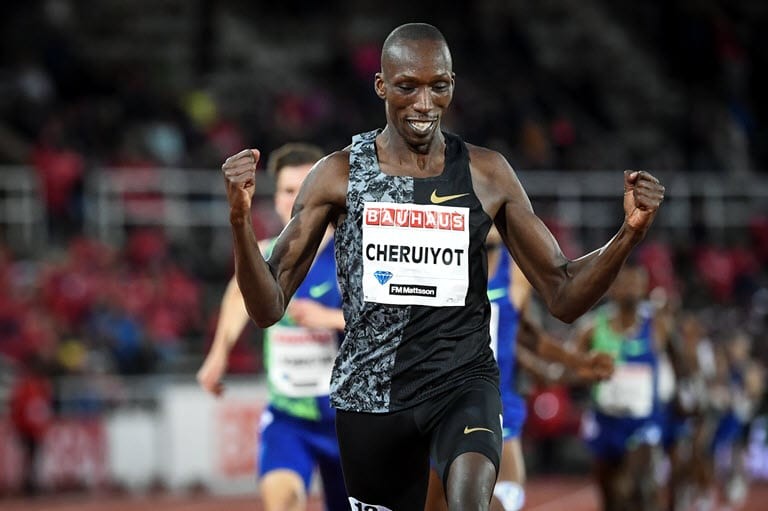
“We can decide what events to have in the Bauhaus Gala ourselves, and not have a number of events assigned to us as previously.”
The meeting recently signed a new five-year deal with sponsors Bauhaus, which guarantees them the economic resources needed to continue, organisers said.
As part of a general overhaul of the Diamond League series, the IAAF is cutting the number of events to 13, including a new single-night final in Zurich.
The proposed changes are set to be ratified by IAAF officials in their meetings next week ahead of the world championships in Doha.
(09/21/2019) ⚡AMPLena Faust with cerebral palsy will be running the Oasis Rock 'N' Roll Montreal Marathon this Sunday
At Sunday's Oasis Rock 'N' Roll Montreal Marathon, 25-year-old PhD student Lena Faust will be running the half marathon. Faust has cerebral palsy, a movement disorder that weakens the muscles and causes poor coordination and tremors.
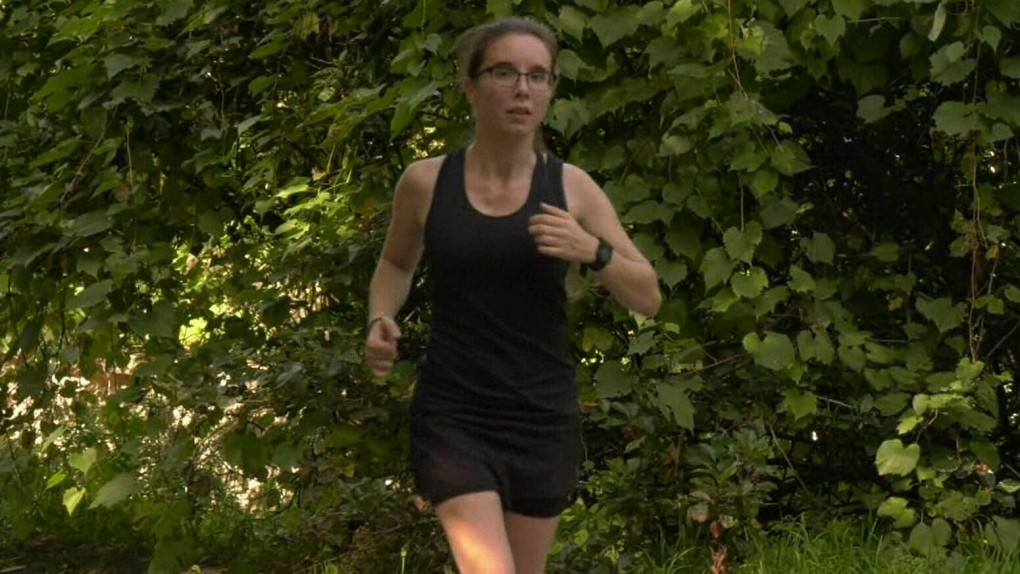
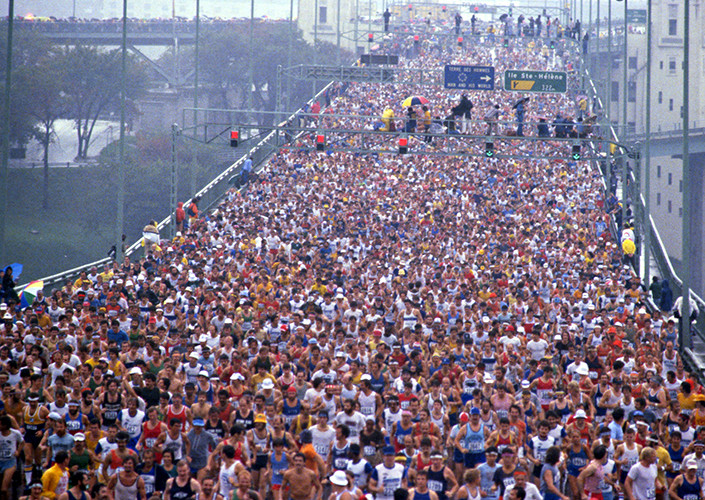
"As long as you set yourself goals that you work towards, you can adjust for having certain difficulties," she said. "Everyone has problems right. It might not be CP, it might be something else, but we all have our limitations, and I think having cerebral palsy really made me see the benefits of trying to push those limitations and that can really get you to places you didn't think you could get to."
She is raising money for the Canadian Cerebral Palsy Registry.
"I know how important funding is, and I thought as someone with cerebral palsy, it would be nice to contribute to that," said the student who does research on tuberculosis.
Faust knows first-hand that scientists need more information to defeat debilitating diseases.
"It's really important to have good data on which to base healthcare decisions, healthcare service delivery, and especially with a disease like cerebral palsy that's a long-term, permanent condition, I think it's really important to have long-term follow up of children with cerebral palsy in Canada," she said.
(09/21/2019) ⚡AMPROCK N ROLL MONTREAL
Start on the iconic bridge of Montreal, whose name is in homage to the French Explorer who discovered Canada, Jacques-Cartier. Kilometers 1 to 10 of St. Helena Island and Notre Dame Island, admire the stunning views of Montreal across the river and enjoy the entertainment on the course along the shore of two islands. Kilometers 16 a 17 City Hall...
more...Evaline Chirchir hopes to cross the finish line first at the Dam Tot Damloop
This year’s Dam tot Damloop, could be one of the few races in the long history of the IAAF Silver Label road race in which a woman crosses the finish line first.
As has been tradition at this 10-mile race between Amsterdam and Zaandam, the women’s field sets off 6:04 – the difference between the men's and women's course records – ahead of the men’s field. The first athlete to finish, man or woman, will receive a €5000 bonus.
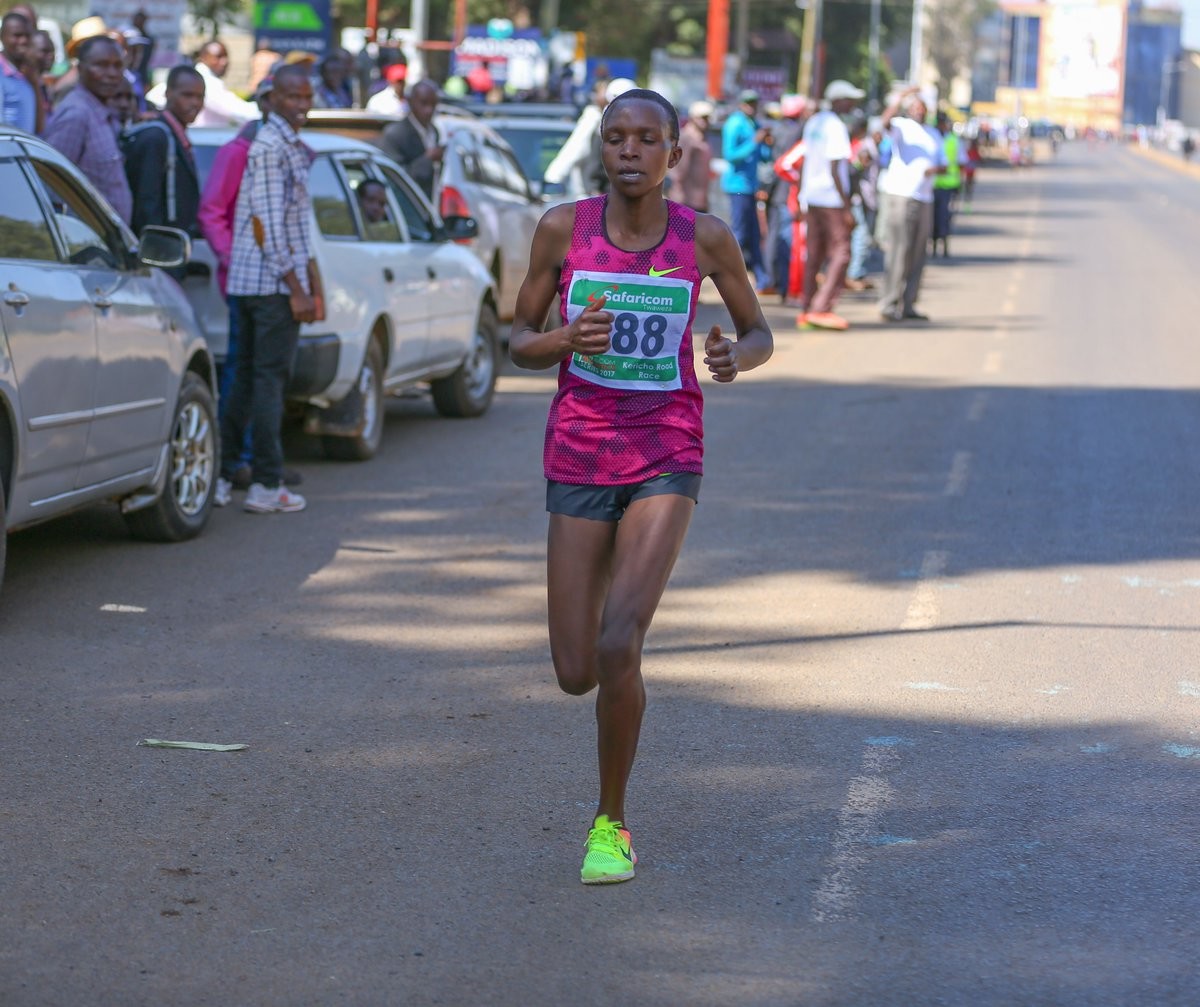
Following her 1:06:22 PB at the Copenhagen Half Marathon last week, Evaline Chirchir will start as the favorite. The Kenyan has also clocked some impressive times at 10km this year, including 30:43 in Valencia and 31:17 in Brunssum, and will be keen to improve on her fifth-place finish from last year.
Irene Cheptai, the 2017 world cross-country champion, recently clocked a season’s best of 31:27 over 10km, while Jip Vastenburg carries the Dutch hopes.
The women’s race record of 50:31 has been held by Ingrid Kristiansen since 1987, but last year’s winner Lonah Salpeter came close to it with 50:45.
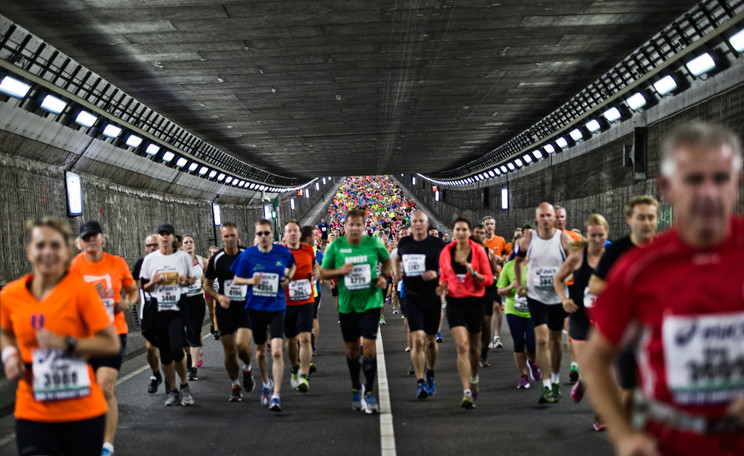
Former 1500m specialist Chala Regasa of Ethiopia set a 10km PB of 27:23 earlier this year and will be making his Dam tot Damloop debut. Compatriot Solomon Berihu, aged 19, is another strong contender and has set PBs of 13:02.08 for 5000m and 27:02.26 for 10,000m this year.
Ethiopian Olympian Ayele Abshero, a 2:04:23 marathon runner, finished third in this race back in 2010 in a PB of 45:33, but doesn’t seem to be in that same kind of form this year. Kenya’s John Langat also returns to Amsterdam in a bid to do better than his 12th-place finish last year.
The weather forecast for Sunday morning seems ideal with temperatures between 16-18C and the wind on the runners’ backs.
(09/21/2019) ⚡AMPby IAAF
Dam tot Damloop
On Sunday, 50,000 runners can join the Dam tot Damloop. The unparalleled atmosphere, the tunnel, one of the world's largest business streets and the fact that starting and finishing in two different cities make this event so special. The distance is 10 English Mile, which also includes a number of world top runners each year. In addition, the Mini Dam...
more...Former winners Agnes Kiprop and Aberu Mekuria will both return to the Chinese city of Hengshui to compete for the women’s title at the Hengshui Lake International Marathon
The 36-year-old Ethiopian, Mekuria clocked a course record of 2:26:07, her personal best time at that time, to win in 2013. Two years later Kenyan, Kiprop claimed the tile in 2:25:43, which has stood as the course record until now.
However, the 39-year-old Kenyan, whose PB of 2:23:54 was set in Frankfurt back in 2011, hasn’t come close to 2:26 since her 2015 Hengshui victory. She clocked 2:29:04 to finish fourth at the Dongying Yellow River Marathon in April, which was her fastest time in more than four years.
Mekuria, on the contrary, has been enjoying a second wind in her decade-long career, achieving a PB of 2:24:30 to break the course record at the 2019 Chongqing International Marathon. It will be her third race in Hengshui as she also clocked 2:32:53 to finish eighth in 2015.
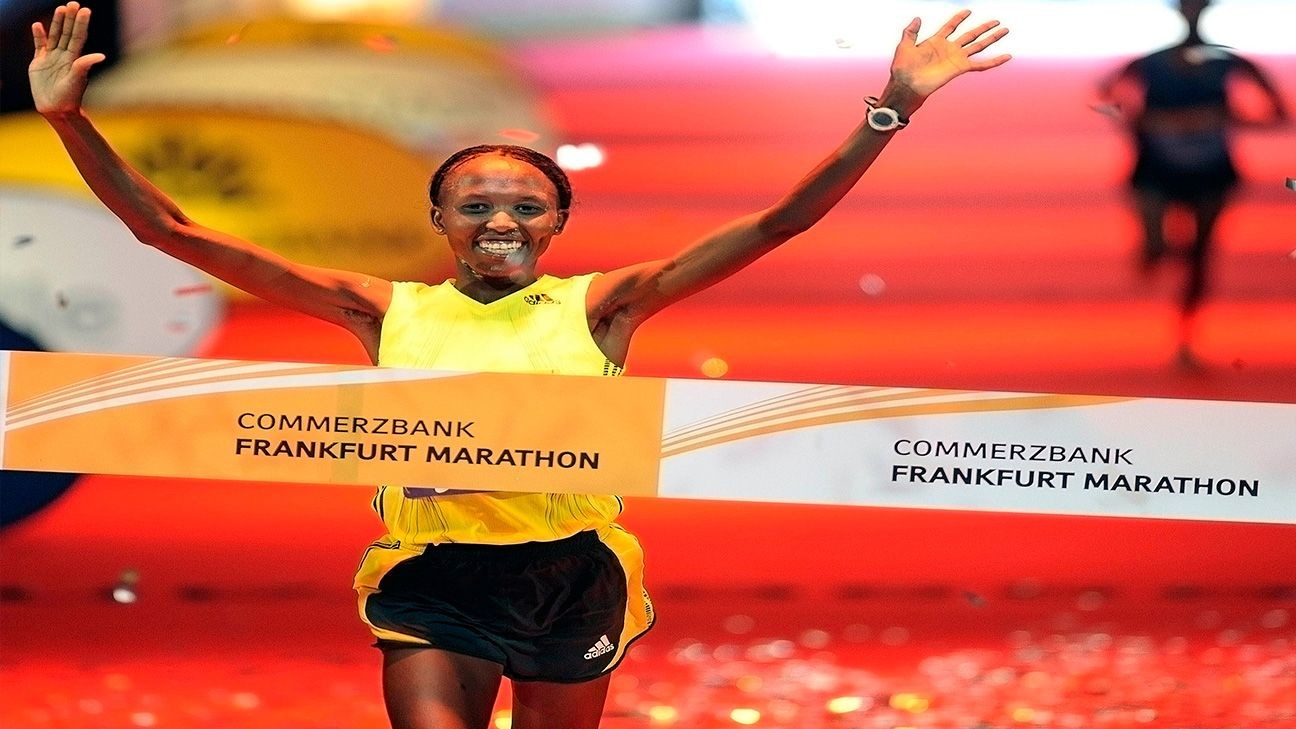
The organizers have assembled the deepest women’s field in the eight-year history of the race, as other race favorites also include Marta Megra of Ethiopia, who set her PB of 2:22:35 last year in Toronto, as well as her compatriot Tirfi Tsegaye, the fastest woman toeing the line with a PB of 2:19:41 from her massive victory in Dubai in 2016.
The men’s field also contains a former champion. 24-year-old Ernest Ngeno of Kenya took the top honors in Hengshui four years ago with a winning mark of 2:07:57, which was his PB at the time and 12 seconds shy of the course record set by Markos Geneti in 2014.
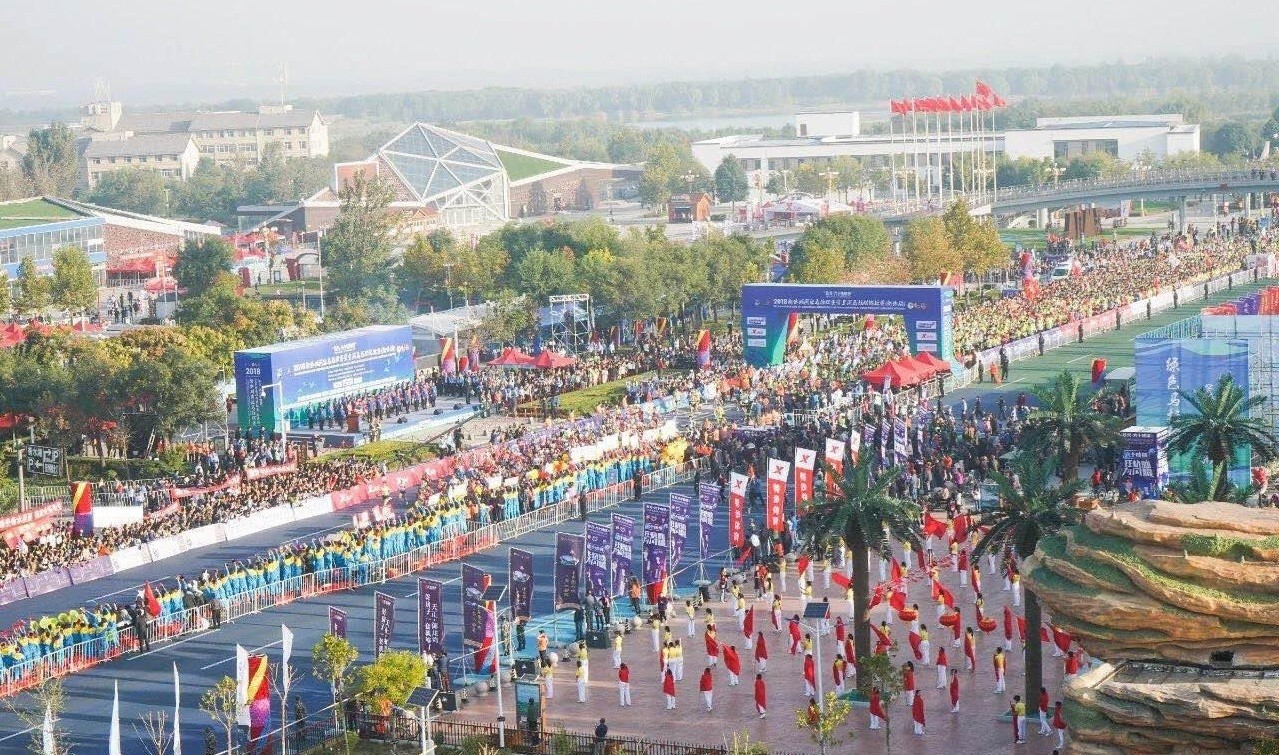
Last year, he improved his PB to 2:06:41 when finishing third in Paris, which makes him the second-fastest entrant in the field.
Although Ngeno is keen to end a three-year title drought following his victory in Milan in 2016, he could face a serious threat from Aychew Bantie.
The rising Ethiopian, who turned 24 this month, trimmed more than two minutes off his career best to finish third at the Prague Marathon in 2:06:23 four months ago and is still pursuing his first title since debuting over the classic distance in 2017.
Bantie’s compatriot Fikadu Kebede, who turns 33 on Friday, also arrives in Hengshui in high spirits. He set a PB of 2:08:27 in Dubai in January and came close to that mark three months later with a second-place finish in Dongying in 2:09:38.
The men’s field also includes Kenyan duo Dominic Ruto and Ismael Boshendich Chemtan
(09/21/2019) ⚡AMPby Vicent Wu
Hengshui lake International Marathon
The Hengshui Lake international Marathon, held in September every year, is considered one of China’s top sports and tourism events. The race takes competitors around the Northern Chinese city’s scenic Hengshui Lake. It attracts runners and spectators from throughout China and abroad. Nearly 16,000 runners participated in one of the three race categories - the Full Marathon, the Half Marathon...
more...Zhengzhou Marathon bronze medalist Jonathan Korir will hope to land his first win in his Berlin marathon debut
Jonathan Korir, who was eighth at this year's Hamburg marathon in Germany, has had his best performances in China and now hopes he will extend the same to Europe as he puts his best foot forward for the German capital road race in a week's time.
"It will be the first time for me to compete in the Berlin Marathon and I want to leave a mark. I have raced well in China and want to exploit the chink in Europe and win. I am preparing well for the race which will be very competitive as a hope to improve on my time," said Korir.
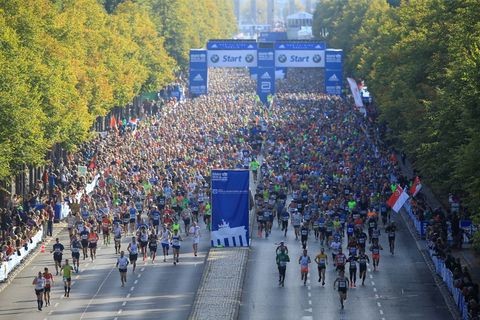
Korir, who trains with Olympic marathon champion Eliud Kipchoge in Eldoret, says he has been inspired by his mentor and hopes he will succeed him as champion in Berlin. Last year, Kipchoge won in Berlin in a world record time of two hours, one minute and 39 seconds.
While that time is much higher for Korir to break, he hopes to improve on his personal best in Berlin. His best time is 2:06.51 posted at the 2018 Amsterdam Marathon, where he placed eighth with Lawrence Cherono winning the race in a course record of 2:04.06.
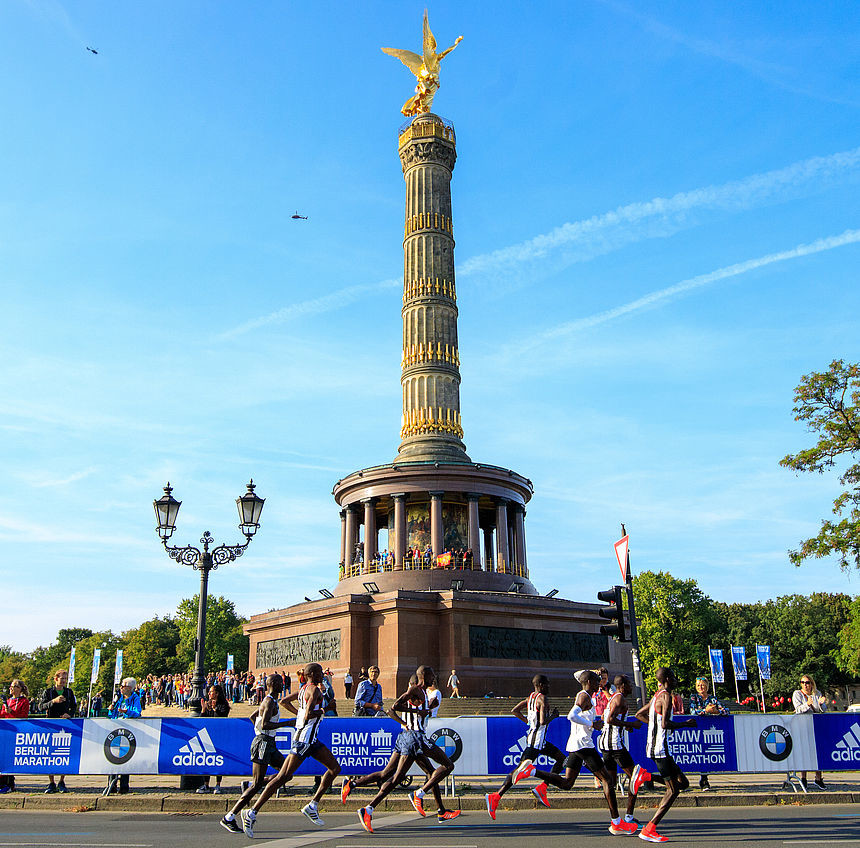
"With my personal best pegged at 2:06.51, I want to try my best to lower that mark," he said. He said depending on the weather, he wants to run at least a 2:04.00.
Last week he was happy for another teammate Geoffrey Kamworor, who set a world half marathon record in Copenhagen, Denmark clocking 58.01 minutes.
"I also want to make a difference and Berlin will be my race," he said. "I may not be famous among Kenyans but I am keen to make a mark in Berlin."
The bronze medal he earned in Zhengzhou, China last year clocking 2:14:25 remains the only one he has in his collection. However, the 33-year-old is hopeful to do well in the German capital.
Ethiopians led by Kenenisa Bekele will be the top contenders. Others are Guye Adola, who finished second in Berlin two years ago, as well as Leul Gebrselassie, Sisay Lemma and Birhanu Legese.
(09/20/2019) ⚡AMPBMW Berlin Marathon
The story of the BERLIN-MARATHON is a story of the development of road running. When the first BERLIN-MARATHON was started on 13th October 1974 on a minor road next to the stadium of the organisers‘ club SC Charlottenburg Berlin 286 athletes had entered. The first winners were runners from Berlin: Günter Hallas (2:44:53), who still runs the BERLIN-MARATHON today, and...
more...Nagoya marathon bronze medalist Valary Jemeli will be the athlete to beat at the Frankfurt marathon
Jemeli will face Ethiopia's Alemu Kebede in the German city as they seek to push for a better ranking ahead of the Tokyo Olympic Games in 2020.
"I hope to run a good race and boost my ranking among Kenyan runners. It is hard to get selected as a marathoner to represent Kenya, but with a win in Frankfurt, I will be a step closer to Tokyo Olympic Games team," said Jemeli on Friday.
Jemeli has the best time of 2:20:53, while Kebede's fastest time is 2:22:52.
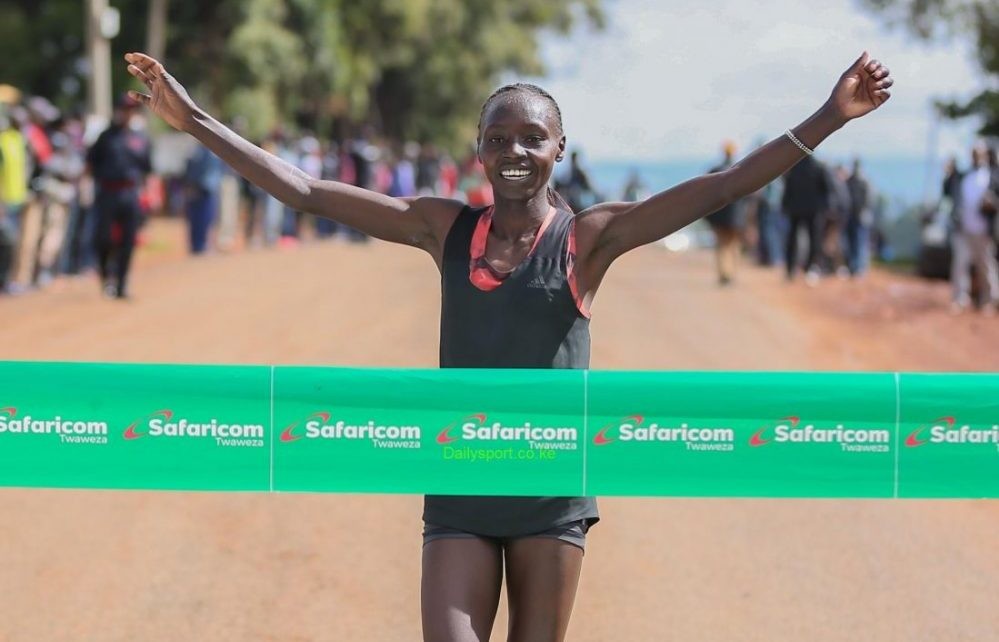
"We have put together a strong women's elite field once again and expect a high-class and possibly thrilling race. Our goal is to one day have a sub 2:20 course record. It would, of course, be great if we could achieve it this year," said race director Jo Schindler in a statement.
The line-up also features Portugal's Ana Dulce Felix (2:25:15), Britain's Steph Twell (2:30:14) while the home contingent is led by Katharina Steinruck (formerly Heinig) who has a 2:28:34 PB.
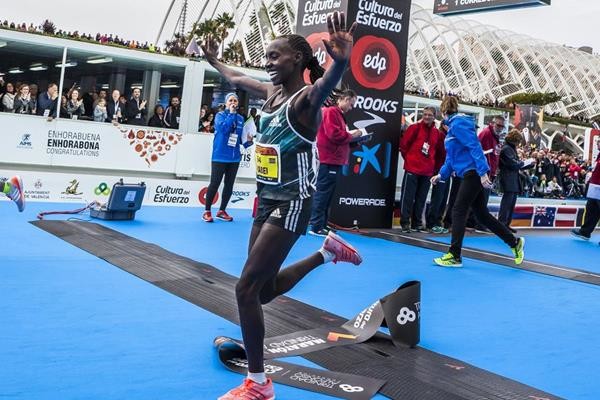
Last year the Ethiopian Meskerem Assefa improved Frankfurt's course record to an impressive 2:20:36. It is highly possible that with good weather conditions this time could be under threat on October 27 and the city beside the River Main will stage its first-ever sub-2:20 time by a woman.
Jemeli has gone close to that barrier on several occasions. The Kenyan has broken 2:22 three times with her best achieved in Berlin two years ago when she finished third in 2:20:53. A strong sign of her potential for sub-2:20 is a personal best of 66:14 for the half marathon, set this year.
A strong performance at the half marathon is also a reason for making Alemu Kebede one of the favorites. The Ethiopian finished fourth in a highly competitive women's field for the half marathon in Copenhagen last Sunday, improving her personal best to 66:43. In spring this year she set another personal best to win the Rome Marathon in 2:22:52.
Ana Dulce Felix has been one of the best European marathon runners for some time now. The 36-year-old Portuguese will be making her debut at the Frankfurt marathon. She has a personal best of 2:25:15 and took 16th place in the 2016 Olympic Games marathon in Rio.
(09/20/2019) ⚡AMPMainova Frankfurt Marathon
Frankfurt is an unexpectedly traditional and charming city, with half-timbered buildings huddled in its quaint medieval Altstadt (old city), cosy apple wine taverns serving hearty regional food, village-like neighbourhoods filled with outdoor cafes, boutiques and street art, and beautiful parks, gardens and riverside paths. The city's cache of museums is second in Germany only to Berlin’s, and its nightlife...
more...Olympic champion Vivian Cheruiyot has pulled out of the Berlin marathon, citing a recurrent tendon injury
Vivian Cheruiyot, 36, confirmed on Friday from Eldoret, that she will pass up the chance to compete in what would have been her sixth marathon. Instead, she will depart on Tuesday for Germany to seek medical help, which she hopes will put to rest her injury predicaments for good.
"It is frustrating after a lot of training, the injury flared up again. It has been my waterloo throughout my career and with my vast age, I need to take time to heal. I will not be running in Berlin," Cheruiyot said.
Cheruiyot has registered wins in Frankfurt and London and two second-place finishes in London and New York plus a fourth-place performance in her debut also in London back in 2017.

However, she was adamant that she will overcome her injury and compete at either the London or Boston marathon in April.
"It will take about two months to heal properly. I will take my time to see to it that it gets well and there is no pain in my legs when I run. I hope to be back running in December," she added.
Cheruiyot will now link up with manager Ricky Simms in Germany to plan her rehabilitation.
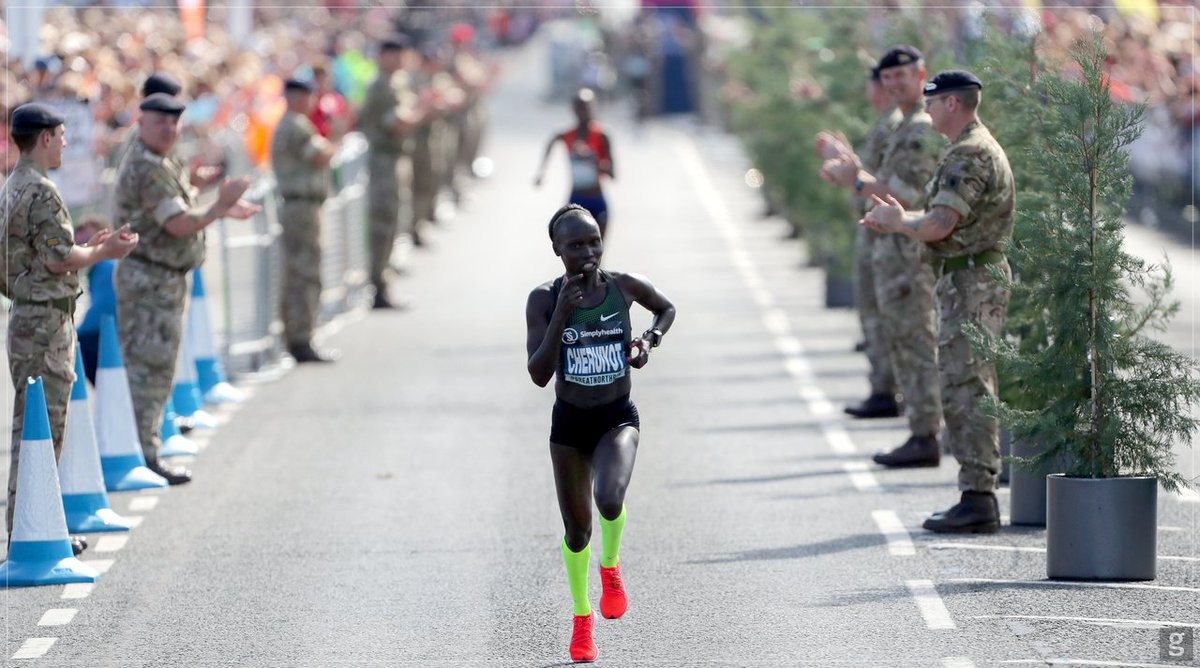
"There is a good physiotherapist in Germany, which my manager has planned to consult. I will go and get his expert opinion and then we will talk on what program I need to take," she said.
The London marathon silver medalist said she will be ready to contest for a slot in the Kenya team for the 2020 Tokyo marathon.
With Cheruiyot out, fans will still have a strong race in Berlin with defending champion and three-time winner Gladys Cherono seeking to retain her title. There is also Mare Dibaba of Ethiopia, the 2016 Olympic bronze medalist and the 2015 world champion, in the marathon.
In the past 12 years, the men's race at the Berlin Marathon has produced a string of world-class times with six world records into the bargain and the presence of Cherono and Cheruiyot could see them headline a show-stealing performance from the elite women in general.
"We are naturally delighted that we will be having the defending champion Cherono on the start line," said Race Director Mark Milde.
"Compared to the men, the women in Berlin have some ground to make up. With three very strong contenders in the line-up, the women's race on September 29 could be center stage."
The world marathon record stands at 2:17:01 for women only race posted by Mary Keitany back in 2017.
(09/20/2019) ⚡AMPBMW Berlin Marathon
The story of the BERLIN-MARATHON is a story of the development of road running. When the first BERLIN-MARATHON was started on 13th October 1974 on a minor road next to the stadium of the organisers‘ club SC Charlottenburg Berlin 286 athletes had entered. The first winners were runners from Berlin: Günter Hallas (2:44:53), who still runs the BERLIN-MARATHON today, and...
more...Uganda’s Felix Chemonges goal is to win the Scotiabank Toronto Waterfront Marathon
No Ugandan runner has ever won the Scotiabank Toronto Waterfront Marathon a blemish which Felix Chemonges wishes to eradicate October 20th on the race’s 30th anniversary.
"My goal is to win the race and improve on my personal best as I want to get selection with my Toronto performance for Tokyo 2020," he explains. "My future goals are to be a world class star."
"I have only run two marathons before, which were smaller marathons. Both times I finished second. Toronto will be my first big one and I am really looking forward to it."
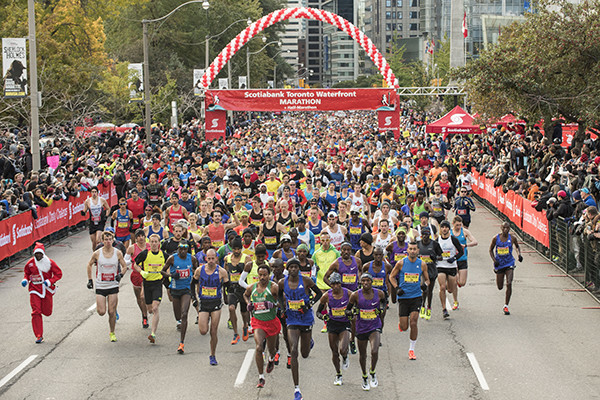
In recent years, beginning with the inspiring victory of Stephen Kiprotich at the 2012 London Olympics, Ugandans have strived to match the competitive results of their East African rivals from Ethiopia and Kenya. Now, with young athletes like the 23-year-old Chemonges (he turns 24 on October 10th), the country’s fortunes are indeed in good hands.
One of those aforementioned second place finishes came at the 2019 Linz (Austria) Marathon back in April and yielded a personal best of 2:09:19 but since then he has also lowered his PB at the half marathon distance with a 61:03 clocking in Zwolle Netherlands. That is, indeed, encouraging as he builds towards the Scotiabank Toronto Waterfront Marathon - an IAAF Gold Label race.
Netherlands based Global Sports Communications which represents world half marathon record holder Geoffrey Kamworor, world marathon record holder Eliud Kipchoge (both from Kenya) and Ethiopia’s world 5000m and 10000m record holder Kenenisa Bekele, in addition to Kiprotich, operates a training camp in Uganda where Chemonges trains.
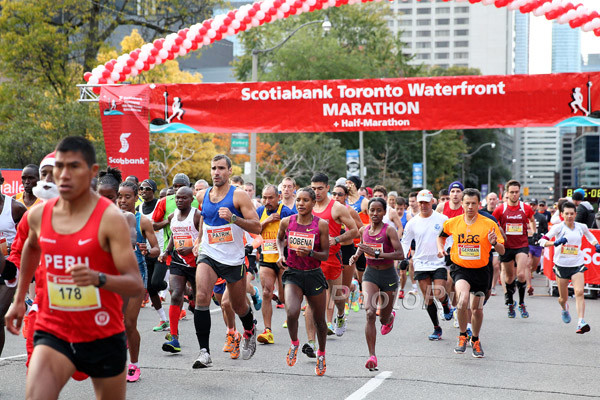
It is in Kapchorwa in Eastern Uganda which is around 50km from the border with Kenya. The elevation is roughly 2000 metres above sea level but they can reach even higher elevations nearby - perfect for training. "I live in the camp then we meet with other marathoners from different groups and train together," Chemonges says.
Under the guidance of coach Nalis Bugongo the group which can number as many as sixty athletes and includes Joshua Cheptegei, the 2019 IAAF World Cross Country Champion, Robert Chemonges (no relation) and Jackson Kiprop, winner of the 2019 Nagano Marathon, has a strict training regimen running twice a day.
Highlights are a 35 kilometre run on Thursdays and a Tuesday track session which sees the group running one kilometre ten times at 2:06 marathon pace with a very short recovery.
The camp is not far from the village of Chebungai where Chemonges grew up and where his siblings still live and farm, so he is able to return home on occasion. But like their Kenyan rivals they are incredibly dedicated to the end goal of achieving success on the roads. Everything points in that direction from getting enough rest as well as massage between training sessions, eating healthy and pushing each other.
It cannot be stressed enough what the impact of Kiprotich’s Olympic gold medal offered the young runners. Although he trains mainly in Kenya at the Global Sports Communication camp in Kaptagat he returns home on weekends.
"His medal has inspired me to strive for the same title and many medals for myself in the future," Chemonges says of the Olympic hero. "It’s the biggest inspiration for all of us from Kapchorwa region.
"I meet with him and he encourages me. We often train together when he is at home. He is the most well-known Ugandan and he also competed in Toronto last year."
The 2017 IAAF World Cross Country Championships were held in Uganda’s capital of Kampala which was an incredible source of national pride. Kiprotich returned home to be a member of the Ugandan team even though he is now a fully-fledged marathoner. At that point Chemonges had not yet distinguished himself. But that would change a year later.
Selected to represent Uganda for the first he finished 26th in the 2018 IAAF World Half Marathon Championships in Valencia recording a then personal best of 62:10. That was just four places ahead of Canadian marathon record holder Cam Levins who is also racing for Olympic selection in Toronto.
Later the same year he finished second at the Beirut Marathon, with a promising debut of 2:11:57 on a demanding course.
"We chose Beirut with my manager Jurrie as it was a good place to debut and learn the distance and be competitive," he reveals adding, "I learnt that I can run a faster competition and time when I prepare well and that I can be confident."
As for Toronto his knowledge is limited to what he has gleaned from his management and Kiprotich. "I just know it is a marathon in Canada with a strong course and it can be cold," and then adding rather prophetically, "And no Ugandan has won, so far."
(09/20/2019) ⚡AMPby Paul Gains
TCS Toronto Waterfront Marathon
The Scotiabank Toronto Waterfront Marathon, Half-Marathon & 5k Run / Walk is organized by Canada Running Series Inc., organizers of the Canada Running Series, "A selection of Canada's best runs!" Canada Running Series annually organizes eight events in Montreal, Toronto and Vancouver that vary in distance from the 5k to the marathon. The Scotiabank Toronto Waterfront Marathon and Half-Marathon are...
more...It’s never too late to take up running and begin banking many of the health and aging benefits
Men and women who start running competitively when they are in their 50s can be as swift, lean and well-muscled within a decade as competitive older runners who have trained lifelong, according to a buoying new study of the physiques and performances of a large group of older athletes.
The findings suggest that middle age is not too late to take up intense exercise training and begin banking many of the health and aging benefits of being an athlete.
Already, a wealth of research indicates that older athletes — known as masters — age differently than older people who are sedentary. Past studies show that competitive athletes in their 60s, 70s, 80s and even 90s tend to have more and healthier muscle mass, stronger hearts and much less body fat than non-athletes of the same age.
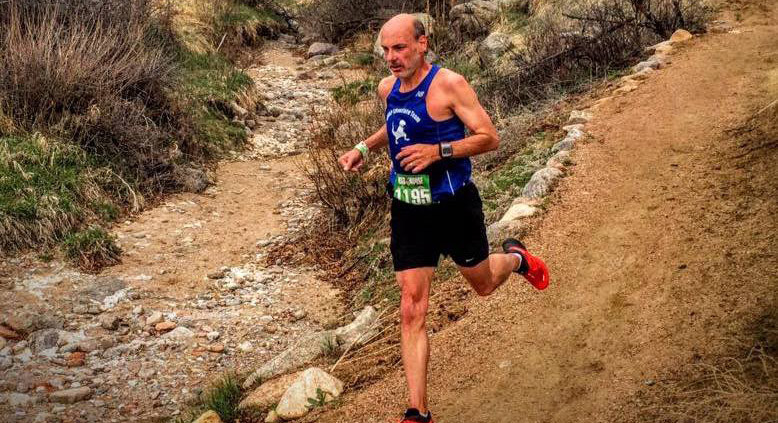
In essence, masters athletes represent “the model of healthy aging,” says Jamie McPhee, a professor of musculoskeletal physiology at Manchester Metropolitan University in England, who led the new study. “They have fewer long-term health conditions” than aging non-athletes, he says, “take fewer medications, have fewer hospital or medical visits, and their physical function is excellent.”
But many past studies of masters athletes have looked at participants, mostly men, who have trained for decades. Whether those of us whose work and family commitments, disinterest, ill health or long-term procrastination discouraged us from being serious competitive athletes earlier can start training in midlife and catch up to longer-term competitors’ performance and health has not been clear.
So, for the new study, which was published in August in Frontiers in Physiology, Dr. McPhee and his colleagues decided to find out. For more than a decade, he and his colleagues already had been studying the muscle and bone health of masters athletes, especially runners. Each of these runners had been at least 60 when he or she joined the study, and the researchers’ data showed that most displayed substantially greater muscle mass — although not necessarily bone density — than less-active older people.
Now they turned to this existing trove of data to look into whether it mattered, for health and performance, when athletes started training. The scientists focused on older distance runners for whom they already had extensive data about body composition, including their bone densities, muscle mass and body-fat percentages, as well as answers to lengthy questionnaires detailing how often and intensely the athletes had trained in every decade of their lives, beginning at the age of 18.
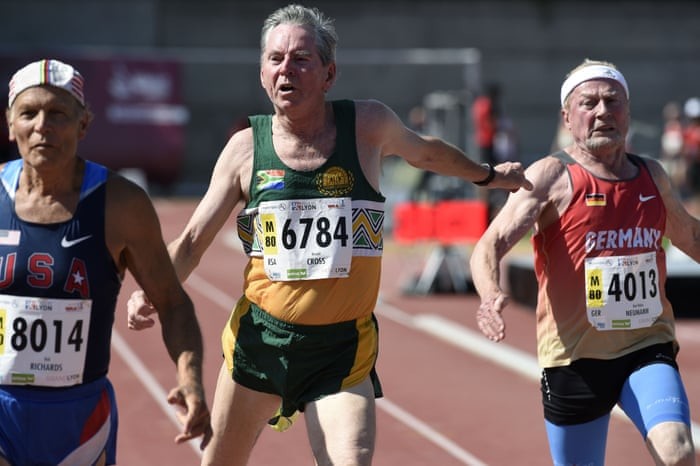
The records also tracked each runner’s times and placings in major races from the past two years. The runners had competed in a variety of distances, from the 800 meters to the marathon.
The scientists now gathered records for 150 of these masters runners and divided them into two groups, depending on when the athletes had begun training. One group, the early starters (mostly men), had been racing throughout adulthood, having often begun running as teenagers.
Both groups of runners showed about 12 percent greater muscle mass in their legs than the inactive control group and about 17 percent less body fat.
Only with bone density were the latecomer runners at a disadvantage. Their spinal bone density tended to be lower than among the control group or the long-term runners (whose spinal densities were comparable). The reasons are not clear, Dr. McPhee says, although they could relate to this group’s gender makeup.
The upshot is that it does seem to be “possible to catch up with those who have trained several decades longer,” Dr. McPhee says.
There are caveats, though. This study did not look at sports other than running or at markers of health apart from muscles and bones. It also did not delve into participants’ genetics or their physiques before they joined the study, either of which could have uniquely fitted them to become older athletes and might not apply to the rest of us.
But even with these provisos, the study’s findings are encouraging, he says, suggesting that, whatever our age, it may not be too late for us to become healthier and, if we so choose, late-blooming athletes.
(09/19/2019) ⚡AMPby Gretchen Reynolds
Richard Kilty is going to be the captain of the Great Britain and Northern Ireland team for the IAAF World Championships
World and European indoor gold medalist is keen to share his “experience and enthusiasm” with the squad at the IAAF World Championships
Sprinter Richard Kilty has been voted captain of the Great Britain & Northern Ireland team for the IAAF World Championships taking place in Doha starting September 27.
Kilty, who won the world indoor 60m title and European indoor gold medals in 2015 and 2017, received the most votes after every member of the 73-strong British team was given the chance to nominate their choice of captain.
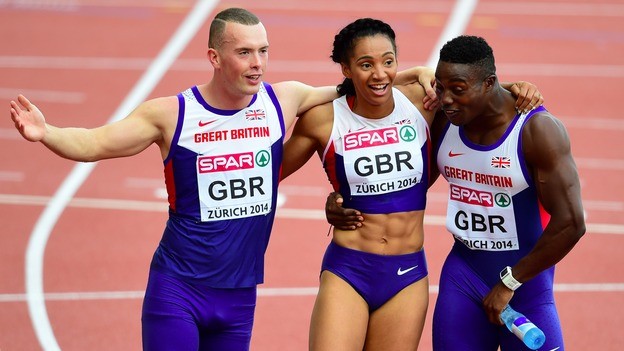
“It feels incredible,” said Kilty, who also recently captained Team Europe at The Match in Minsk. “It’s always a huge honor to represent the British team but to be selected as captain feels amazing. It will definitely go down as a special moment in my athletics career.
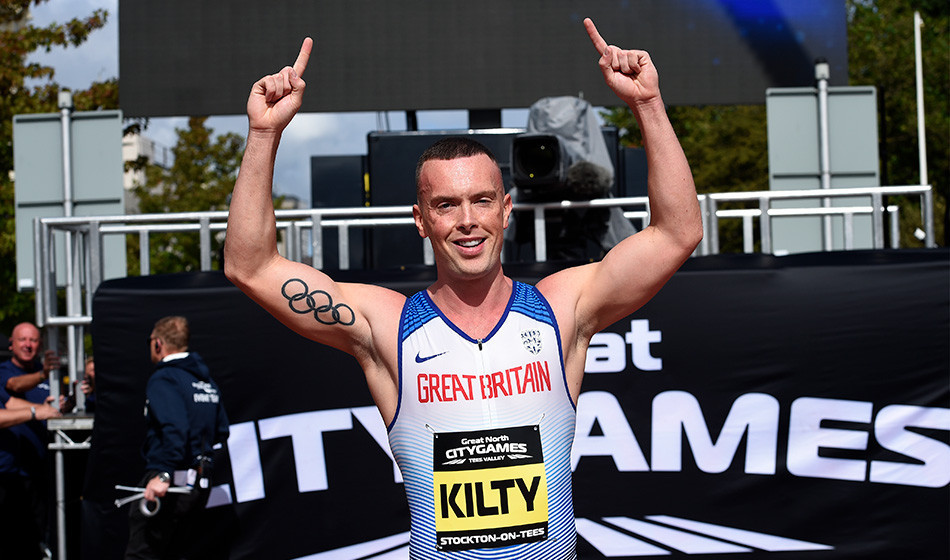
“The squad is so talented with many star athletes. A lot of the athletes in the squad have leadership skills and would do an amazing job at being captain so to think that they have voted me in is a huge honor and I’m over the moon with being captain.”
A European gold medalist in the men’s 4x100m relay from 2014 and reigning Commonwealth champion in the event, Kilty won the 200m at the European Team Championships last month and this season has also come within 0.05 of his 20.34 PB set in 2013.
Selected for his fourth successive world championships as part of the world champion men’s 4x100m relay squad, Kilty is the sixth British athlete to have been voted as captain by his fellow athletes and, as part of his role, will deliver the pre-championships captain’s speech at the British team meeting.
“It makes it extra special that my fellow athletes have selected me as their captain,” Kilty added. “I have lots of experience and enthusiasm, which I be sharing with the squad.
“I will bring energy and confidence to everyone around me from the athletes to the team staff. I’ve got a great story to tell and I will try my best to inspire the team every moment from my team speech and on a daily basis over the course of the championships.”
(09/19/2019) ⚡AMPby Athletics Weekly
IAAF World Athletics Championships Doha
The seventeenth edition of the IAAF World Championships is scheduled to be held between 27 September and 6 October 2019 in Doha, Qatar at the renovated multi-purpose Khalifa International Stadium. Doha overcame bids from Eugene, USA, and Barcelona, Spain to be granted the rights to host the 2019 IAAF World Championships in Athletics. Having hosted the IAAF Diamond League, formerly...
more...Ultra-runner Andy Day, has been training hard for the world-famous Spartathlon in Greece
A long-distance runner has been pounding the streets of Mansfield to prepare for one of the most historic races in the world.
Police officer Andy Day, who turns 50 in October, travels to Athens in Greece next week to take part in Spartathlon, a 153-mile ultra-marathon.
The race traces the footsteps of ancient Athenian Pheidippides who, in 490 BC, ran to Sparta to seek help in the Battle Of Marathon between the Greeks and the Persians.
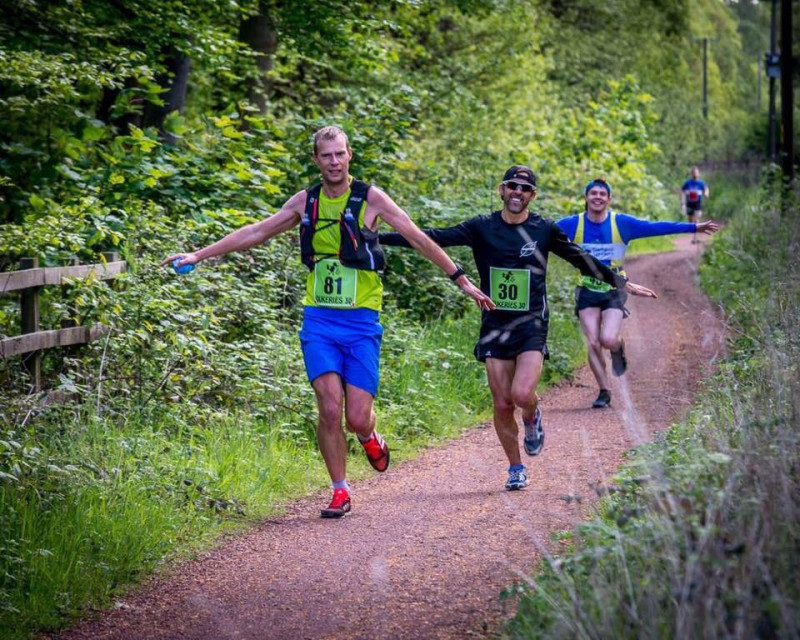
“Its history and distance make it the biggest event I have tackled,” said Day, of Berry Hill, who will be backed by his partner, Diane Hamilton.
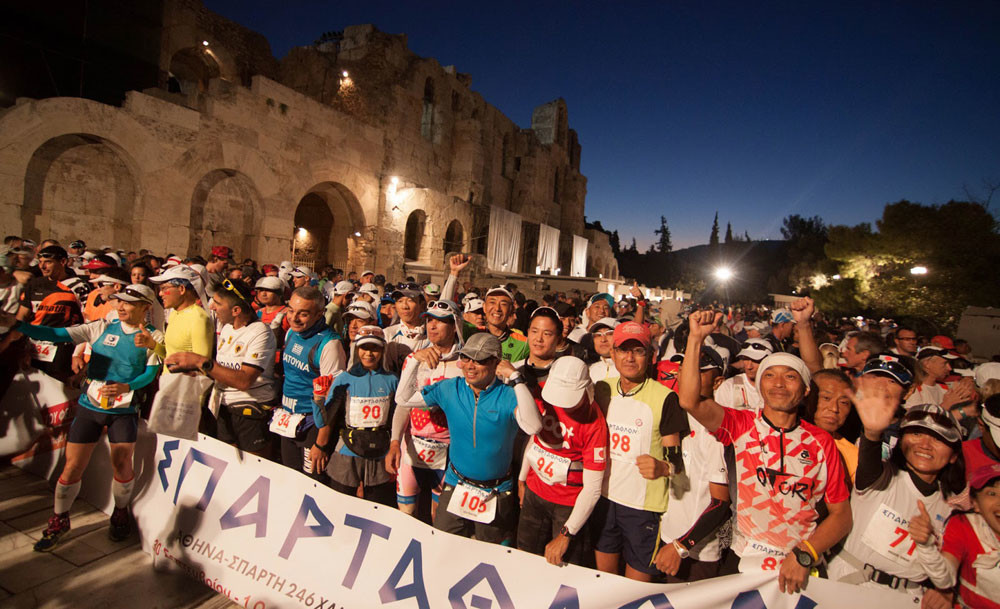
“I am going into the unknown, but I feel I am the fittest I have ever been, and I am really looking forward to it.”
Day, known to his friends as ‘Daysey’, took up ultra-running after national and international success as a cyclist and in duathlon. He then moved on to triathlon, but hated the swimming!
“I like to keep pushing the boundaries,” added Day, who is full of praise for his sponsor, Gallant Air Conditioning, of Mansfield, and his coach, endurance athlete Nathan Flear.
Although he won last year’s Robin Hood 100-mile race in Sherwood Forest, Day failed to post the time he needed for automatic qualification for the 390-strong field in Greece.
However, he won a place by ballot and has been training intensely, often getting up at 3 am to clock up to 100 miles a week, even though his work as a detective constable with West Midlands Police entails a 120-mile commute.
(09/19/2019) ⚡AMPSpartathlon
Spartathlon is the event that brings this deed to attention today by drawing a legend out of the depths of history. The idea for its creation is belongs to John Foden, a British RAF Wing Commander. As a lover of Greece and student of ancient Greek history, Foden stopped his reading of Herodotus' narration regarding Pheidippides, puzzled and wondering if...
more...Big Prize money awaits athletes at World Athletics Championships Doha with over 7.5 million US dollars on the line
Athletes down to compete at the IAAF World Athletics Championships Doha 2019 will share over $7.5US million in prize money.
In addition to the prize money, athletes who set a world record will be eligible for a special award of $100,000 offered by TDK and Qatar National Bank (QNB).
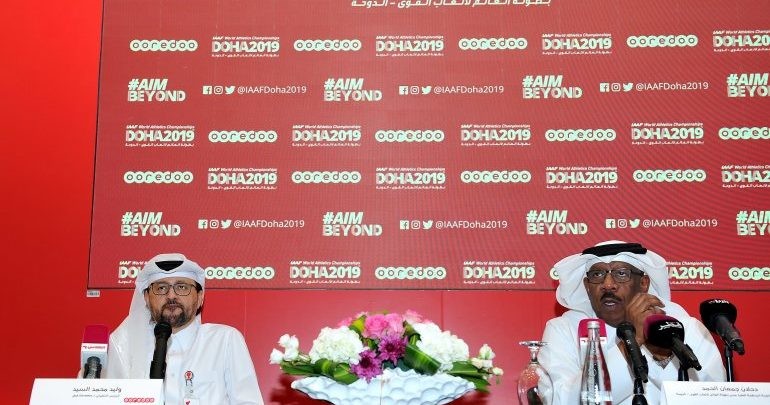
The winner of each event will walk away with $60,000 while relay teams will get $80,000 for the win.

All payments, however, are subject to the usual ratification process.
Prize money breakdown all in US dollars
Individual events - Gold $60,000, Silver $30,000, Bronze $20,000, fourth place $15,000, fifth place $10,000, sixth place $6,000, seventh place $5,000, eighth place $4,000.
Relays (per team).- Gold $80,000, Silver $40,000, Bronze $20,000, fourth place $16,000, fifth place $12,000, sixth place $8,000, seventh place $6,000, eighth place $4,000.
(09/19/2019) ⚡AMPby Kerry-ann Flanigan
IAAF World Athletics Championships Doha
The seventeenth edition of the IAAF World Championships is scheduled to be held between 27 September and 6 October 2019 in Doha, Qatar at the renovated multi-purpose Khalifa International Stadium. Doha overcame bids from Eugene, USA, and Barcelona, Spain to be granted the rights to host the 2019 IAAF World Championships in Athletics. Having hosted the IAAF Diamond League, formerly...
more...Des Linden is set to run the New York City Marathon
Des Linden of Charlevoix, Michigan, who won the 2018 Boston Marathon, will compete in the New York City Marathon on Sunday, Nov. 3.
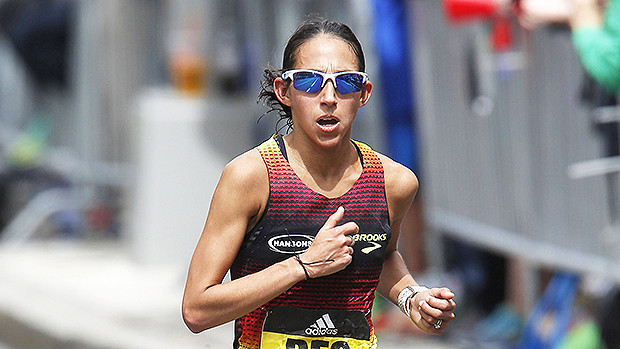
Linden, 36, who used to train with the Michigan-based Hansons-Brooks Distance Project, became the first American woman since 1985 to win the Boston Marathon when she prevailed in 2018.
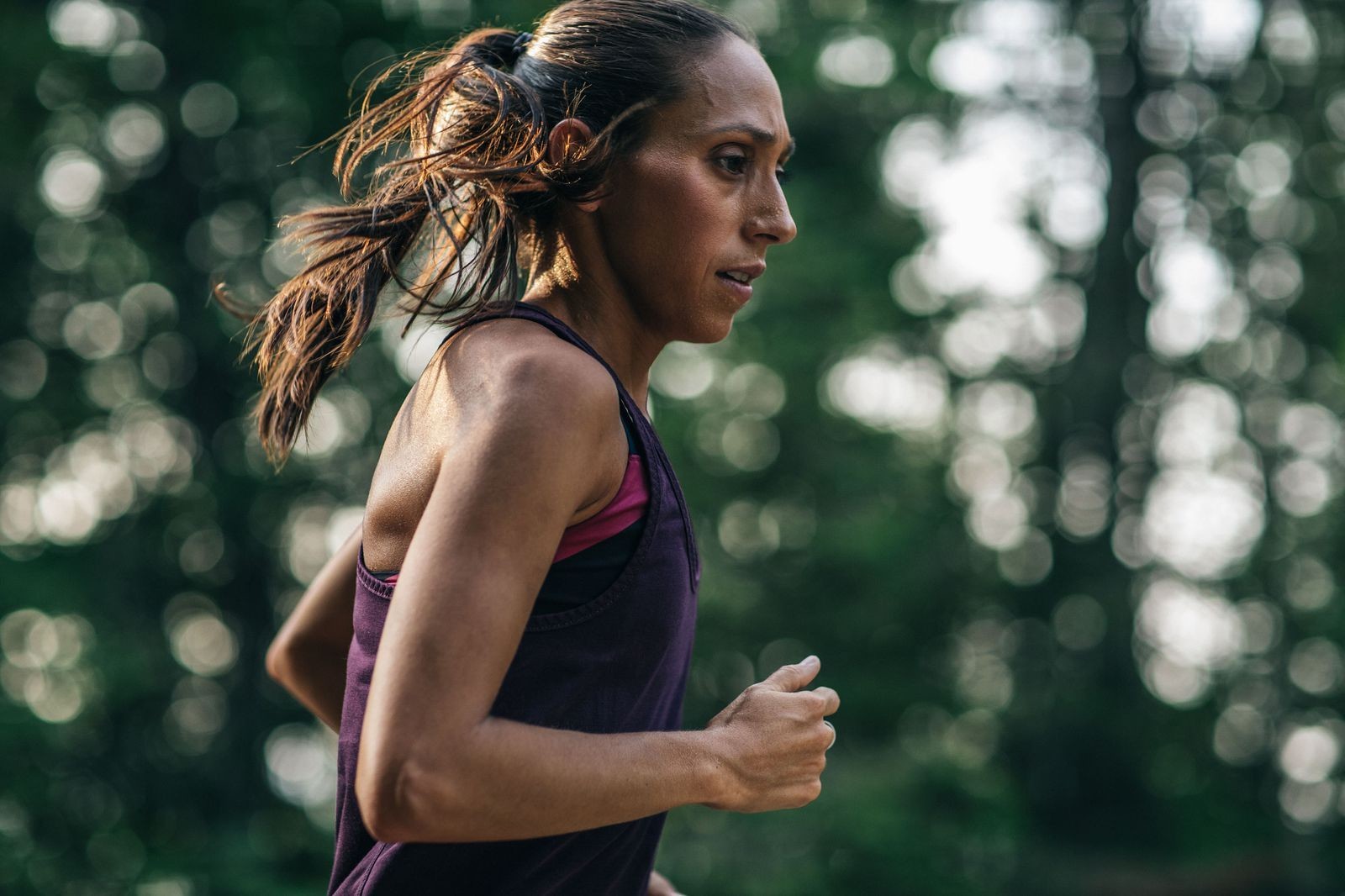
Linden, who is a two-time Olympian, finished sixth in last year’s New York City Marathon.
“The New York Road Runners always assemble a world class field, and I look forward to racing the world’s best through New York’s five boroughs,” Linden said.
“The championship-style race and the challenging course suit me well. I’m already looking forward to race day.”
(09/19/2019) ⚡AMPTCS New York City Marathon
The first New York City Marathon, organized in 1970 by Fred Lebow and Vince Chiappetta, was held entirely in Central Park. Of 127 entrants, only 55 men finished; the sole female entrant dropped out due to illness. Winners were given inexpensive wristwatches and recycled baseball and bowling trophies. The entry fee was $1 and the total event budget...
more...Rotterdam champion, Marius Kipserem from Kenya is also going to be a pacemaker for the sub two hour marathon challenge
Another elite runner has been named who will take turns pacing Eliud Kipchoge to what the world hopes will be the first-ever sub-two-hour marathon next month in Vienna.
Marius Kipserem of Kenya, who set a new course record of 2:04:11 at the 2019 Rotterdam Marathon, and who also won the inaugural Abu Dhabi marathon in December 2018 has joined the group.
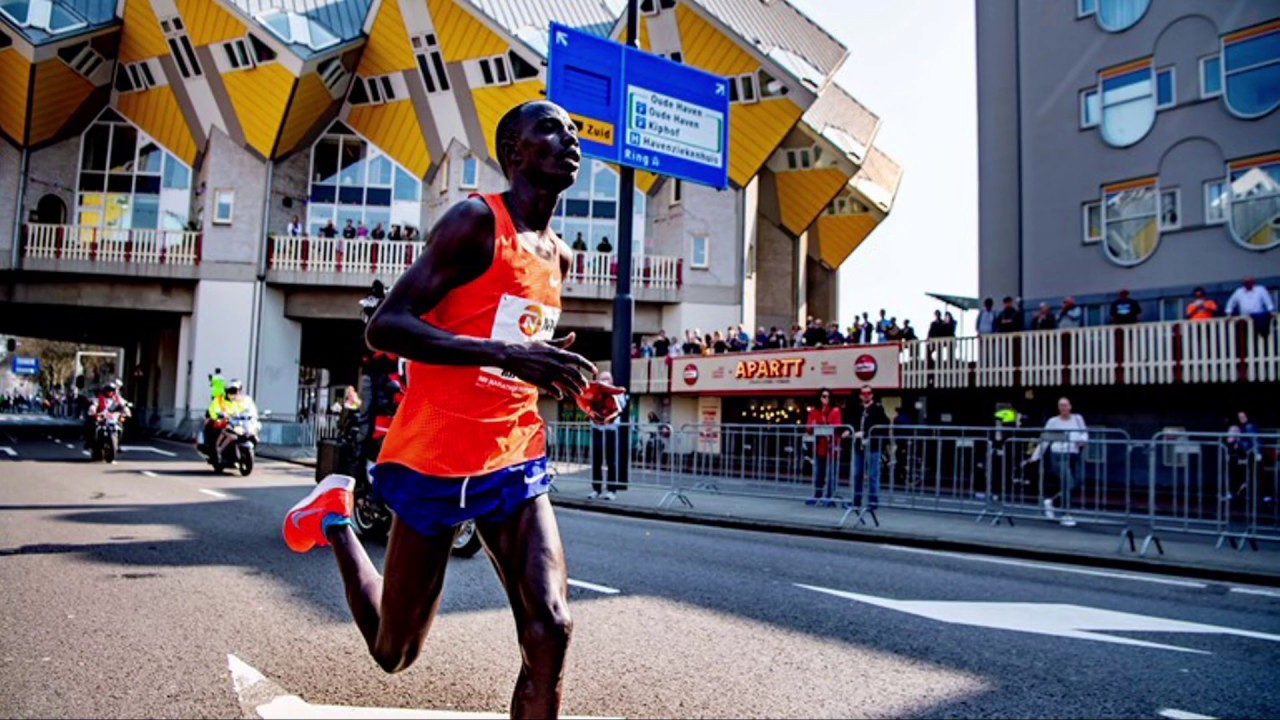
The runners participated in testing for the challenge in Vienna earlier this month, and will return to Vienna for the event, scheduled to take place October 12, with a window until October 20 if weather conditions should present an obstacle.
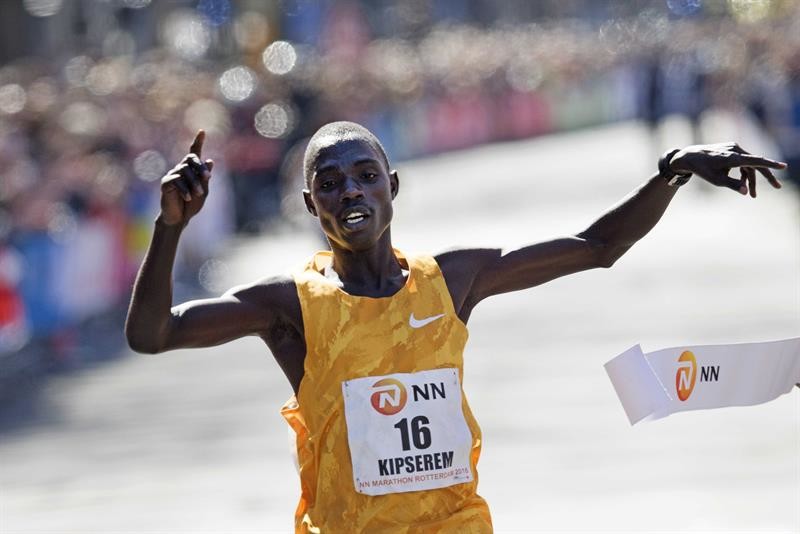
Kipserem is 31. His performance at Rotterdam ranks him as the sixth-fastest marathoner of 2019.
"It was a fantastic experience to be part of the testing in Vienna. All of us there were able to learn a great deal about what will be expected of us on the day of the challenge itself, when it is our aim to come together as one team and help Eliud Kipchoge make history," said Kipserem.
"During the weekend of testing, you could really feel the team come together as one and we are all united in the belief that Eliud can do this - he can be the first man ever to run a sub-two hour marathon. Our job as pacemakers is to do all we can to help Eliud make this happen."
(09/18/2019) ⚡AMPby Anne Francis
INEOS 1:59 Challenge
Mankind have constantly sought to reach new frontiers and to achieve the impossible. From Edmund Hillary reaching the summit of Mount Everest to Roger Bannister’s four-minute mile to Felix Baumgartner jumping from space we have frequently redefined the limits of human achievement and broken new barriers previously seen as simply impossible. After the four-minute mile and the ten second 100m...
more...Kenyan Laban Korir is eyeing gold at debut in the World Marathon Championships
Laban Korir is hopeful to end the year with victory at the World Marathon Championships in Doha, Qatar.
The 34-year-old has thrown down the marker and hopes his persistence, perseverance and patience will pay off as he makes his debut for Kenya team in the world championships.
"After I got the message from Athletics Kenya (that I was in the team) I was very happy. It is not easy to make the Kenyan team in the marathon," he said on Tuesday.
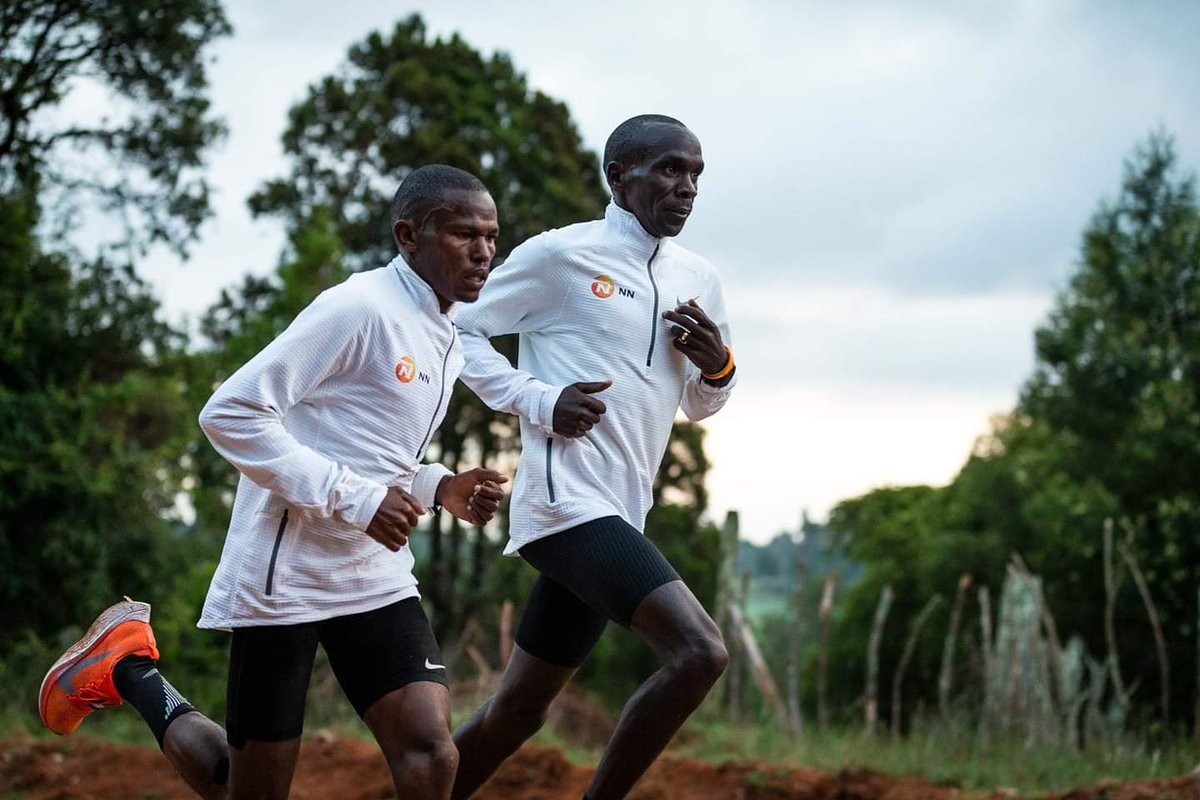
"You dream of making the Kenyan team but you think, no, it is not possible. I was so proud to be selected. I want to represent my country well."
After a sixth place in Boston - in baking hot temperatures which soared to a high of 31 C - and a respectable 11th in the Chicago Marathon (2:09:52), Korir is ready to face the heat in Qatar.
In 2014, Korir entered the marathon winners' circle for the first time with victory in the Toronto clocking 2:08:15, and he has had impressive consistency over the past three or four seasons.
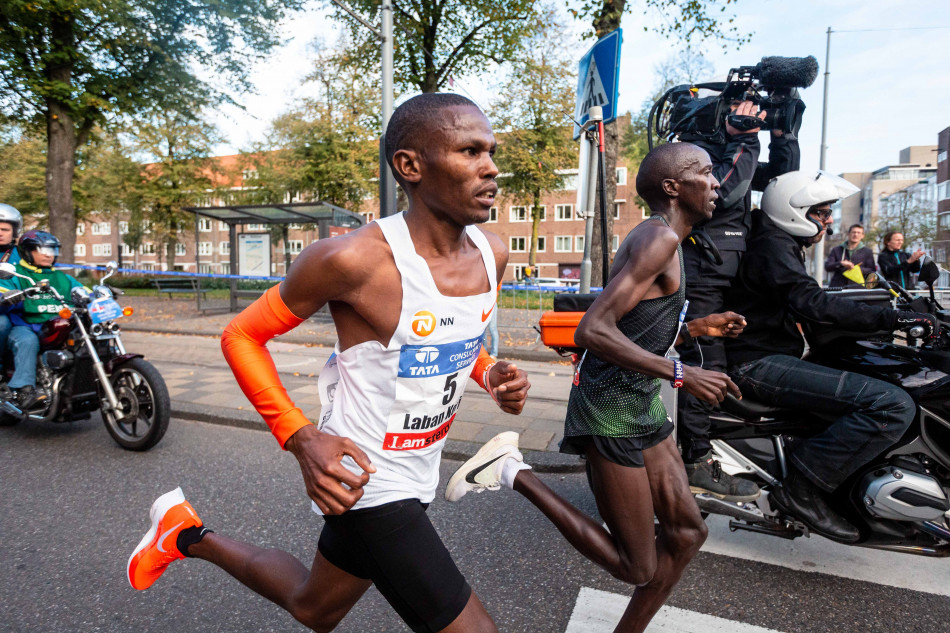
In 2016 he placed second in the Paris Marathon in 2:07:29 before running a personal best of 2:05:54 for fourth in the Amsterdam Marathon later that year.
In Doha, he will team up with defending champion Geoffrey Kirui, Amos Kipruto, Paul Lonyangata and Ernest Ngeno.
"If you are disciplined, work hard and are serious about every workout then this can lead to good results," explains Korir.
At the Barcelona Marathon in February a back injury, picked up a week prior, badly compromised his efforts to produce his best, but once again showing an indomitable spirit he battled to finish ninth.
"In my mind, I wanted to finish the race because I wanted to race at the World Championships. I have such a passion to represent my country," said Korir.
Training with two world and Olympic champions Eliud Kipchoge and Stephen Kiprotich, Korir knows he is learning from the best and will want to stand out as the best in Doha.
"The one thing I have learned is never to lose hope in your life. Anything can happen at any time and anything is possible. I'm very happy after all these years I will finally get the chance to represent my country," he said.
(09/18/2019) ⚡AMPIAAF World Athletics Championships Doha
The seventeenth edition of the IAAF World Championships is scheduled to be held between 27 September and 6 October 2019 in Doha, Qatar at the renovated multi-purpose Khalifa International Stadium. Doha overcame bids from Eugene, USA, and Barcelona, Spain to be granted the rights to host the 2019 IAAF World Championships in Athletics. Having hosted the IAAF Diamond League, formerly...
more...Kyle Hipol has overcome many obstacles to run the Air Force Half Marathon
Regardless of sustaining a knee injury, Staff Sgt. Kyle Hipol, a Defense Occupational and Environmental Health Readiness System support office consultant will run the Air Force half marathon on Sept. 21. Hipol said his training and dedication to preparing for the marathon has not only given him of sense of self-discovery but challenging himself to overcome any obstacles that may come his way.
Fully dedicated to training for the Air Force Marathon, Staff Sgt. Kyle Hipol hit a road block along the way after suffering an injury, but there was no stopping his determination that he would go over, under and around that road block in order to cross that finish line come Sept. 21.
Training since April, Hipol completely committed himself to run the full marathon by following a running training program and had even made changes to his diet. But unfortunately, his initial concern at the start of his training on what the physical toll it would take on his body came to fruition.
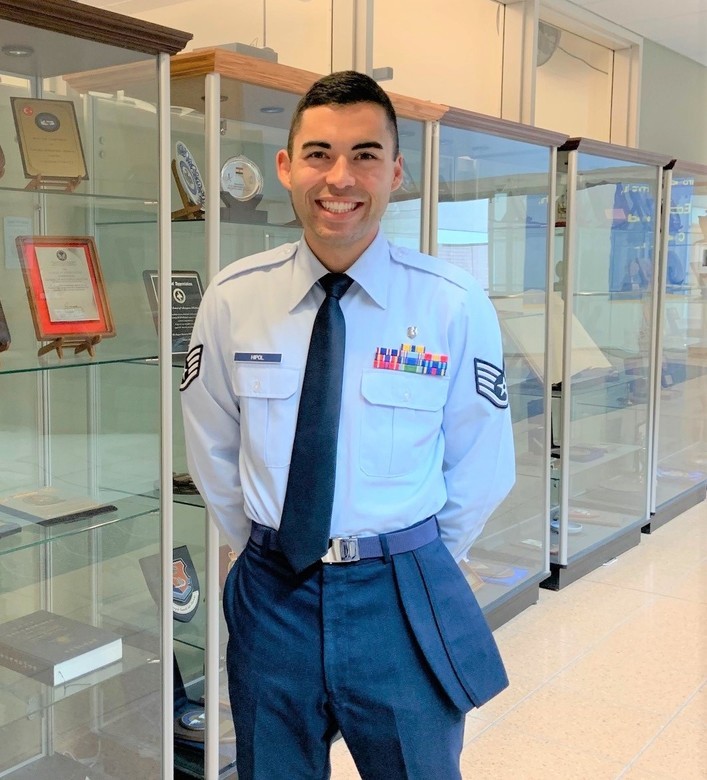
“I was running strong and making plenty of progress until I hit week 12,” said Hipol. “My training came to a snail’s pace, figuratively and literally, I could not run as fast, or as far, my knees were starting to give out.
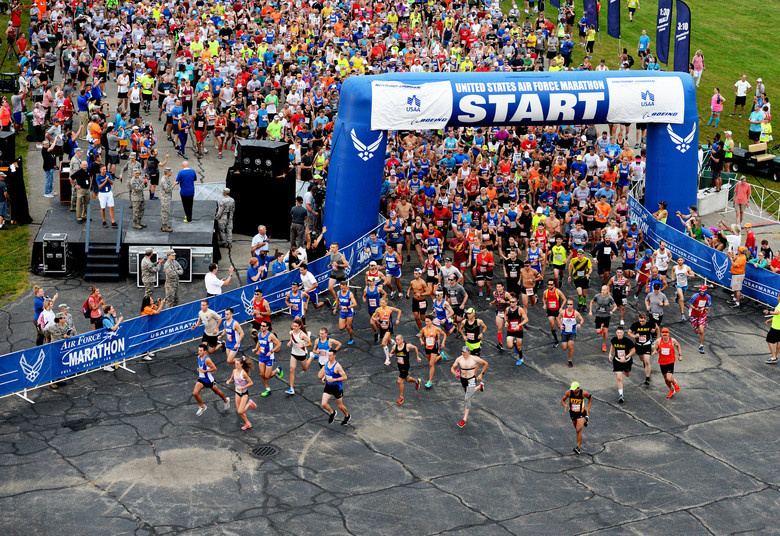
“I had pain with just about everything I did, walking up and down the stairs, playing with my dogs in the yard and even when I was lying in bed,” he said. “I’ve taken off the last five weeks to begin a daily regimen of rest, icing, compression, elevation and ibuprofen. This has been more challenging and stressful than the 12 weeks leading up to it.”
Regardless of his injury, Hipol said his training and dedication to preparing for the marathon has not only given him asense of self-discovery but challenging himself to overcome any obstacles that may come his way.
“I’ve learned that this marathon isn’t just a run and it’s not just a new challenge, it has become a passion project,” said Hipol. “Great preparation and great will is required to do all great things, I never realized how the easy stuff in life never held much reward. I can’t wait to celebrate at the finish line, and start preparing for what’s to come next.”
Ready to meet the challenge to run the half marathon, Hipol is keeping his positive attitude and is looking forward to race day.
(09/18/2019) ⚡AMPby Stacey Geiger
Air Force Marathon
The first official marathon was held on September 20, 1997, celebrating the 50th anniversary of the Air Force, and is held the third Saturday in September each year. 2023 marks the 27th year and is set forSeptember 16th, 2023. To commemorate our rich history in flight, each year one aircraft is chosen to be highlighted during the marathon and on...
more...IAAF´s president Sebastian Coe praises Tokyo 2020 marathon route after test event
International Association of Athletics Federations President Sebastian Coe has praised the Tokyo 2020 Olympic Games marathon course, after a test event was held in the Japanese capital.
The warm-up races on Sunday (September 15), known as the Marathon Grand Championship, saw Japanese athletes bid to win a spot on the host nation's Olympic team.
Shogo Nakamura and Honami Maeda won the men's and women's races, respectively, and can now look forward to their home Games next year.
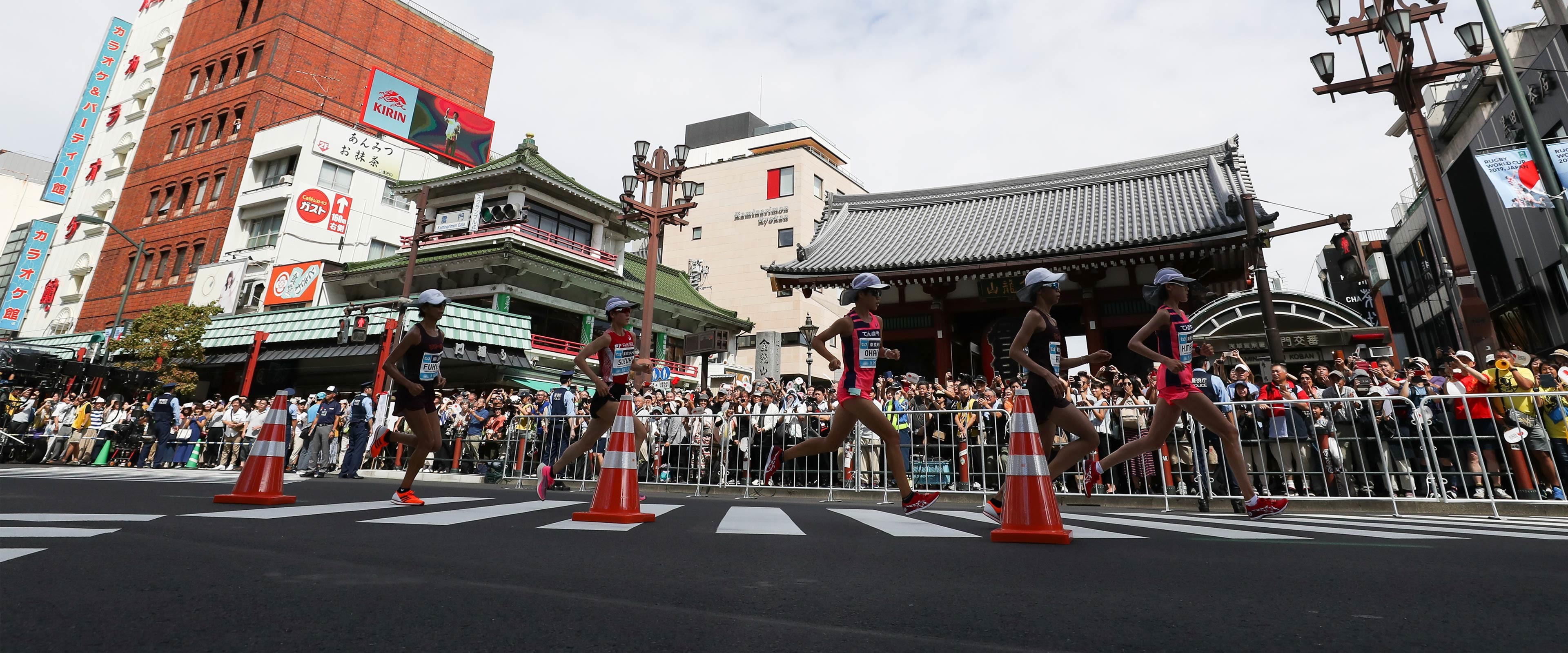
Second-place finishers Yuma Hattori and Ayuko Suzuki also qualified.
Runners followed the Olympic route but the start and finish, at Icho Namiki Avenue in Meiji Jingu Gaien Park, was different., as the Tokyo 2020 Olympic Stadium is still under construction.
Athletes passed by Tokyo landmarks including the Thunder Gate, Imperial Palace, Zojoji Temple and Nihombashi Bridge.
The course is mainly flat and similar to the one used at the Tokyo Marathon, part of the World Marathon Majors series.
"The marathon is a growing highlight of the athletics programme, with imaginative courses that show off the best of cities and are challenging for athletes and fan-friendly," said Coe, a double Olympic gold medalist for Britain over 1,500 meters.
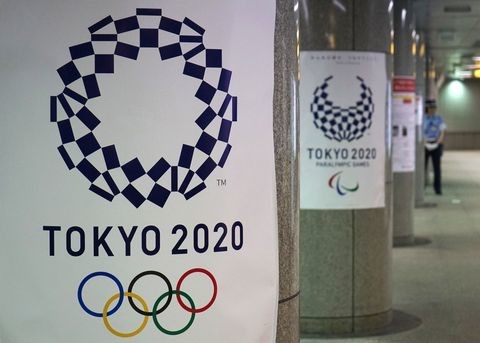
"This marathon course highlights the essence of Tokyo – a blend of tradition and modernity."
The heat at the test event reached up to 28 degrees centigrade with a 75 per cent humidity.
Even warmer conditions are expected when the Olympics are held in July and August, a major headache for organizers after dozens of heat-related deaths in Tokyo.
The Olympic marathons start-time has already been moved back to 6am to avoid the hottest parts of the day.
Organizers used the test event to assess issues they may face next year.
(09/18/2019) ⚡AMPby Dan Palmer
Tokyo 2020 Olympic Games
Fifty-six years after having organized the Olympic Games, the Japanese capital will be hosting a Summer edition for the second time, originally scheduled from July 24 to August 9, 2020, the games were postponed due to coronavirus outbreak, the postponed Tokyo Olympics will be held from July 23 to August 8 in 2021, according to the International Olympic Committee decision. ...
more...The King of the Half Marathon a three part article profiling Geoffrey Kamworor
Part I The King of the Half Marathon: The new half Marathon world record holder Geoffrey Kamworor with a 58:01 was born November 22 1992, and is 5'8" (1.72m) tall and weighs 128lbs (58kg), in a remote village called Chepkorio Keiyo south constituency in Kenya. The village is in the highland of the Rift valley with high altitude of approximately 8,300 feet (2500m). The place is very cool because of the near conserved kaptagat forest where they train daily.
Geoffrey trains with Global Sports Communications Management in Kaptagat just a few miles from his home. They train together with Marathon world record holder Eliud Kipchoge under Coach Patrick Sang. They share the same program with Eliud and has been part of the team helping Eliud in preparation for INEOS sub two hour marathon attempt in a few weeks.
The two world record holders in half and marathon are close friends and training mates. "Eliud really is like a brother to me. I always make sure I'm around him to be like him and always do what he is doing. He is my role model," Geoffrey says.
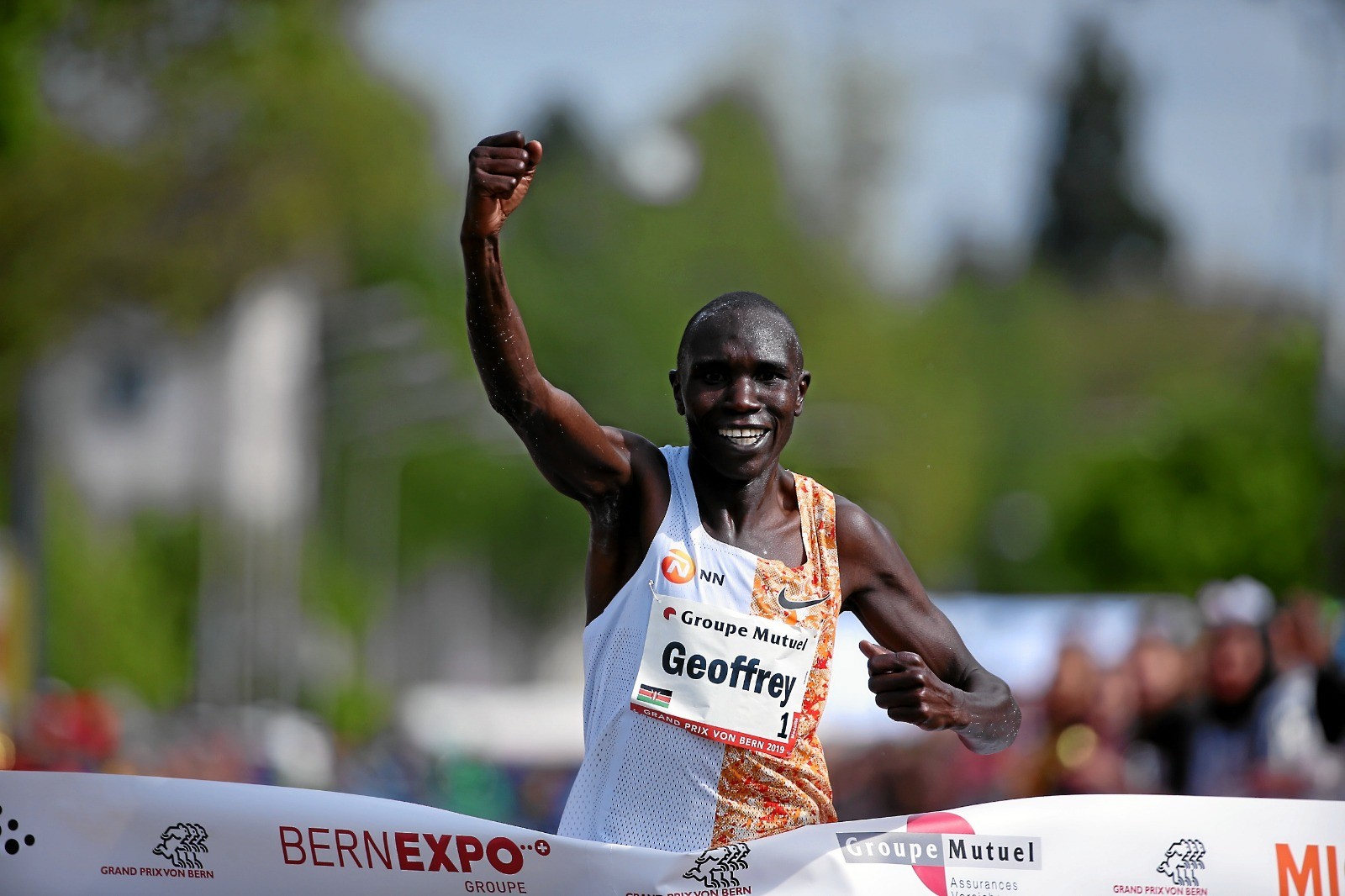
Eliud Kipchoge believes Kamworor is the one to break his marathon record due to the discipline and commitment he puts in training. "Owing to his hardwork and discipline in training. Geoffrey is absolutely the man and everything is possible if he continue to embrace great planning, preparations, management and coaches," says Eliud Kipchoge.
Geoffrey is a special type of athlete who is an all-around long distance runner that competes in cross-country, track and field(10000m and 5000m), half marathon and marathon races.
In Copenhagen the 26 year-old smashed fellow Kenyan compatriot Abraham kiptum world record by 17 seconds and improved his PB by 57 seconds clocking 58:01 in the Copenhagen half marathon Sunday September 15.
Geoffrey said he was inspired by fans and Eliud Kipchoge after breaking the world record. "I have won three world Half Marathon Championships titles and fans kept on asking me when I would break the world record. They said I am the one to do it and I told them my time will surely come.
"This was the time and God's time is always the best. This is really special for me even though the weather wasn't conducive, I improved by 57 seconds," said Geoffrey after the record win. The new king of the half marathon ran alone from 10km.
Geoffrey studied in Lelboinnet boys secondary school (named after white reindeer found along river bank). He loved athletics since childhood but never paid much interest as a full time profession.
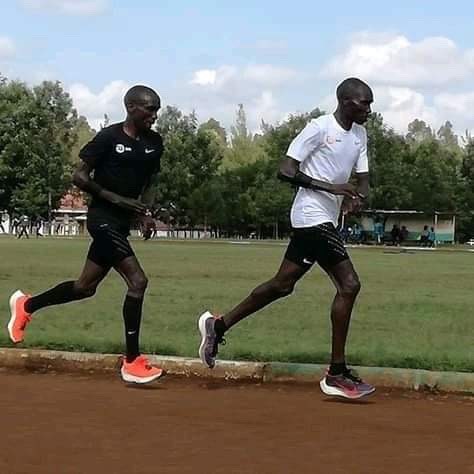
The inspiration came from within his village which is rich of athletics pedigree in 5000m, 10000m and the marathon. From the region, the world great long-distances like 2018 London Marathon champion Vivian Cheruiyot, 5000m millitary games winner Sammy Kipketer and Kenyan born who switched alleges to Qatar Albert Chepkurui.
During his Childhood Geoffrey used to sneak from his home to peep through the live fence to watch junior world stars training in Kapkenda Girls High school while still in high school.
The love for sports kept on growing causing him to rise after winning his first international medal in 2011 at World Junior Cross-country championship in Punta Umbria. He has won many races including: 2011 World Junior Cross-country championship, IAAF World half marathon Championship three times in a row, IAAF Cross-country championship 2015 and 2017, first World Marathon major 2017 New York City marathon etc.
Kamworor dream was to practice athletics and get scholarships to study law in USA like any other scholar runners. But he ended up being a policeman to enforce the law.
"I just wanted to practice athletics. I knew that might land me a scholar to USA , where I could pursue a degree in law. I enjoy English which is why I did well in my class," said Geoffrey.
Part Two of a three part series is going to explore what he does other than training to get ready to break world records. The story will take a detail look at his diet and look at other things he does including massage and what he does to relax and spend time with his family. He feels this is all important to be a world class runner.
(09/17/2019) ⚡AMPby Reporting from Kenya Willie Korir
Copenhagen Half Marathon
The Copenhagen Half Marathon was the first road race in Scandinavia and is one of the fastest half marathons in the world. The Copenhagen Half Marathon has been awarded with the International Association of Athletics Federation's (IAAF) most distinguished recognition - the IAAF Road Race Gold Label. Copenhagen Half Marathon was awarded the IAAF Road Race Bronze Label in January...
more...Two-time world champion Edna Kiplagat will lead Kenya's women team in the Doha world championship
At 39, two-time marathon World Champion Edna Kiplagat is going for gold and nothing less in the forthcoming Doha edition, having narrowly missed the title in 2017.
Kiplagat will lead a strong team that has Ruth Chepng’etich and Visiline Jepkesho in clean podium sweep mission, admitting Doha is not the best place for records but titles.
The London 2017 silver medalist and former New York marathon champion interestingly says she eyes up to 2021 world championships glory, when she will be 41.
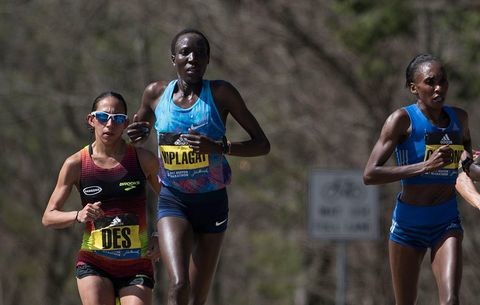
The women marathon team will to open Kenya’s medal hunt, when they hit the road shortly after the opening ceremony at the Khalifa International Stadium, on September 27.
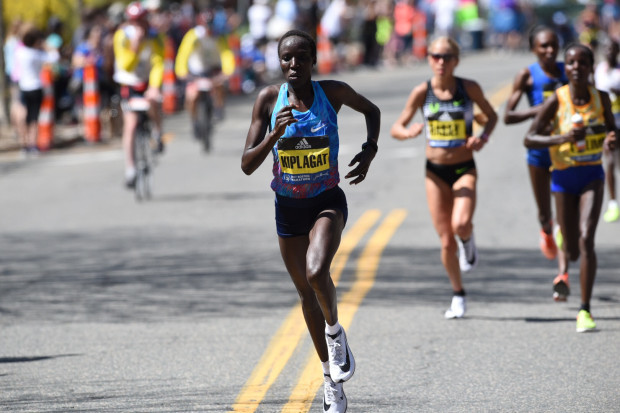
The 2017 Boston Marathon champion is set to make history as the first woman to win the world title three times. She is however conscious of the tough conditions expected in Doha.
“We are preparing well so far. We have done a few changes in training our training program because we are told the will be too much heat in Doha. We are therefore training hard in the day to get ready for the conditions there,” said Kiplagat.
With her personal best time of 2:19.50 set during the London Marathon in 2012, the former New York City Marathon champion is however not looking to better her time in Doha.
“In 2017 I tried my best, my target was to make history and win the third gold but fatigue derailed me in the last kilometers. This year I want to bring home the gold medal, the rest can come as a plus,” explained a confident Kiplagat.
The Daegu 2011 and Moscow 2013 marathon queen thinks she has unfinished business at the Worlds, and can do more beyond the Doha edition.
“I still believe I have energy to compete up to 2021, so Doha is not the last stop. If I make it there I can still push further in the next edition,” the decorated runner revealed.
She says a six-year wait for another gold is long enough and hopes to culminate into a glamorous end, after her dream for a third title was quashed by Kenyan born Bahrain’s Rose Chelimo in London.
“I leave it all to God, I believe in this team and with good team work we can conquer the world gain,” concluded Kiplagat, who almost quit after the 2017 loss.
(09/17/2019) ⚡AMPby Philip Muchiri
IAAF World Athletics Championships Doha
The seventeenth edition of the IAAF World Championships is scheduled to be held between 27 September and 6 October 2019 in Doha, Qatar at the renovated multi-purpose Khalifa International Stadium. Doha overcame bids from Eugene, USA, and Barcelona, Spain to be granted the rights to host the 2019 IAAF World Championships in Athletics. Having hosted the IAAF Diamond League, formerly...
more...Dathan Ritzenhein is Withdrawing from 2019 Chicago Marathon
Dathan Ritzenhein‘s injury woes continue. On Monday, Ritzenhein, the fourth-fastest US marathoner ever, announced that he is withdrawing from next month’s Bank of America Chicago Marathon due to chronic foot problems that “flared up some other areas.”
Ritzenhein’s Chicago preparations appeared to be going well. He ran 64:27 to win the Rock ‘n’ Roll Chicago Half Marathon on July 21, and ran 47:19 at the Crim 10-Miler in Michigan on August 24, his fastest performance over that distance since 2015. But after that race, Ritzenhein said, a nagging arthritis problem in his foot flared up and caused him to miss a few weeks of running. Fellow American Chris Derrick also withdrew from Chicago after suffering an ankle fracture at Crim.
“I’m feeling better now,” Ritzenhein told LetsRun.com, “but missed a few weeks of running and need a few more rebuilding.”
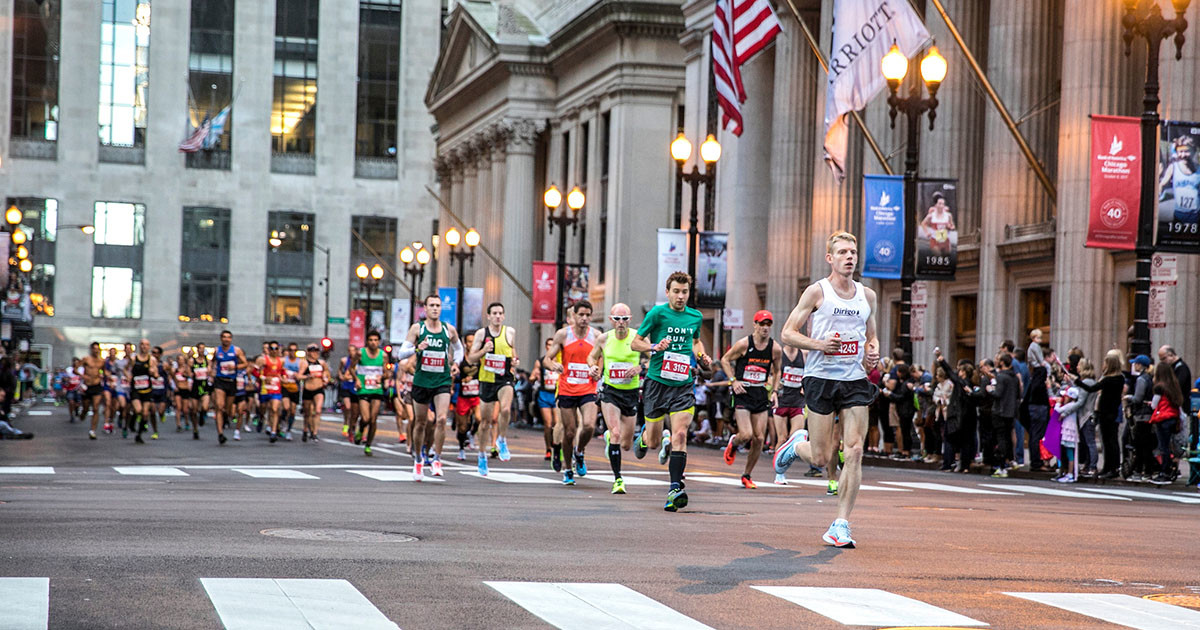
Ritzenhein said he still plans on being in Chicago on October 13 supporting fellow pro Parker Stinson, whom Ritzenhein has been coaching since last fall.
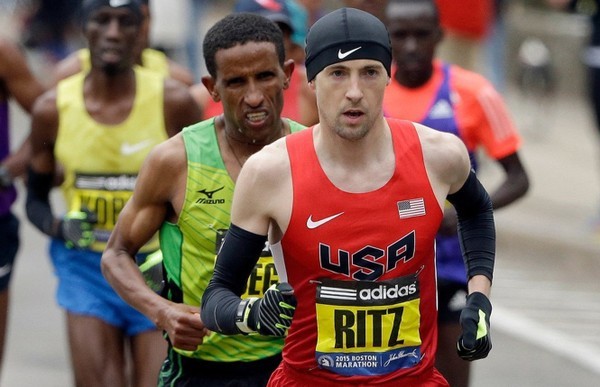
After making three consecutive Olympic teams in 2004, 2008, and 2012, injuries have consistently derailed the 36-year-old Ritzenhein in recent years. He was forced to drop out of the 2016 Olympic Trials and 2016 New York City Marathon and withdrew from the 2018 Boston Marathon just days before the race with a sacroiliac joint injury.
He has finished just one marathon in the last four years, placing 19th in Boston in April in 2:16:19 after attempting an abbreviated eight-week buildup in order to stay healthy.
While Ritzenhein officially broke the news of his withdrawal on social media on Monday, a poster on the LetsRun messageboard — who claimed to be the same person who correctly predicted that both Amy Cragg and Jordan Hasay would withdraw from Chicago last year — started a thread on Sunday predicting that Ritzenhein would withdraw from the race.
(09/17/2019) ⚡AMPBank of America Chicago
Running the Bank of America Chicago Marathon is the pinnacle of achievement for elite athletes and everyday runners alike. On race day, runners from all 50 states and more than 100 countries will set out to accomplish a personal dream by reaching the finish line in Grant Park. The Bank of America Chicago Marathon is known for its flat and...
more...Daniel Mesfun And Caroline Rotich were the winners at The 2019 Humana Rock ‘n’ Roll Philadelphia Half Marathon
Over 11,000 registered runners from age 12 to 89 took to the streets on Sunday to participate in the running of the 2019 Humana Rock ‘n’ Roll Philadelphia Half Marathon. Giving runners the opportunity to run to the Beat in Their Feet™, the 2019 Humana Rock ‘n’ Roll Philadelphia Half Marathon provided participants great music in a community environment as runners of all athletic levels enjoyed the sights and sounds of Philadelphia.
Daniel Mesfun of Eritrea put forth a dominant showing in the half marathon Sunday morning to win the overall race with an impressive finishing time of 01:02:58. Mesfun separated from the incredibly competitive field of elite runners before hitting the first mile marker, and held onto his lead for the duration of the 13.1-mile race despite the warm and humid conditions on Sunday. American Wilkerson Given (Atlanta, Ga.) came in second with a time of 01:03:29 while Somali born American and four-time Olympian Abdi Abdirahman (Tucson, Ariz.) followed in third place finishing in 1:03:32.
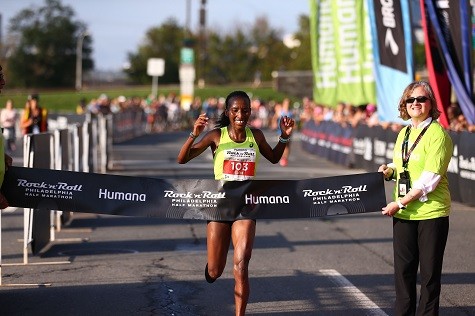
2015 Boston Marathon Champion Caroline Rotich of Kenya paced the loaded field of elite women, clocking a time of 1:11:00 to take home the top spot in the women’s half marathon. Becky Wade (Boulder, Colo.) followed in second with a time of 1:12:13 while up-and-comer Jordan Hasay (Portland, Ore.) rounded out the podium with a time of 01:12:35. Hasay has finished third in each of her two appearances at the Rock ‘n’ Roll Philadelphia Half Marathon.
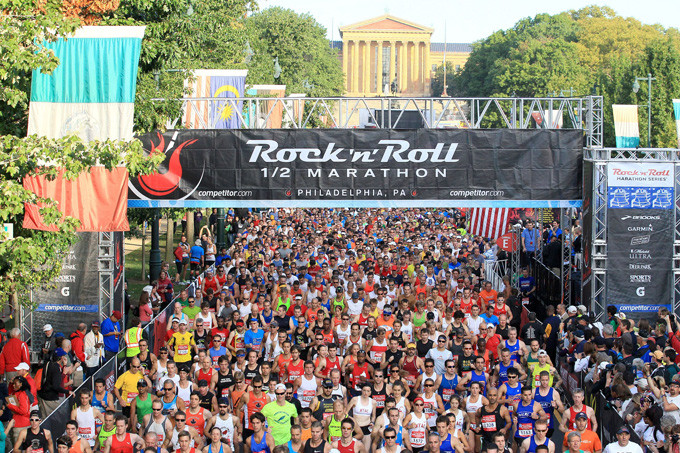
The best-in-class running event kicked off on Sunday morning with all three distances - the 5K presented by Brooks, 7.6K, and the half marathon- beginning at Eakins Oval.
(09/17/2019) ⚡AMPPhiladelphia Marathon and Half
Have the time of your life in 2022 completing 13.11 miles! Runners will start along the Benjamin Franklin Parkway in the cultural Museum District and wind through Philadelphia’s most scenic and historic neighborhoods. From the history-steeped streets of Old City, through one of the liveliest stretches of Center City, across the Schuylkill River...
more...Canadian record-holder Dave Proctor announces a second cross-Canada speed record attempt starting May 18, 2020
Canadian and world record-holding ultrarunner Dave Proctor, whose 2018 cross-Canada speed record attempt was thwarted by injury after 2,415 kilometres, has announced he will try again next year, starting on May 18. This time Proctor will run from east to west, starting in Newfoundland and finishing in Victoria, with the goal of completing the quest in 67 days. The current record, held since 1991 by the late Al Howie of Victoria, is 72 days, 10 hours.
Inspired by his experience as the father of a child with a rare genetic disease (his son Sam, 10, has RECA, which stands for relapsing encephalopathy with cerebellar ataxia), Proctor raised more than $300,000 from his runs for the Rare Disease Foundation last year. His latest accomplishment was two world records in treadmill running, set at the Calgary Marathon expo in May: the 12-hour and the 100-mile, which he set at 153.8K and 12:32:26. Proctor holds the Canadian records for 24 hours and 48 hours on the road.
“I’m ready to take this on and I’ve got so much more in the tank this time,” says Proctor. “My bodyhas recovered, and I am fitter than ever before, with more passion about our cause fueling me and the hundreds of communities supporting the run.”
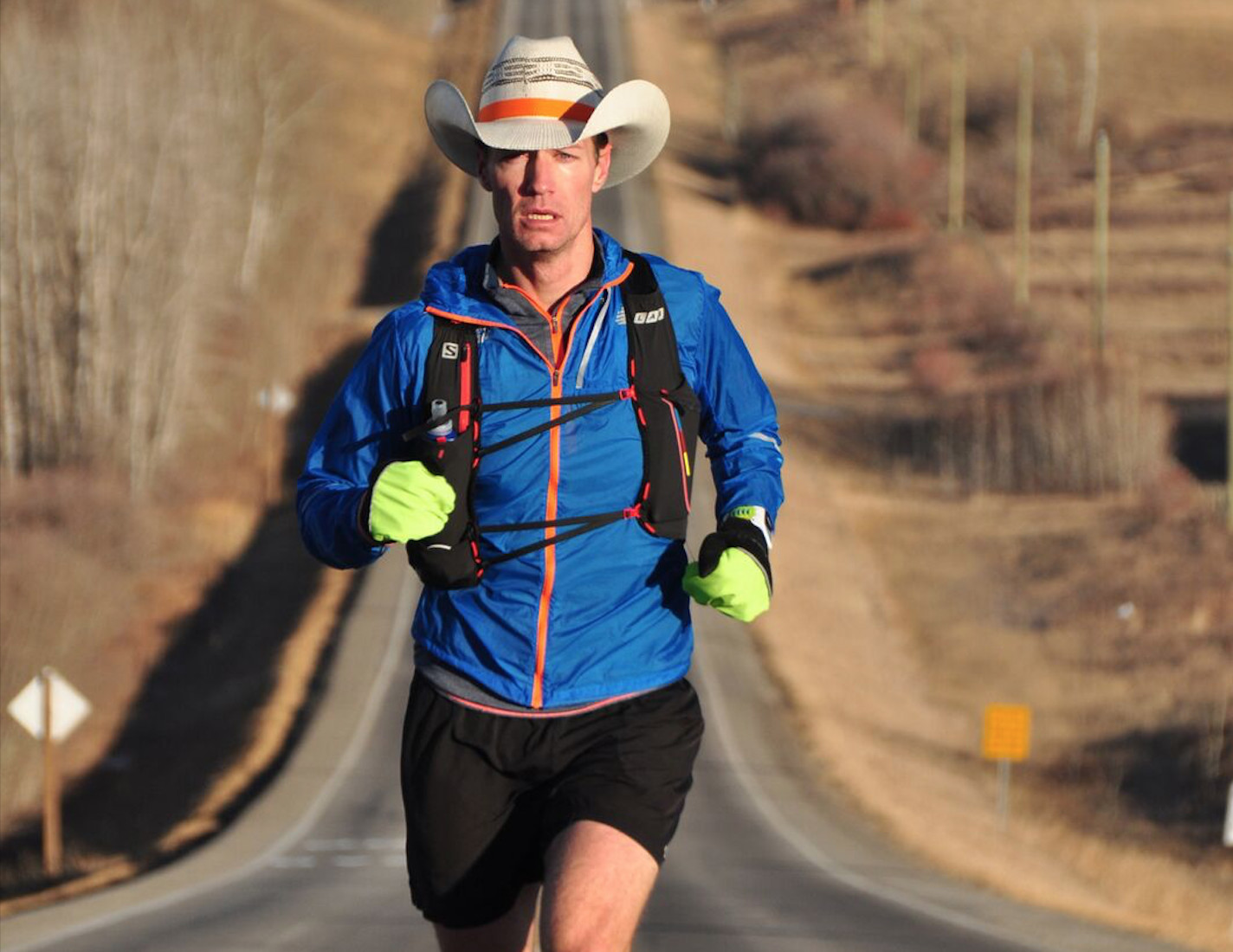
The announcement comes on the heels of the publication of the first biography of Howie, by Jared Beasley, who stumbled upon his story in 2014 after meeting and befriending one of Howie’s competitors from the 1980s. The two men belonged to a small subset of ultrarunners who ran mind-boggling distances in the multi-day races of the 1980s and 90s, which have almost completely disappeared.
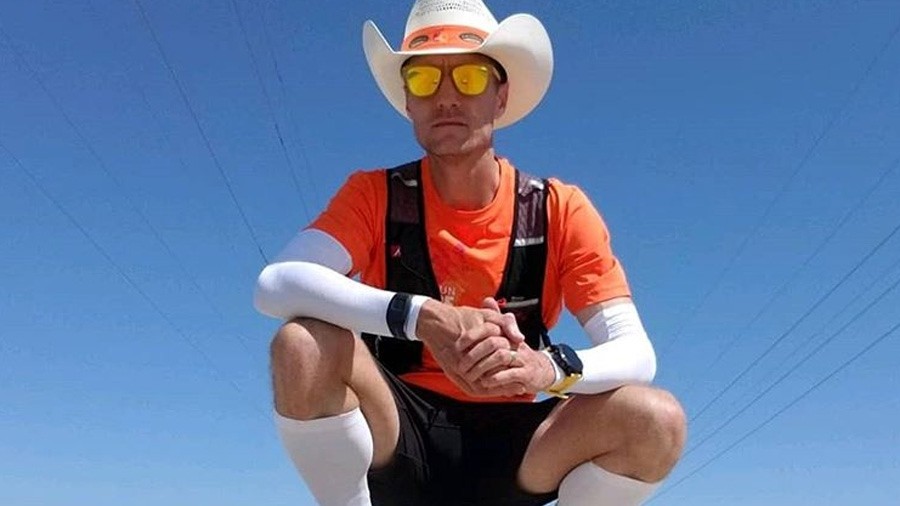
Howie was an eccentric and a loner with a complicated personal history, who mostly lived in poverty.
His habit was to start races at a blistering pace, creating a huge lead for himself before settling into a slower, more sustainable pace that he could maintain for days at a time. He met Terry Fox and Rick Hanson at the run that inspired Fox’s Marathon of Hope (the Prince George to Boston Marathon of 1979, in which Howie finished third). Howie was 46 when he set the cross-Canada speed record, and two weeks after completing the run, he broke his own course record at the Sri Chinmoy 1,300-mile race in New York.
Proctor will have to cover 105 kilometres, or the equivalent of two and a half marathons a day, to achieve his goal, which is to break Howie’s record by five days.
Proctor recently broke his own 48-hour record (unofficially) at the Six Days in the Dome event in Wisconsin, at which American ultrarunner Zach Bitter broke the world 100-mile record. Proctor is now looking ahead to Laz Lake’s Big’s Backyard Ultra, which starts on October 19 in Tennessee.
(09/17/2019) ⚡AMPby Anne Francis
So what was Geoffrey Kamworor drinking during his half marathon world record in Copenhagen?
Over the weekend, Kenyan runner Geoffrey Kamworor beamed through the streets of Copenhagen to set a new world record time in the half marathon: 58 minutes and 1 second. Despite strong headwinds at the start and having to run much of the race on his own after outpacing the designated pacers, Kamworor bested the previous half marathon record (set in 2018 by Abraham Kiptum in Valencia, Spain) by 17 seconds, averaging 4:25 per mile.
The feat wasn’t entirely unexpected. Kamworor has won the IAAF World Half Marathon Championships three times in a row, and on forums like LetsRun, many people had expected a world-record attempt, citing the intensity of his recent workouts with training partner Eliud Kipchoge (the current world-record holder in the marathon). But with roughly 10 kilometers left in the race, Kamworor did something no one saw coming: he grabbed a bottle off an aid station table and took a long drink.
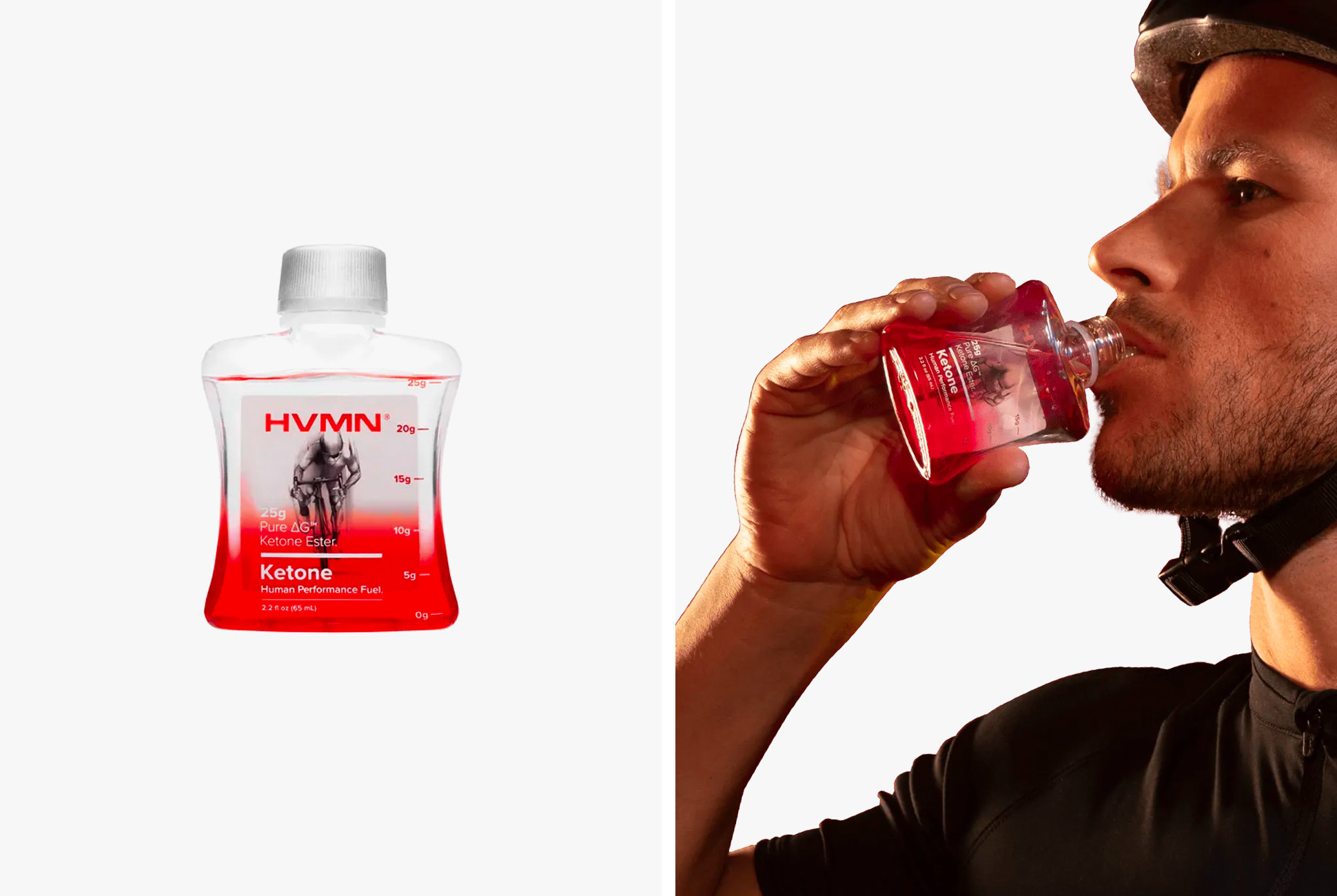
“You didn’t think that would happen,” one of the race commentators exclaimed mid-race. That’s because, unlike in marathons where runners drink carbohydrate-infused beverages to replace nutrients lost during the extended effort, many elite runners don’t hydrate at all during a half, particularly when they’re set in Copenhagen on a cool fall morning.
Kamworor’s drink might’ve been brushed off more quickly had the commentator not produced a hypothesis: “Maybe he’s got hold of the very famous drink that the bike riders are taking now in the Tour de France that actually was developed for the American Air Force and the NASA programs. They’re using it now, and it’s legal, so maybe it’s something like that.”
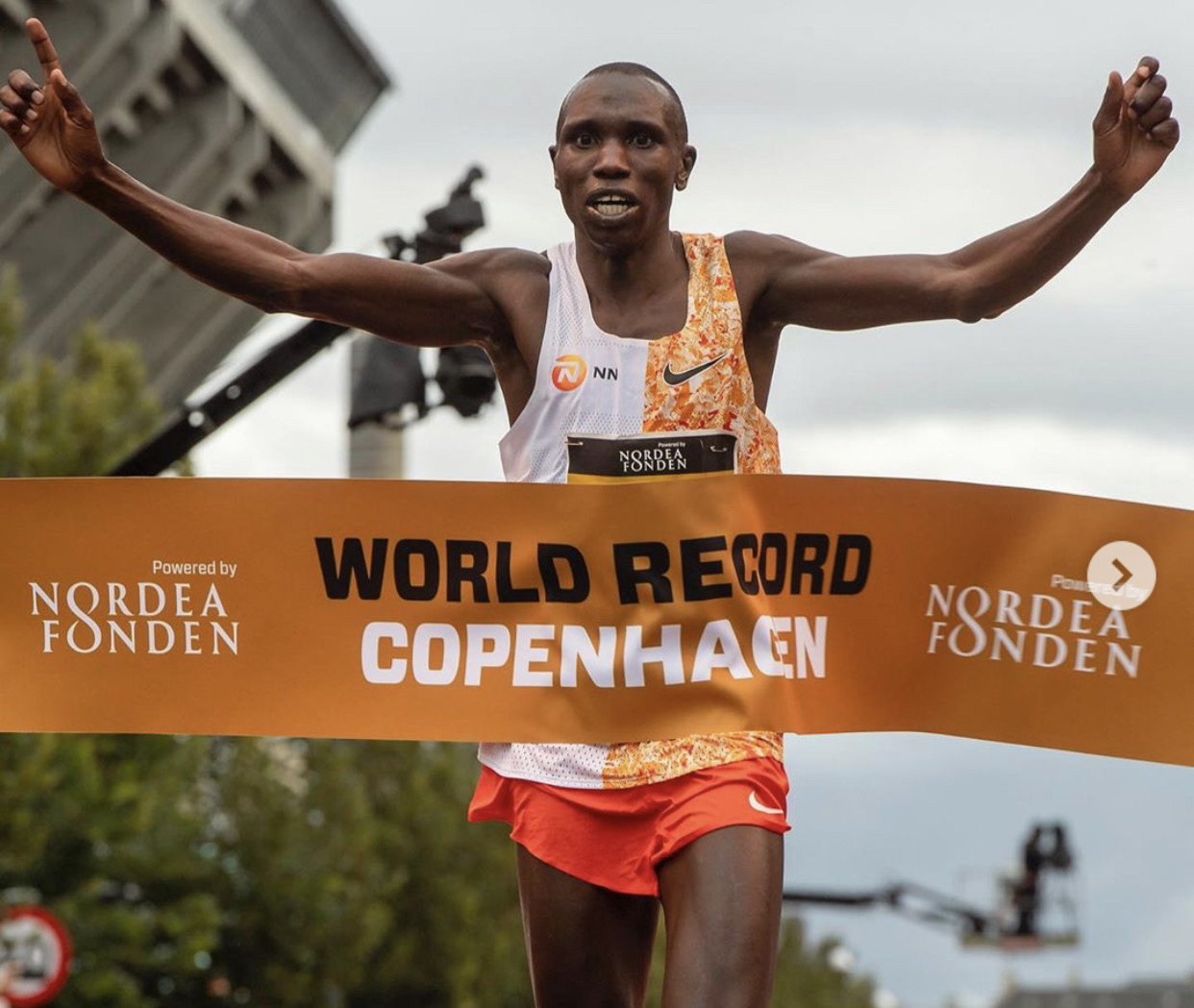
The “famous drink” that he’s referring to is a solution of ketone esters. When the liver doesn’t have enough carbohydrates to burn into energy and uses stored fat instead, turning them into ketones, a type of acid that the body can use as fuel (this is the basis of the keto diet). Ketone solutions entered the spotlight in the cycling world earlier this summer during the Tour de France, when Team Jumbo-Visma confirmed that they were using them to boost performance during the race.
Supplement companies have been quick to make synthetic ketones, which are classified as a food supplement, like vitamins, as opposed to a drug. Matt Johnson, former president of the EF Education First Pro Cycling team and cofounder and CEO of The Feed, wrote in a recent blog post titled “The Top Biohacks for Athletes” that ketones are a way to “supercharge your energy generation.” The Feed sells ketone ester by a company called HVMN, but stocking up on the stuff won’t come cheap — a single 2.2-ounce bottle costs $39.
At the moment, there’s no way to be sure whether Kamworor’s mid-race water bottle contained ketones (his team, NN Running, did not immediately respond to our request for comment). But if it did, his new record will affirm many athletes’ suspicions about the benefits of ketones, whether science backs them or not.
(09/16/2019) ⚡AMPFake snow might be used to keep spectators cool at 2020 Toyko Olympics
With just 10 months until the Tokyo Olympics, organizers are experimenting with various ways to keep spectators cool during what is likely to be a scorching hot and oppressively humid Summer Games.
Along with mist machines and so-called “parasol hats” (essentially an umbrella that sits on your head), organizers recently tested the effectiveness of a snow machine at the Sea Forest Waterway in Tokyo Bay, the venue for the Olympic and Paralympic rowing and canoeing events.

While you might expect to see such a contraption at the Winter Games rather than at its summer equivalent, the organizers were keen to see if it could serve as a way to stop the spectators from overheating.
During the test on Friday, the machine blasted around 300 kg (660 pounds) of fake snow over a crowd of volunteers sitting in the stands.
But it seems that the experiment didn’t quite go according to plan.
“Coarse shards of shaved ice”
For starters, instead of light, fluffy snow-like flakes floating down from the sky, the crowd had to endure what the Japan Times described as “fairly coarse shards of shaved ice.”
It added that with so much fake snow coming down in the space of just a few minutes, many in the crowd were “quickly soaked through,” adding that the “floor became slippery, resulting in one journalist taking a tumble.”
And when they measured the temperature around the stand after the snowfall, they found it to be exactly the same as before.
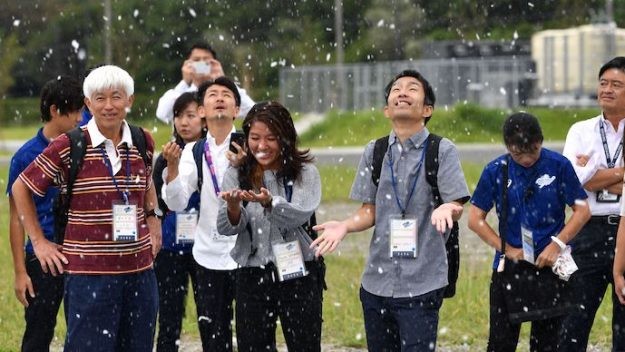
“We are trying everything possible to ease heat risks,” Taka Okamura, a member of the 2020 organizing committee, told the Times.
“This is not meant to cool the entire atmosphere but have spectators feel refreshed when the flakes of ice touch them,” Okamura clarified, while at the same time admitting that the system needs a little work.
Hot summers
The heat issue is a serious one for the organizers of the Tokyo Olympics, with concerns not only about the well being of spectators, but also the athletes and volunteers. In the space of just one week at the end of July 2019, more than 18,000 people across Japan were hospitalized with suspected heatstroke, with around 60 deaths reported. Last year’s summer was no easier, with the mercury going as high as 105.98F (41.1C) in a city close to Tokyo, though the humidity made it feel even hotter.
Organizers of the 1964 Tokyo Olympics avoided the high temperatures by scheduling it in October, but in recent decades the International Olympic Committee has insisted on summer dates for the Games as this results in the biggest payouts from global broadcasters who regard it as the best time of year in terms of audience potential.
(09/16/2019) ⚡AMPby Trevor Mogg
Tokyo 2020 Olympic Games
Fifty-six years after having organized the Olympic Games, the Japanese capital will be hosting a Summer edition for the second time, originally scheduled from July 24 to August 9, 2020, the games were postponed due to coronavirus outbreak, the postponed Tokyo Olympics will be held from July 23 to August 8 in 2021, according to the International Olympic Committee decision. ...
more...The Many Woes of Track and Field’s Biggest Event
The IAAF World Championships are happening when the season should already be over. Normally, at this point in the year, the summer track and field season would be a wrap.
Things are a little different in 2019. The biennial IAAF World Championships, which are usually held in mid-August, will this year take place in late September to early October. This is because they are happening in the runner’s paradise that is Doha, Qatar. While the small, oil and gas-rich emirate has been a fixture on the Diamond League circuit for years, the IAAF decision to stage a global championships in the country has been controversial, to put it mildly.
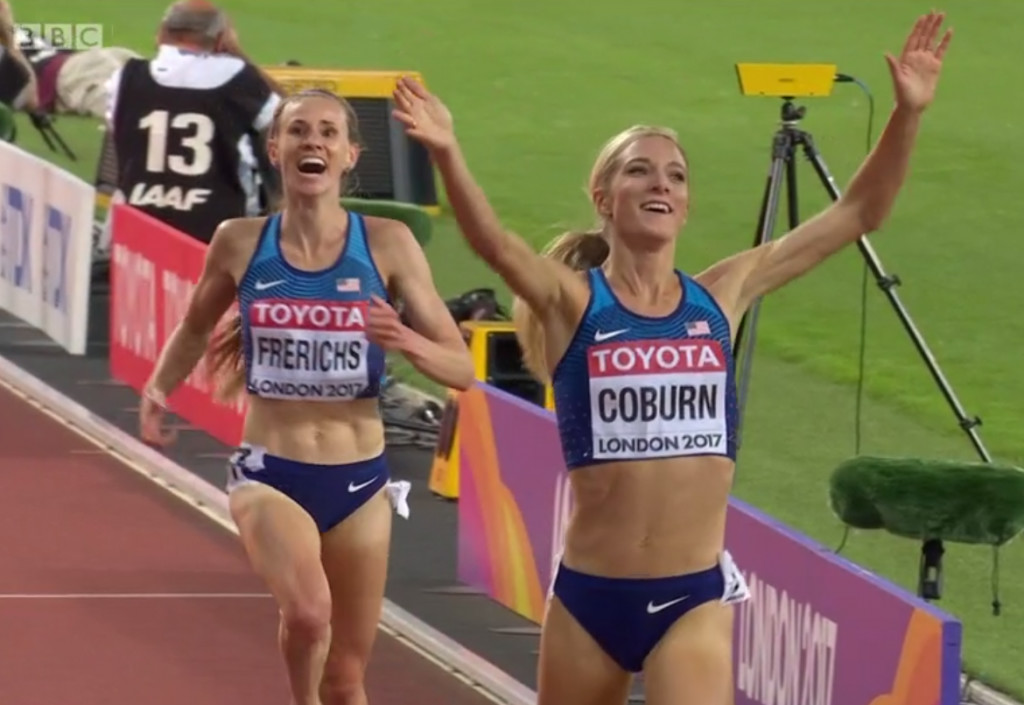
Here’s why.
The Heat Is Brutal
One could be forgiven for thinking that the Persian/Arabian Gulf isn’t the best place to stage an outdoor sporting event during the warmer months of the year. (The Doha Diamond League meet is always in early May.) In September, the average daily high in Doha still hits triple digits. That’s why the World Championships are taking place from September 27 to October 6. Even so, it is still likely to be quite warm, as evidenced by the fact that the marathon will start at midnight.
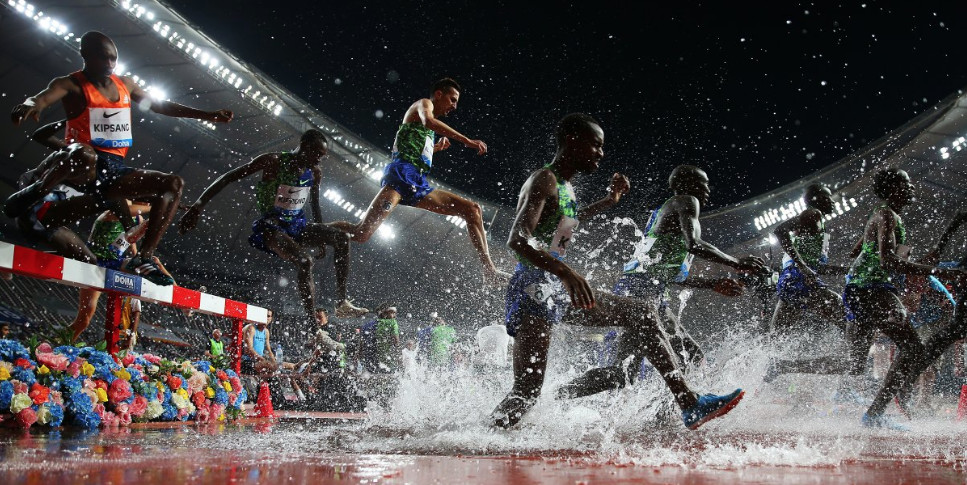
The Timing Is Not Ideal
“It always looked like a really strange choice for the IAAF to make,” Ed Warner, the former head of UK Athletics and chairman of the last World Championships in London, told the BBC in 2017 about the decision to bring the championships to Doha. At the time, Warner expressed concerns that postponing Worlds until the fall would mean that the event would have to compete with hugely popular broadcasts of Champions League and English Premier League soccer. By the same token, from an American perspective, one of the benefits of past IAAF championships is that they took place during a mid-to-late summer sports vacuum, before football season and baseball playoffs could hijack a potential viewership.
Migrant Workers Have Been Exploited
The decision to stage the championships in Qatar leaves the IAAF vulnerable to criticism that the organization is turning a blind eye to human rights abuses. In 2010, Qatar was picked to host the 2022 FIFA World Cup, which means that the country has been getting a double dose of media scrutiny for years. As a consequence, there have been reports from Amnesty International of widespread exploitation of migrant workers, who, according to the NGO, make up 95 percent of the Qatari labor force. Khalifa Stadium, which will be also major venue for the 2022 World Cup, has been a particular focal point. Construction workers on the site have complained to Amnesty International about having their pay withheld for months, only to eventually receive far less compensation than they were originally promised.
There Have Been Allegations of Corruption
The 2019 World Championships are also a stark reminder of a legacy that the IAAF is desperately trying to leave behind. The decision to award the championships to Doha was made back in 2014, when the IAAF was led by Lamine Diack, the Senegalese businessman who has since been accused of, among other things, accepting bribes to cover up athlete doping violations. As with Qatar’s successful bid to host the World Cup, where a number of prominent FIFA officials have since been arrested on corruption charges, there is reason to be suspicious that bribery may have also played a role in bringing the World Championships to the emirate.
Of course, one could argue that it’s not worth dwelling on the potential downsides of a decision that was made years ago and can’t be undone. Like it or not, in just over two weeks, the World Champs will be kicking off in Doha.
But given the public relations power of mega-events like the Olympic Games and the World Cup (and, yes, even the humble IAAF World Championships) we should be skeptical, even as we allow ourselves to be seduced by the drama of what’s happening on the track.
So I’ll still be watching the World Champs in Doha. It’s better than football in any case.
(09/16/2019) ⚡AMPby Martin Fritz Huber
IAAF World Athletics Championships Doha
The seventeenth edition of the IAAF World Championships is scheduled to be held between 27 September and 6 October 2019 in Doha, Qatar at the renovated multi-purpose Khalifa International Stadium. Doha overcame bids from Eugene, USA, and Barcelona, Spain to be granted the rights to host the 2019 IAAF World Championships in Athletics. Having hosted the IAAF Diamond League, formerly...
more...Universal Orlando is hosting its first-ever running race in 2020
Now, it’s Universal’s turn to join the runcation business in Orlando by adding it’s first-ever running race.
The race, dubbed the Universal Epic Character Race 5K and 10K, is scheduled Feb. 1 and 2 through both Orlando theme parks although Universal didn’t give further details on the course through Universal Studios Florida and Islands of Adventure.
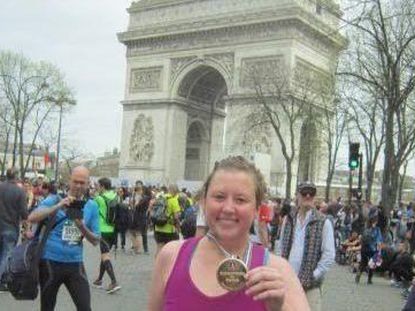
“Universal Orlando’s Epic Character Race will provide runners with the chance to race surrounded by their favorite characters within some of the most immersive theme park environments ever created,” a press release said.
The race includes a medal, swag and character photo opportunities.

Registration goes on sale October although Universal didn’t release the cost.
Universal said more details, including a sneak peak at the medal, are coming later.
The Orlando race comes after Universal added running events to its park in Hollywood.
(09/16/2019) ⚡AMPAlastair Walker, is set to take on the Bank of Scotland Great Scottish Run 10k
A Border athletics enthusiast is set to take on the Bank of Scotland Great Scottish Run 10k – with speed the name of the game.
Alastair Walker, from Hawick, is no ordinary amateur runner, however – he was recently crowned the fastest man over 60 after winning the World Masters in Malaga last September.Running hasn’t always been the focus for Alistair, though, and his race to becoming the fastest man in the world aged over 60 started late.
The 62-year-old grandfather said: “Like most people from Hawick, rugby was my first passion.“However, after a few injuries on the pitch, I discovered running and was instantly hooked.
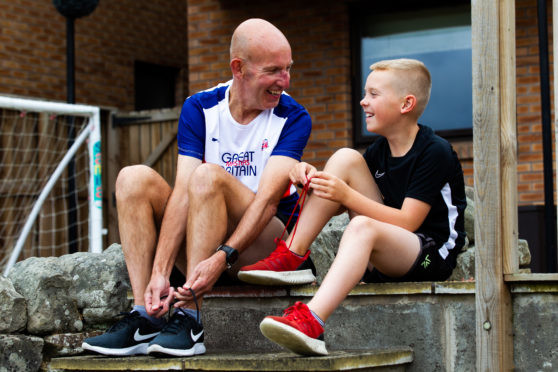
I took it quite seriously and got to a competent level, even representing Scotland on a few occasions.“You need to dedicate a lot of time to compete at a serious level and, although I enjoyed the sport, I fell out of love with the training and gave up on running just like that.
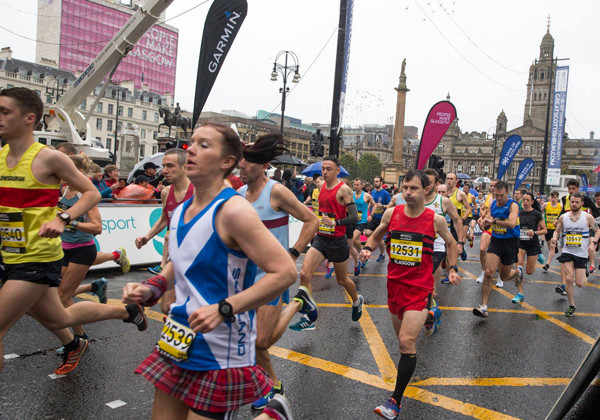
“It took my son and grandson, who both love running, to compel me to give it another go, and at the age of 58, I laced up my trainers again and haven’t looked back.
“Since then, I’ve had a bit of success, winning the World Masters in Malaga which, I guess, makes me the fastest man in the world over 60 years old – not bad for someone who hadn’t run for 28 years.
“Looking back, if I had continued running when I was younger, I would probably be racked with injuries and certainly not holding the World Masters title. It’s really given me a new lease of life.
Alastair, a member of Teviotdale Harriers, said: “It really is important to get outdoors and be fit and active, particularly the over 60s. Being fit helps to fight off so many problems that people can encounter when they get older – whether it’s mental or physical ailments.
I really do think anyone who sees what I’ve achieved, at this stage of my life, will be motivated.
“I’ve been lucky enough to be invited to take part in this year’s race. I have seen it quite a few times on TV and it has always looked fantastic, with the crowds cheering on the runners and everyone taking part enjoying themselves.
“It also just comes hot on the heels of taking part in the World Masters in Venice this year, so I should hopefully be in good shape for Glasgow.
(09/15/2019) ⚡AMPGreat Scottish Run
Experience the inspiring atmosphere of Scotland’s biggest running event and achieve something great this autumn. This spectacular weekend of running is a celebration of sport that is suitable for the whole family and is televised live on the BBC. The Bank of Scotland Great Scottish Run half marathon welcomes thousands of runners to the city of Glasgow every year. The...
more...NAKAMURA AND MAEDA WIN JAPAN’S MARATHON GRAND CHAMPIONSHIP
Japan’s selection process for their 2020 Olympic marathon team culminated in victory for Shogo Nakamura and Honami Maeda at the Marathon Grand Championship in Tokyo on Sunday (15).
Japan’s Olympic marathon squad is arguably the toughest national team to make. Several nations may have great depth in one particular area – the US and Jamaica in the sprints and hurdles, Kenya and Ethiopia in the distance events – but for Japan’s MGC there were strict qualifying criteria simply to make it to the start line.
The qualifying window for the MGC opened in August 2017. Anyone who clocked the MGC qualifying standard (2:08:30 for men, 2:24:00 for women) or achieved a sub-2:11/2:28 average for their two fastest marathons in the qualifying window could compete at the MGC. Such was the fierce qualifying battle, the men’s long-standing Japanese record was broken by two different men during the qualifying period.
Forty athletes – 30 men and 10 women – eventually lined up for the MGC. Six of the men in the field had PBs faster than 2:08 while all but two runners in the women’s field had previously bettered 2:25.
And as if the tough qualifying process and competitive line-up wasn’t hard enough, the MGC itself – a marathon in 24-28C heat and 75% humidity – was one final brutal hoop for Japan’s best distance runners to jump through.
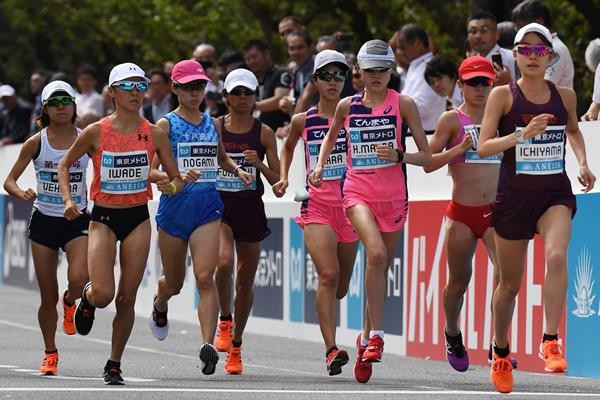
Even then, only the top two finishers are guaranteed a spot on Japan’s Olympic team. The third-place finishers are given a provisional place, but if another Japanese man runs 2:05:50 (the Japanese record) or a woman clocks 2:22:23, they can be given the third spot instead.
Fittingly, both races were not short on drama. Yuta Shitara, who broke the Japanese half-marathon record with 1:00:17 in 2017 and followed it with a since-bettered Asian record of 2:06:11 in Tokyo in February 2018, had promised before the race that he was going to set off fast and he stayed true to his word.
The 27-year-old shot into the lead, covering the first 5km in 14:56 and reaching 10km in 29:52. By the time he reached 15 kilometres (44:59), his lead had grown to more than two minutes. Shitara reached the half-way point in 1:03:27 while the four-man chase pack – comprising Kengo Suzuki, Shogo Nakamura, Yuma Hattori and national record-holder Suguru Osako – followed in 1:05:28, showing Shitara’s lead was already starting to dwindle.
The chasing pack grew to seven men at 30km. Shitara continued to lead, but his margin had reduced to 77 seconds. Two more men caught up with the chasers over the next five kilometres, reaching 35km in 1:49:12, and Shitara was now in sight, just 35 seconds in front after covering that five-kilometre section in 16:57.
The inevitable happened two kilometres later as the chase pack breezed past Shitara at the drinks station. With eight men now in contention, Ryo Hashimoto pushed the pace and was followed by Osako, Nakamura and Hattori.
Nakamura was the next to make a move and opened up a few seconds on Hattori and Osako at 40km with Hashimoto dropping back. But with 28 seconds separating the top seven men and little more than two kilometres remaining, the race was far from over. Hattori briefly dropped Osako, but they regrouped moments later and appeared to make up ground on Nakamura. Osako managed to bridge the gap to Nakamura but had nothing left as Nakamura pulled away in the closing stages to win by eight seconds, crossing the line in 2:11:28.
First place may have been decided but the race for Olympic team places wasn’t over. Hattori caught a struggling Osako before the line to take second place in 2:11:36. Osako finished third in 2:11:41. Shohei Otsuka, fourth in 2:11:58, was the only other finisher inside 2:12. Long-time leader Shitara eventually finished 14th in 2:16:09.
The women’s race was effectively decided just before half way when Honami Maeda broke away from the pack.
Eight of the 10 women in the field had passed through 10km in 33:34 and five of them were still together at 15km. Maeda made her move just before 20km, which she passed in 1:07:27, two seconds ahead of two-time world finalist Ayuko Suzuki, who was contesting just her second marathon to date.
A 16:41 split for the next five-kilometre segment was enough to drop the last of Maeda’s pursuers and by 30km her lead had grown to 82 seconds. She continued to pull away from Suzuki over the final quarter of the race and went on to win convincingly in 2:25:15.
Suzuki had a comfortable 33-second margin over Rei Ohara at 40km, but she started to struggle during the last two kilometres. Ohara made up significant ground but couldn’t quite catch Suzuki before the line as Suzuki – the slowest qualifier for the MGC – claimed second place in 2:29:02 with Ohara taking third in 2:29:06. Mizuki Matsuda was fourth in 2:29:51.
(09/15/2019) ⚡AMPby IAAF
Tokyo 2020 Olympic Games
Fifty-six years after having organized the Olympic Games, the Japanese capital will be hosting a Summer edition for the second time, originally scheduled from July 24 to August 9, 2020, the games were postponed due to coronavirus outbreak, the postponed Tokyo Olympics will be held from July 23 to August 8 in 2021, according to the International Olympic Committee decision. ...
more...Ethiopian Birhane Dibaba Adugna was first woman at Copenhagen half marathon
The women’s race saw another clear victory with Birhane Dibaba Adugna of Ethiopia – winner of the 2018 Tokyo Marathon – crossing the finish line in 65:57 minutes, a massive improvement of her personal best.
Three Kenyans followed her pace for the first 15K, but at the closing stage, the best of these, Evaline Chrichir, was 25 seconds behind with Dorcas Jepchirchir Tuitoek coming in third in 66:36.
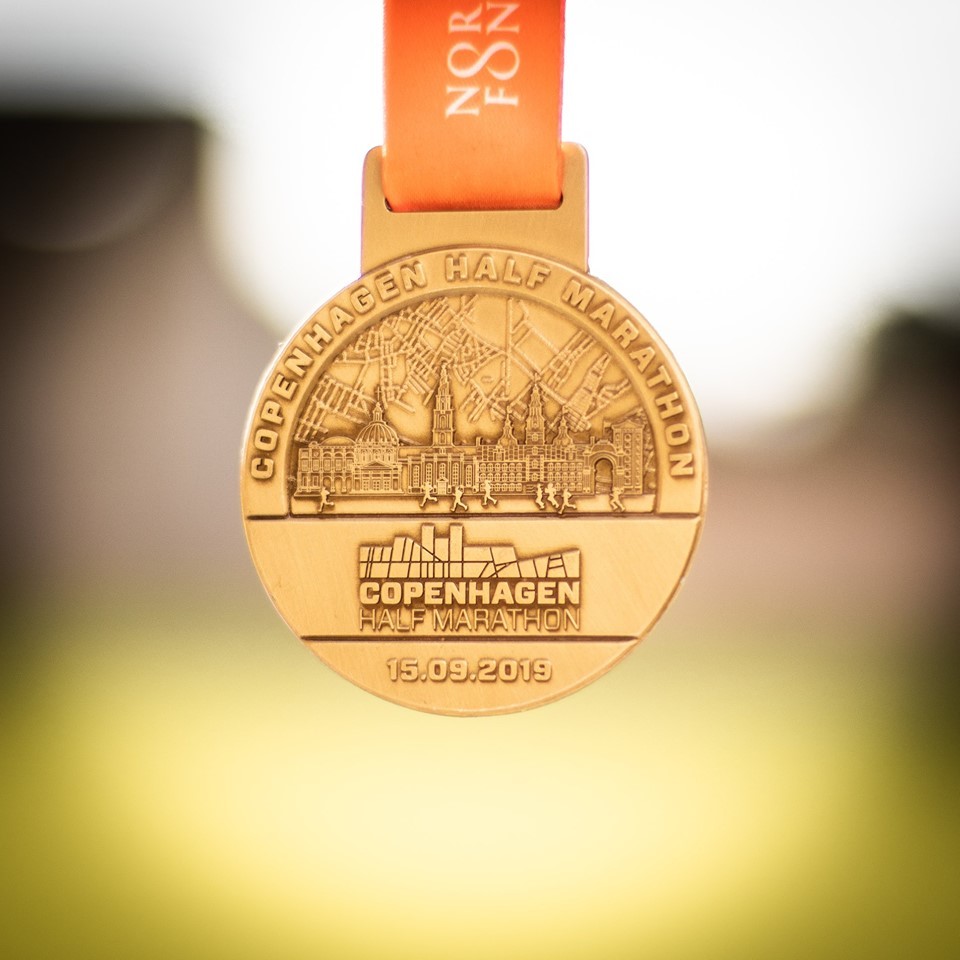
Copenhagen Half Marathon
The Copenhagen Half Marathon was the first road race in Scandinavia and is one of the fastest half marathons in the world. The Copenhagen Half Marathon has been awarded with the International Association of Athletics Federation's (IAAF) most distinguished recognition - the IAAF Road Race Gold Label. Copenhagen Half Marathon was awarded the IAAF Road Race Bronze Label in January...
more...Geoffrey Kamworor smashes the world record at Copenhagen Half Marathon clocking 58:01
With a stunning solo run at Sunday’s Copenhagen Half Marathon, Geoffrey Kamworor, set a new world record clocking 58:01 minutes.
Smashing the world record, 26-year-old Geoffrey Kamworor of Kenya bettered the previous record set by his compatriot Abraham Kiptum in Valencia last year with as much as 17 seconds.
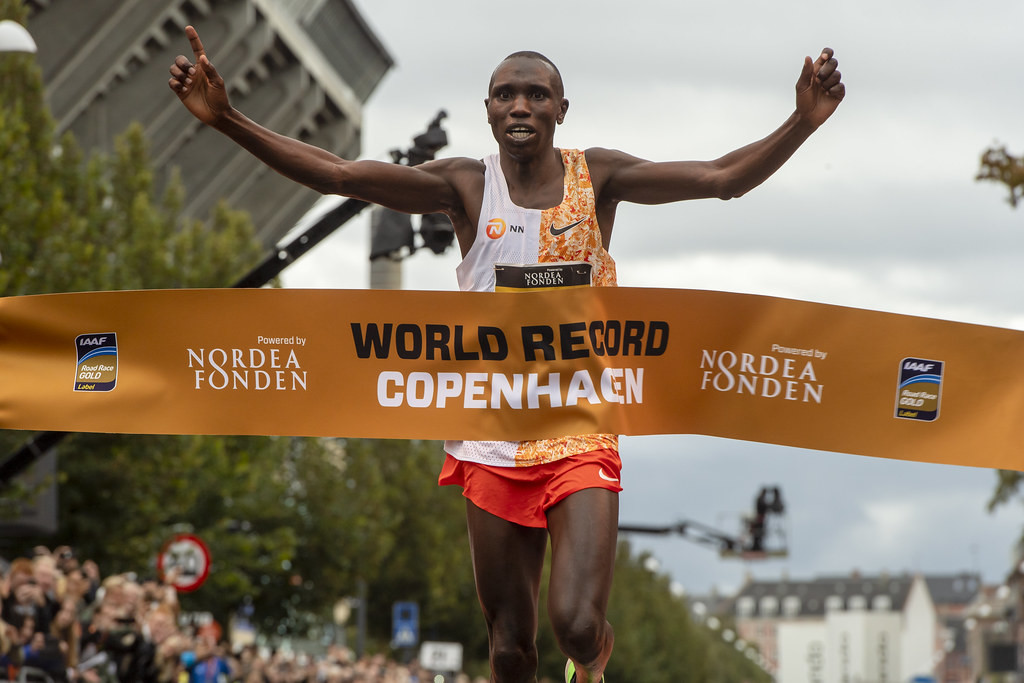
“It is very emotional for me to set this record. And doing it in Copenhagen, where I won my first world title, adds something to it,” the three-time World Half Marathon Champion Geoffrey Kamworor said after the race, which he won with a surprisingly large margin of 75 seconds ahead of another Kenyan, Benard Kipkorir Ngeno.
Having won the Kenyan trials at 10000 meters just a few weeks ago, Kamworor was indeed a clear favorite ahead of the race. However, with windy conditions in Copenhagen Sunday morning, not many had expected a world record.
Pacemaker Shadrack Koech led a large group through the first 5K in 13:53 minutes, but when he dropped out at 10K, a leading pack of five runners were now ahead of world record pace splitting in 27:34 minutes.
From now on it was all about Geoffrey Kamworor, who at 15K suddenly was 25 seconds ahead of the rest.
“It really wasn’t my plan to pull away after 10K, but it was the right time to do it. And the wind turned out not to be a problem,” Kamworor said after his world record, which was the first one to be set on Danish soil since 1972.
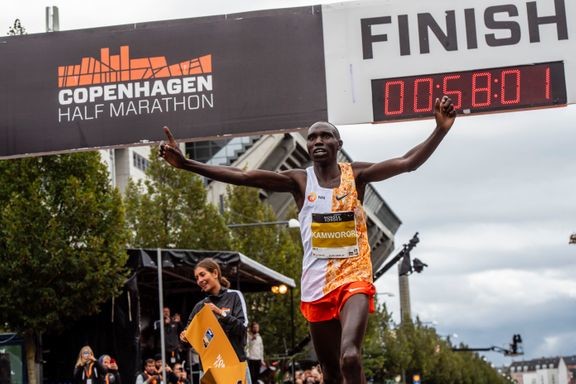
The first six finishers dipped under one hour.
Sondre Nordstad Moen had hoped to do that as well, but had to settle with 60:20. Taking a 9th place, the Norwegian became the first European male runner to finish in the top-10 in the history of the race.
(09/15/2019) ⚡AMPCopenhagen Half Marathon
The Copenhagen Half Marathon was the first road race in Scandinavia and is one of the fastest half marathons in the world. The Copenhagen Half Marathon has been awarded with the International Association of Athletics Federation's (IAAF) most distinguished recognition - the IAAF Road Race Gold Label. Copenhagen Half Marathon was awarded the IAAF Road Race Bronze Label in January...
more...Course records smashed Sunday morning at the Sydney Marathon
Felix Kiprotich and Stellah Barsosio have smashed the men's and women's marathon course records at the Sydney Running Festival.
Pre-race favorite Kiprotich took almost a minute and a half off the men's record, becoming the first person to break 2:10 for the Sydney Marathon with a winning time of 2:09:49 as he breasted the tape at the Sydney Opera House forecourt.
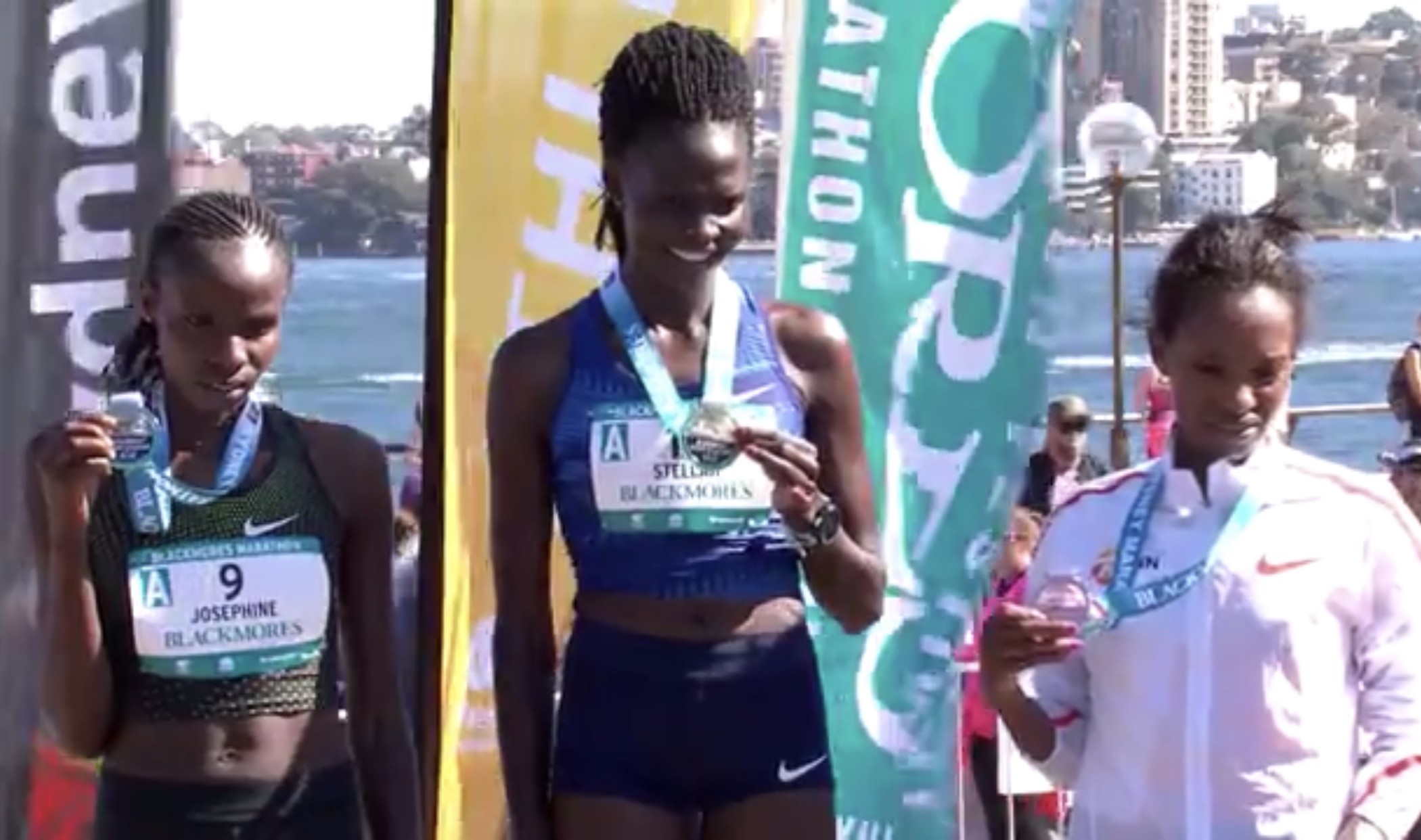
In a quick race in perfect conditions, second placed Michael Kunyuga and Japan's third-place finisher Saturo Sasaki also ran under the previous course record of 2:11:18, set by Gebo Burka in 2014.
Last year's winner Elijah Kemboi finished fourth in 2:13:55 - 42 seconds faster than his victorious time in 2018.
The women's record fell by even more, with Barsosio finishing alone in 2:24:33, which was good enough for eighth place overall.
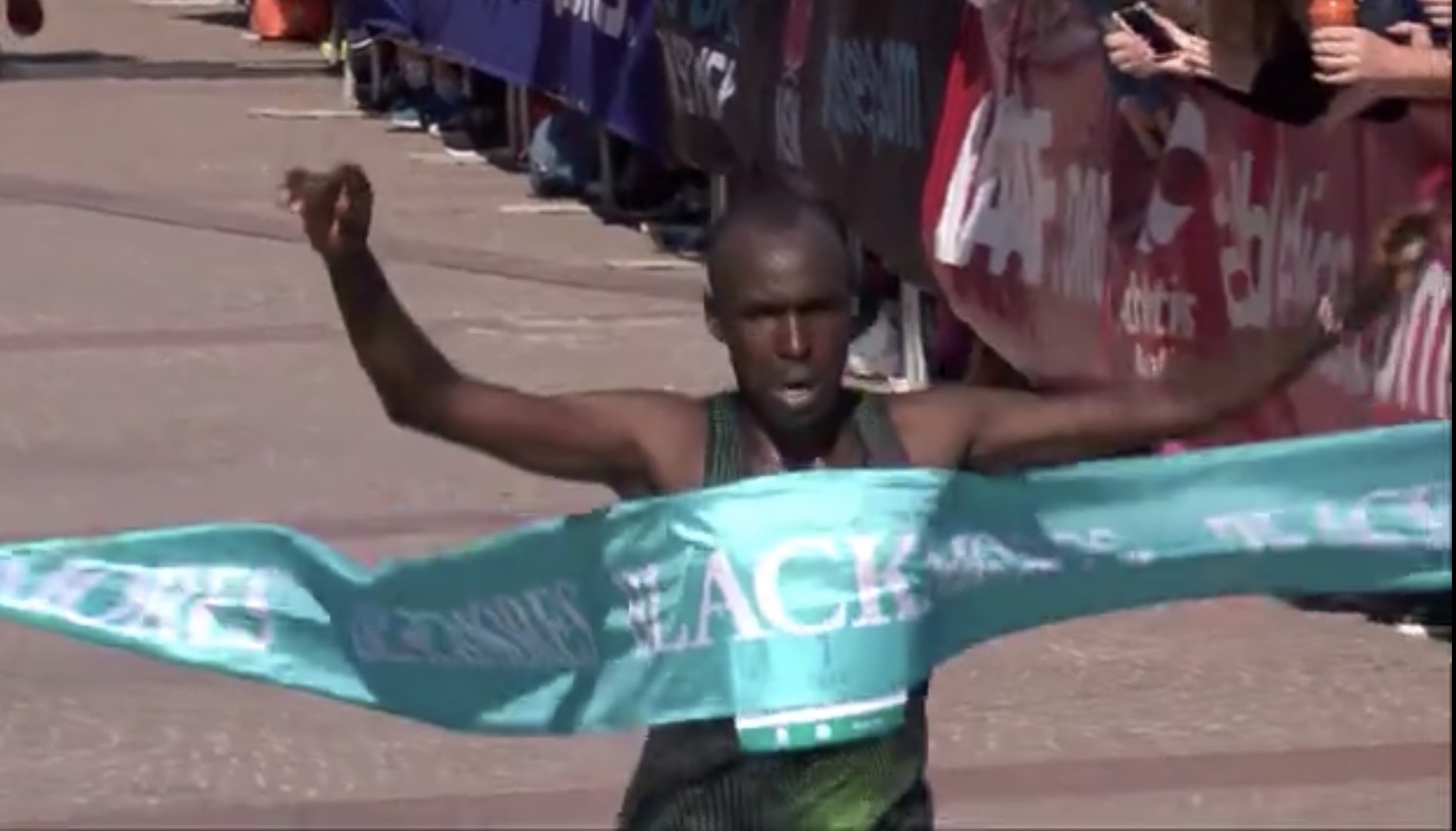
That's an incredible 3:33 faster than the previous record (2:28:06), set by Makda Harun in 2017.
Second placed woman Josephine Chepkoech also run under the previous record, finishing in 2:26:43, while the third placed woman - Tejitu Chalchissa - finished in 2:28:22.
In the half marathon, Ryota Komori won in 1:05:00, beating Thomas Do Canto by 32 seconds.
Belinda Martin won the women's half in 1:14:50, ahead of Rebecca Lowe in 1:17:04 and Karinna Fyfe in 1:18:09.
(09/14/2019) ⚡AMPSydney Marathon
The Sydney Marathon is a marathon held annually in Sydney, Australia. The event was first held in 2001 as a legacy of the 2000 Summer Olympics, which were held in Sydney. In addition to the marathon, a half marathon, 9 kilometres (5.6 mi) "Bridge Run", and a 3.5 kilometres (2.2 mi) "Family Fun Run" are also held under the banner...
more...Kenyan Lilian Kasait qualified for the World Championships
African Games 5,000m champion Lilian Kasait employed an explosive kick in the last 400m to win women's 5,000m race to qualify for the World Championships due September 27 to October 6 in Doha.
Kasait timed 15 minutes and 43.55 seconds to win beating former Africa 5,000m champion Margaret Chelimo to second place in 15:.46.65.
National champion Sheila Chelagat settled third to seal the last place in the 5,000m team.
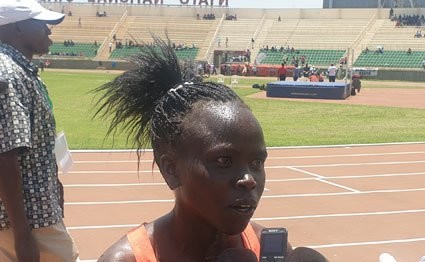
The trio will join defending World 5,000m champion Hellen Obiri in the race. Obiri, who is the Olympic 5,000m silver medallist, will double up in 10,000m.
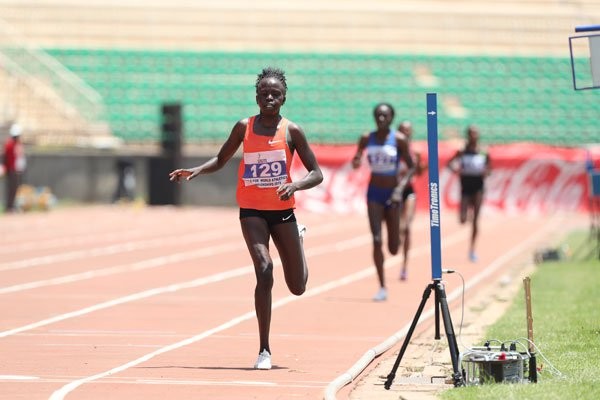
"I wanted to test my final kick in the last 400m and it came out well," said Kasait. "We have a strong team capable of defending the title."
Kasait, the 2017 World Cross Country bronze medallist, will be making her maiden appearance at the World Championships.
Chelimo, who will be making her second appearance at the World event, promised to make the podium in Doha after finishing fifth in 2017 London event.
(09/14/2019) ⚡AMPIAAF World Athletics Championships Doha
The seventeenth edition of the IAAF World Championships is scheduled to be held between 27 September and 6 October 2019 in Doha, Qatar at the renovated multi-purpose Khalifa International Stadium. Doha overcame bids from Eugene, USA, and Barcelona, Spain to be granted the rights to host the 2019 IAAF World Championships in Athletics. Having hosted the IAAF Diamond League, formerly...
more...Geoffrey Kamworor, a three-time half marathon world champion, arrives in Denmark for Copenhagen half marathon
Geoffrey Kamworor, a three-time half marathon world champion, is in the Danish capital to compete in Sunday’s CPH Half running event.
The three-time half marathon world champion will be at the front of the pack as 25,000 elite and amateur runners take to the streets of the city for Sunday’s sold-out 21.095-meter race.
In the women’s section, Peres Jepchichir, a 2016 World Half Marathon title winner and former world record holder, is likely to lead the field.
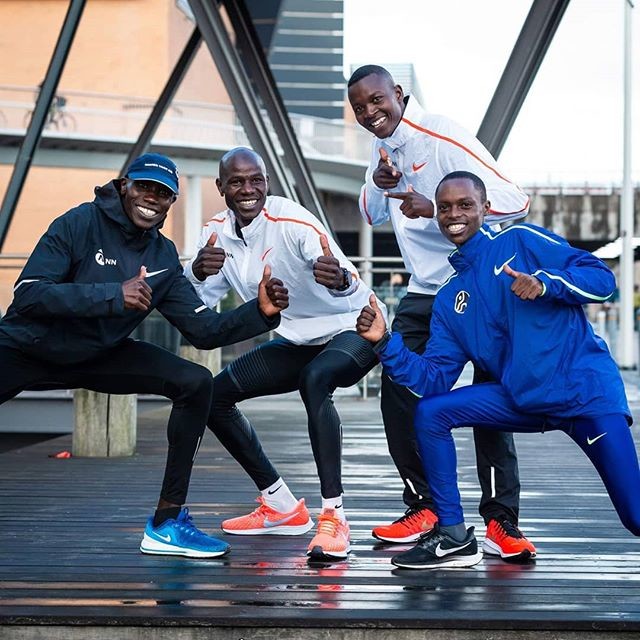
Established in 2015, Copenhagen’s half marathon – officially named CPH Half – has become an attractive proposition for elite runners due to its potential for logging a fast time.
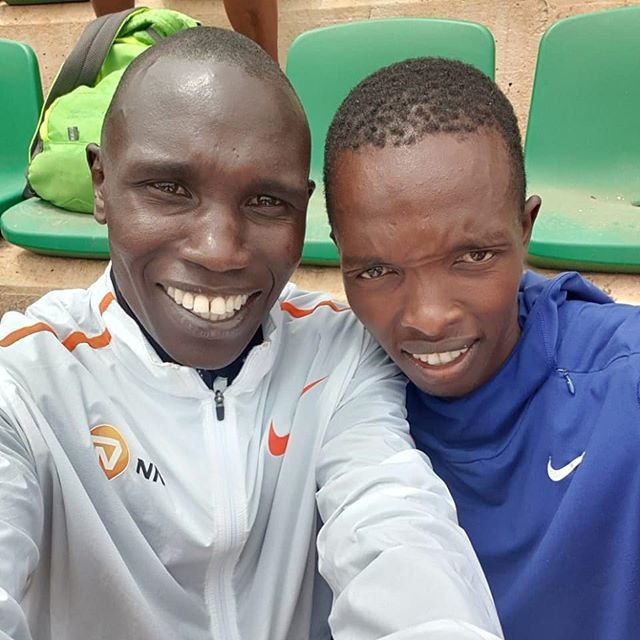
The current women’s European record for the half marathon was set at the 2018 CPH Half, as Sifan Hassan of the Netherlands ran 1:05:11.
One of Kamworor’s own previous world championship wins came at the IAAF World Half Marathon Championships in Copenhagen in 2014.
Favorable climate and a flat course with few sharp bends are among the factors that can help leading athletes and hobby runners alike to aim for personal best times.
This weekend’s weather looks set to be dry with temperatures of around 16 degrees Celsius, according to DMI’s latest prognosis.
Moderate winds could add to the challenge for runners taking on the 21 kilometers through the city, however.
Weather conditions are unlikely to impact the race as badly as the infamous 2017 edition of the event, when a torrential downpour resulted in organizers being forced to close the race early, meaning many were unable to complete the distance.
(09/14/2019) ⚡AMPCopenhagen Half Marathon
The Copenhagen Half Marathon was the first road race in Scandinavia and is one of the fastest half marathons in the world. The Copenhagen Half Marathon has been awarded with the International Association of Athletics Federation's (IAAF) most distinguished recognition - the IAAF Road Race Gold Label. Copenhagen Half Marathon was awarded the IAAF Road Race Bronze Label in January...
more...2020 U.S. Olympic Team Trials Marathon, registration now open
Qualified athletes may now register for the 2020 U.S. Olympic Team Trials – Marathon, to be held on February 29 in Atlanta, Georgia, USATF and Atlanta Track Club announced today.
Registration closes January 22, 2020 at 11:59 p.m. PT.
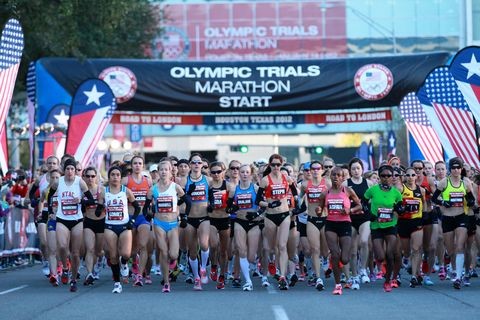
About Atlanta Track Club .- Atlanta Track Club is a nonprofit committed to creating an active and healthy Atlanta. Through running and walking, Atlanta Track Club motivates, inspires and engages the community to enjoy a healthier lifestyle.
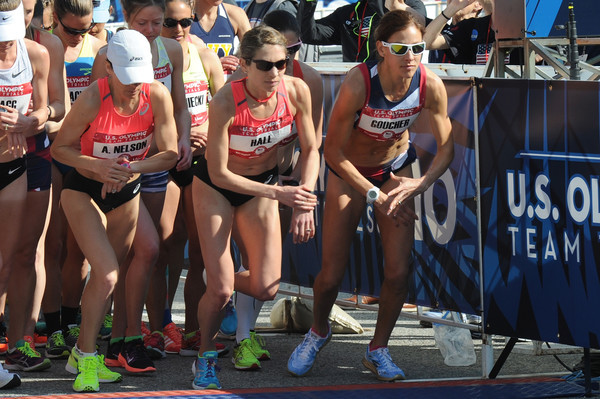
With more than 30,000 members, Atlanta Track Club is the second largest running organization in the United States. In addition to the AJC Peachtree Road Race (peachtreeroadrace.org) – the largest 10K running event in the world, the Publix Atlanta Marathon, PNC Atlanta 10 Miler and Invesco QQQ Thanksgiving Day Half Marathon, Atlanta Track Club directs more than 30 events per year.
Through the support of its members and volunteers, Atlanta Track Club also maintains a number of community initiatives including organizing and promoting the Kilometer Kids youth running program to metro Atlanta youth, honoring high school cross country and track and field athletes through Atlanta Track Club’s All-Metro Banquets and supporting the Grady Bicycle EMT program.
(09/13/2019) ⚡AMP
2024 US Olympic Trials Marathon
Most countries around the world use a selection committee to choose their Olympic Team Members, but not the USA. Prior to 1968, a series of races were used to select the USA Olympic Marathon team, but beginning in 1968 the format was changed to a single race on a single day with the top three finishers selected to be part...
more...

